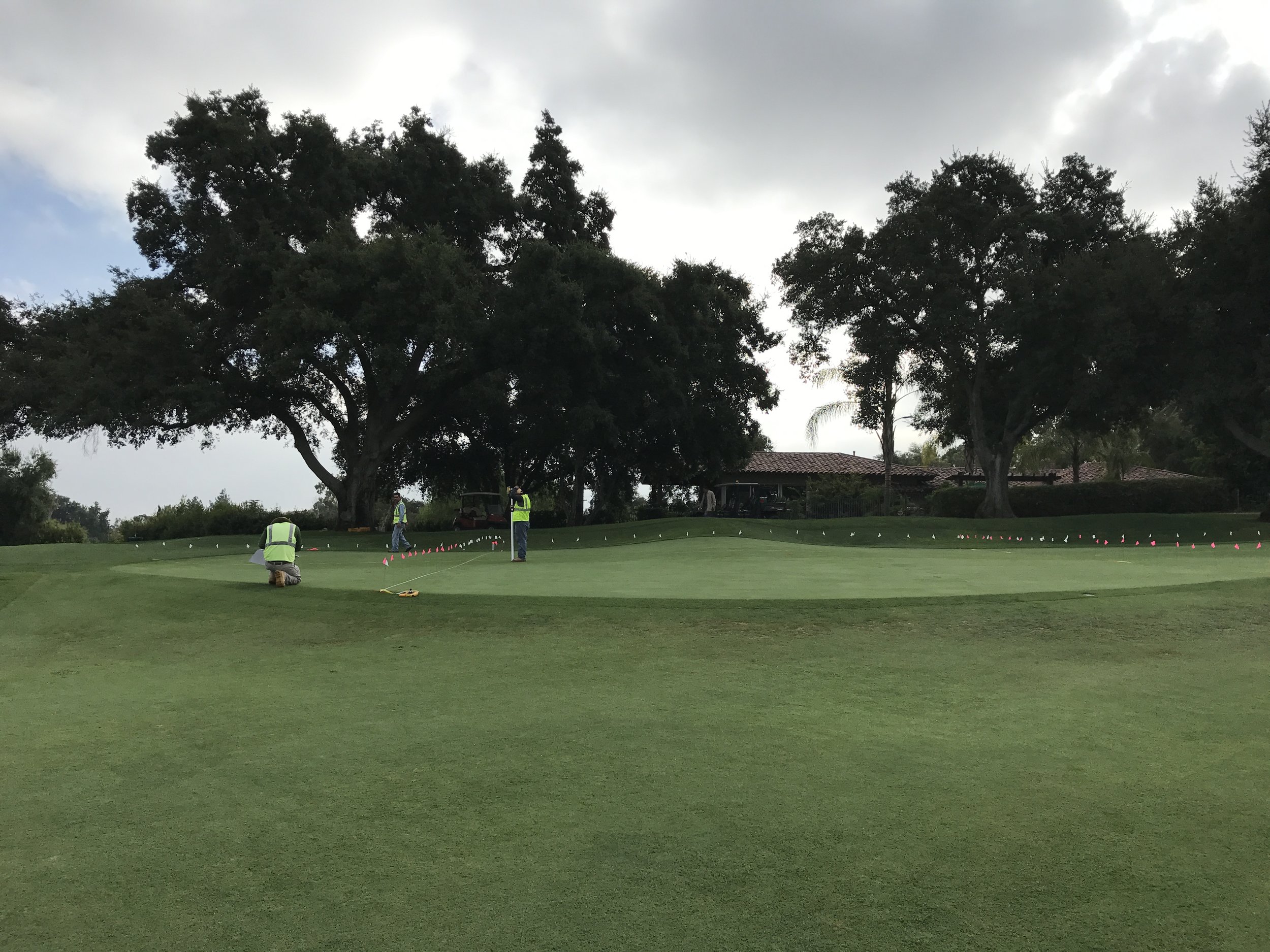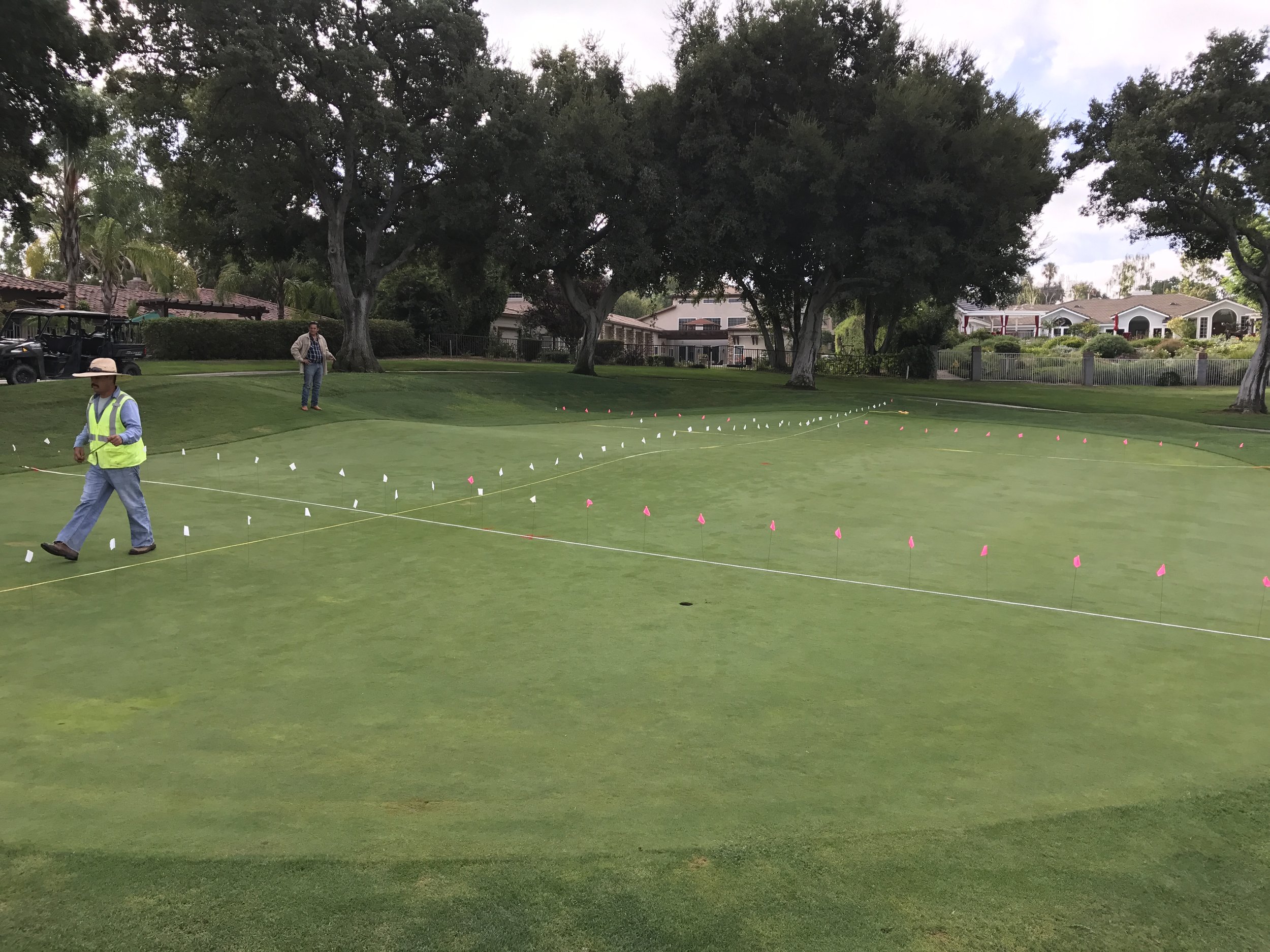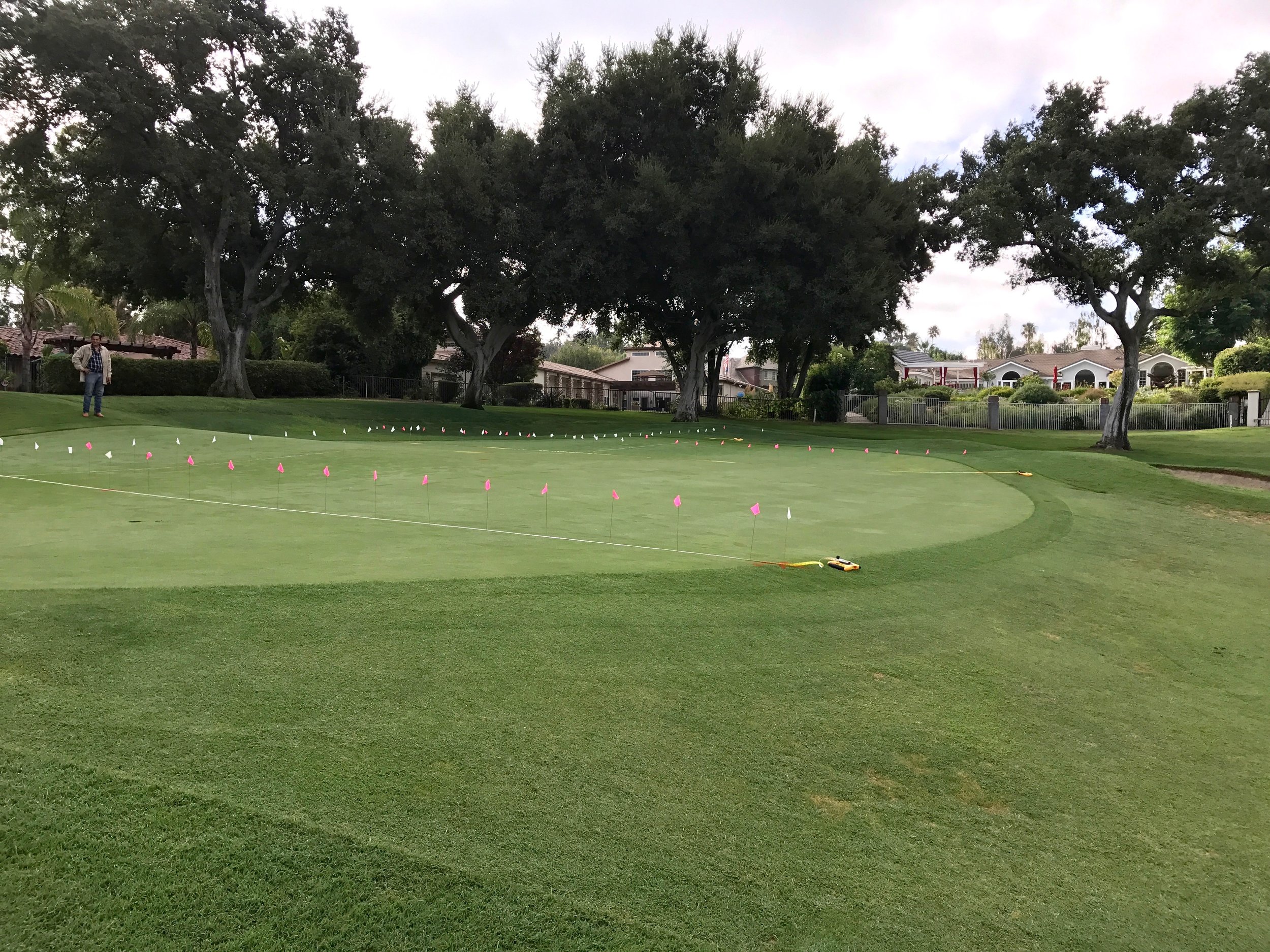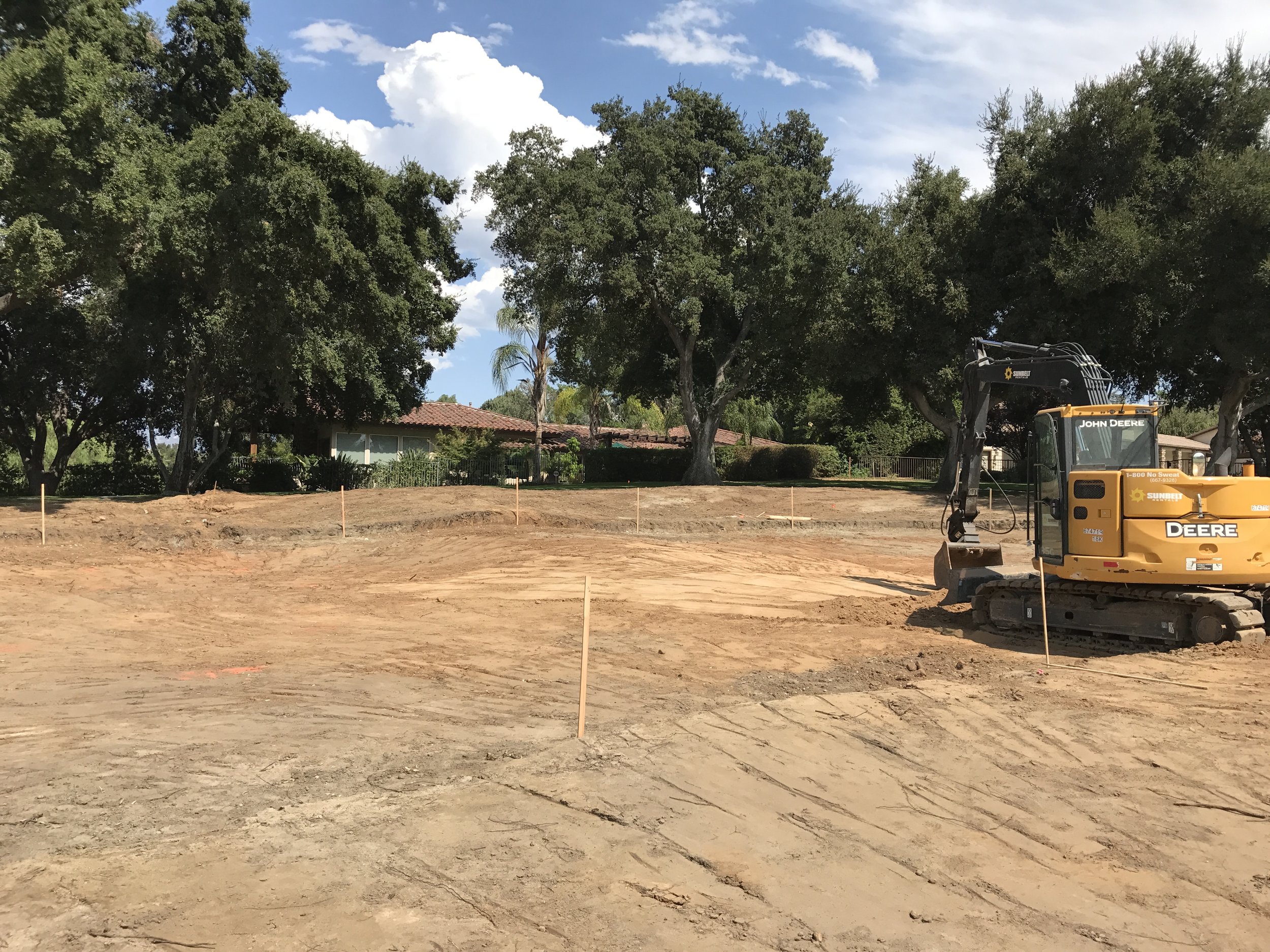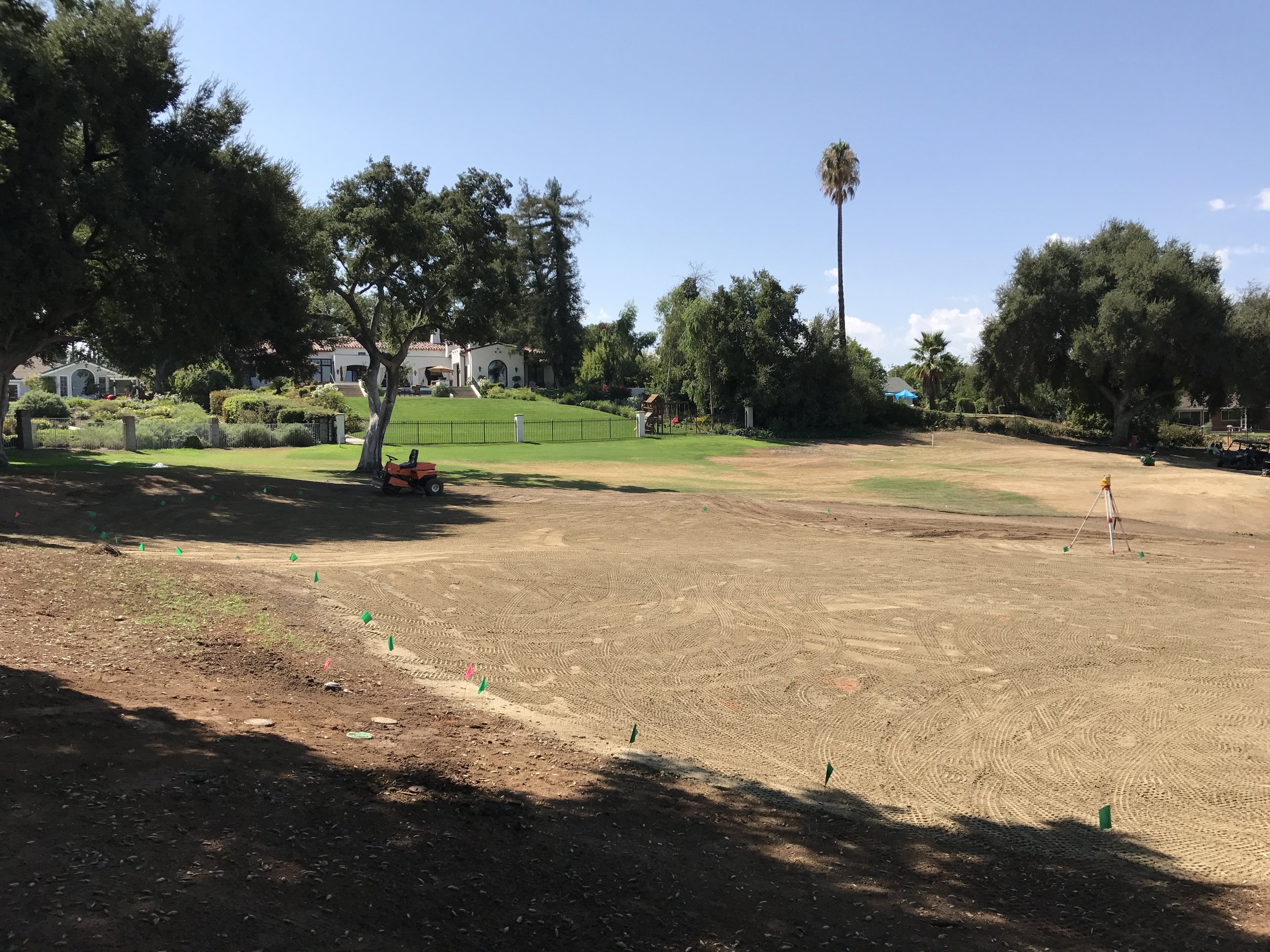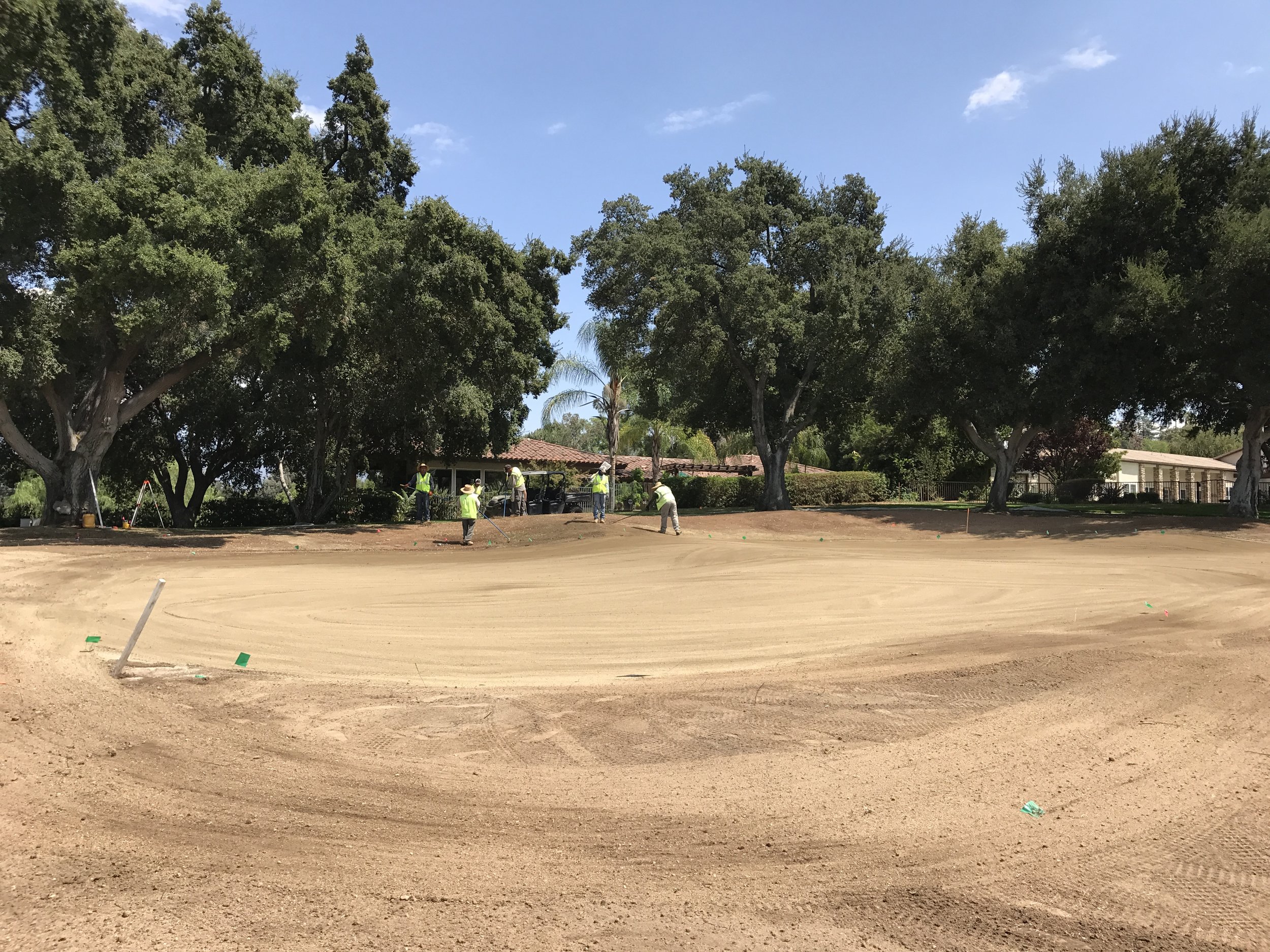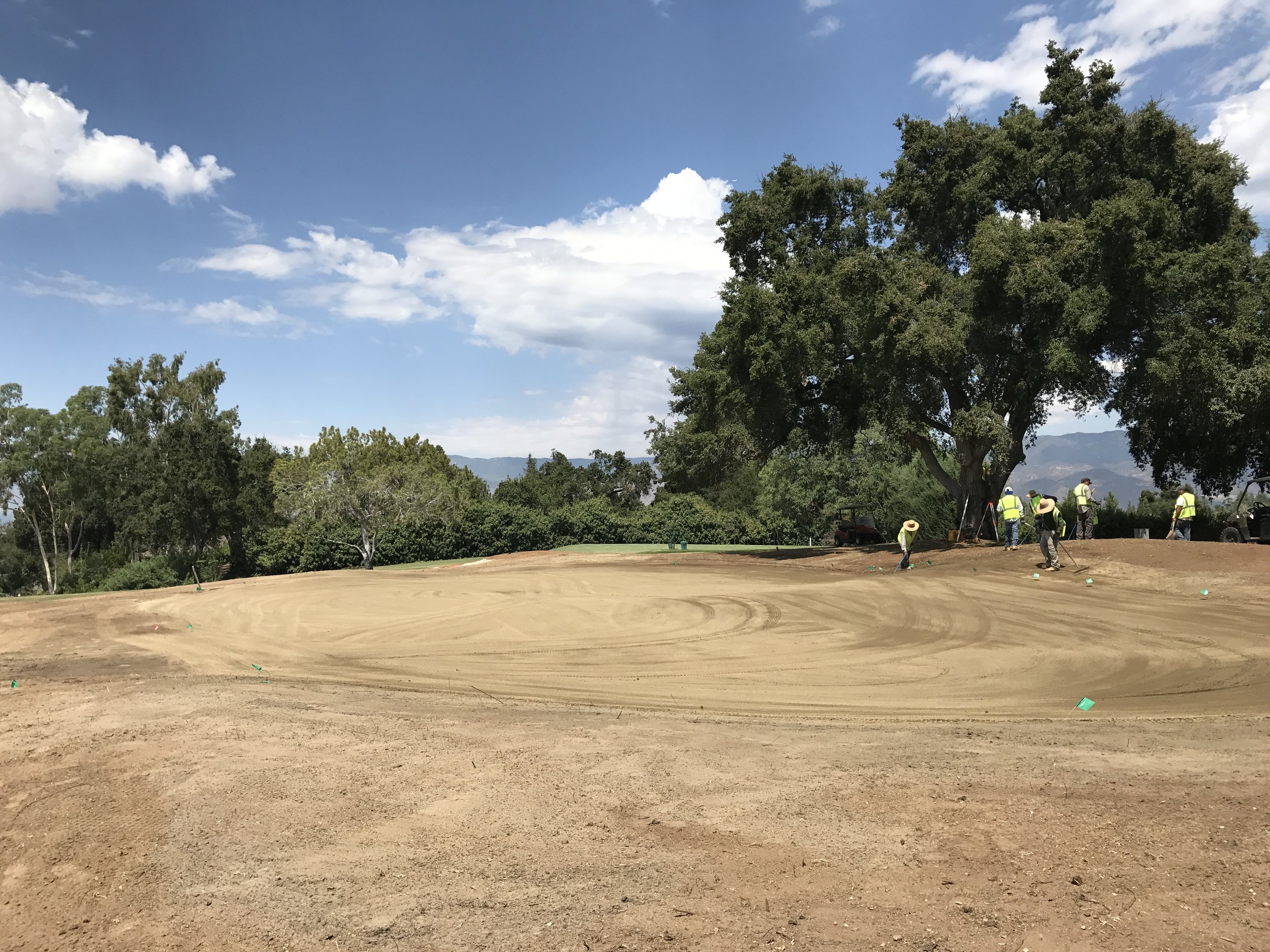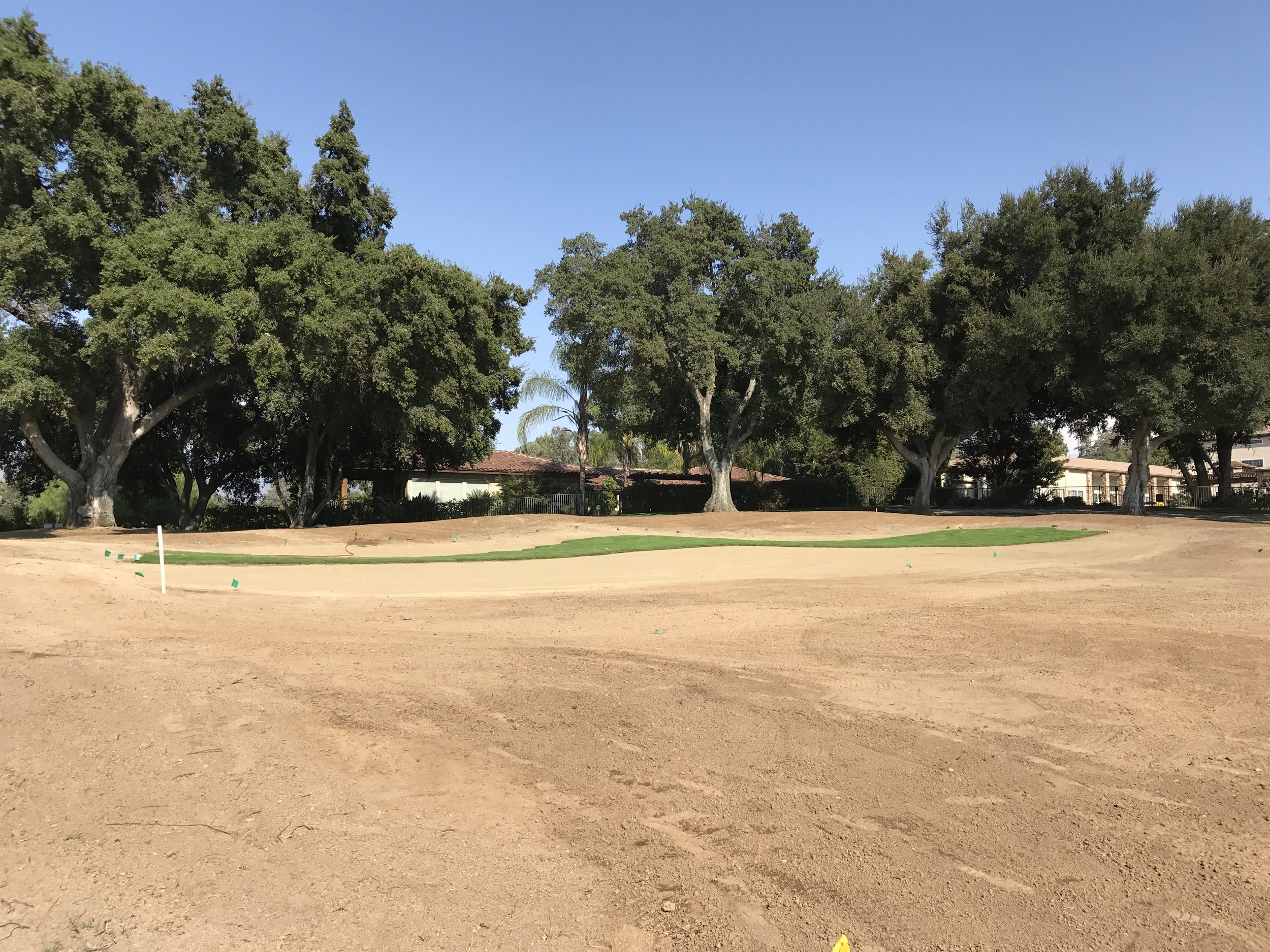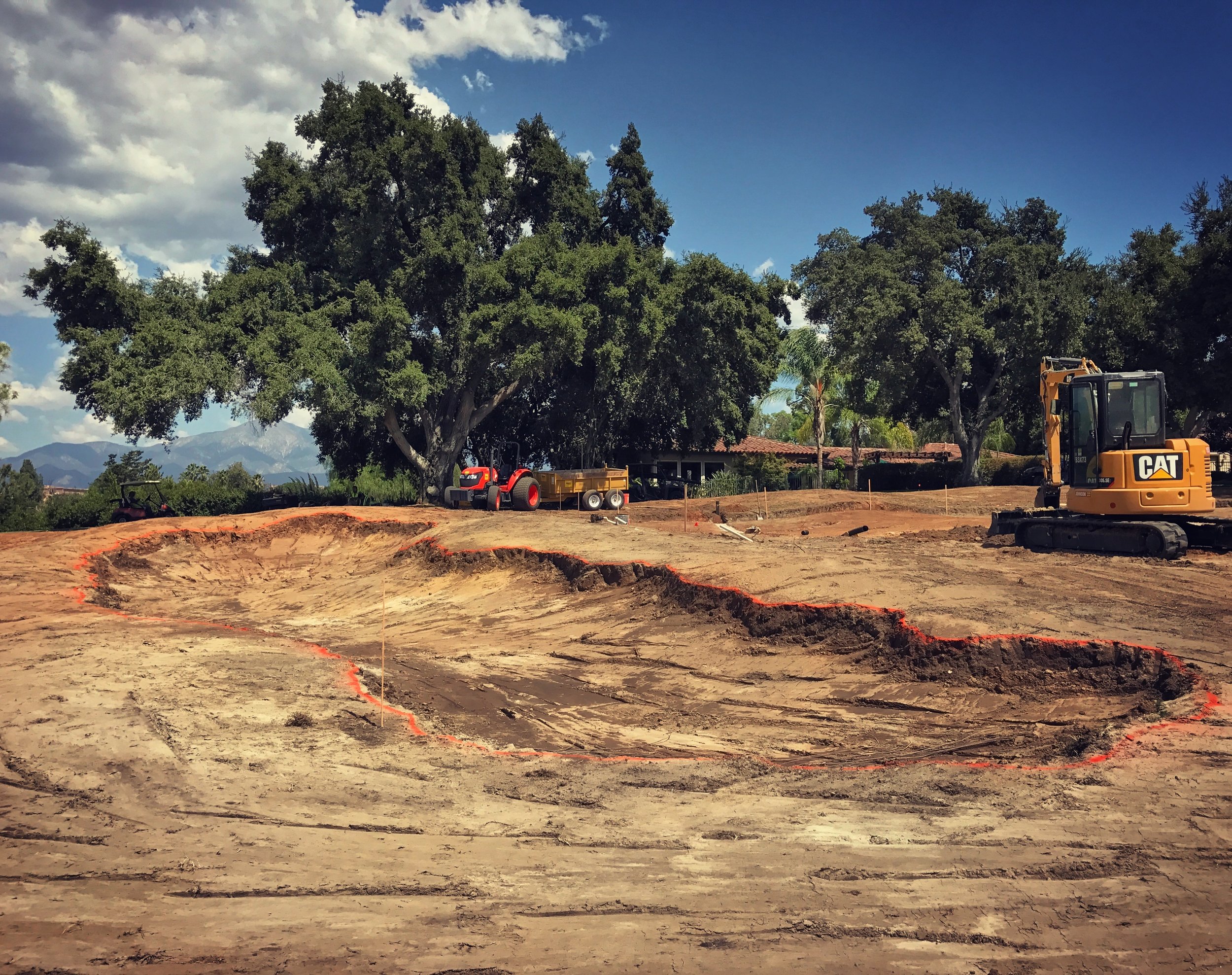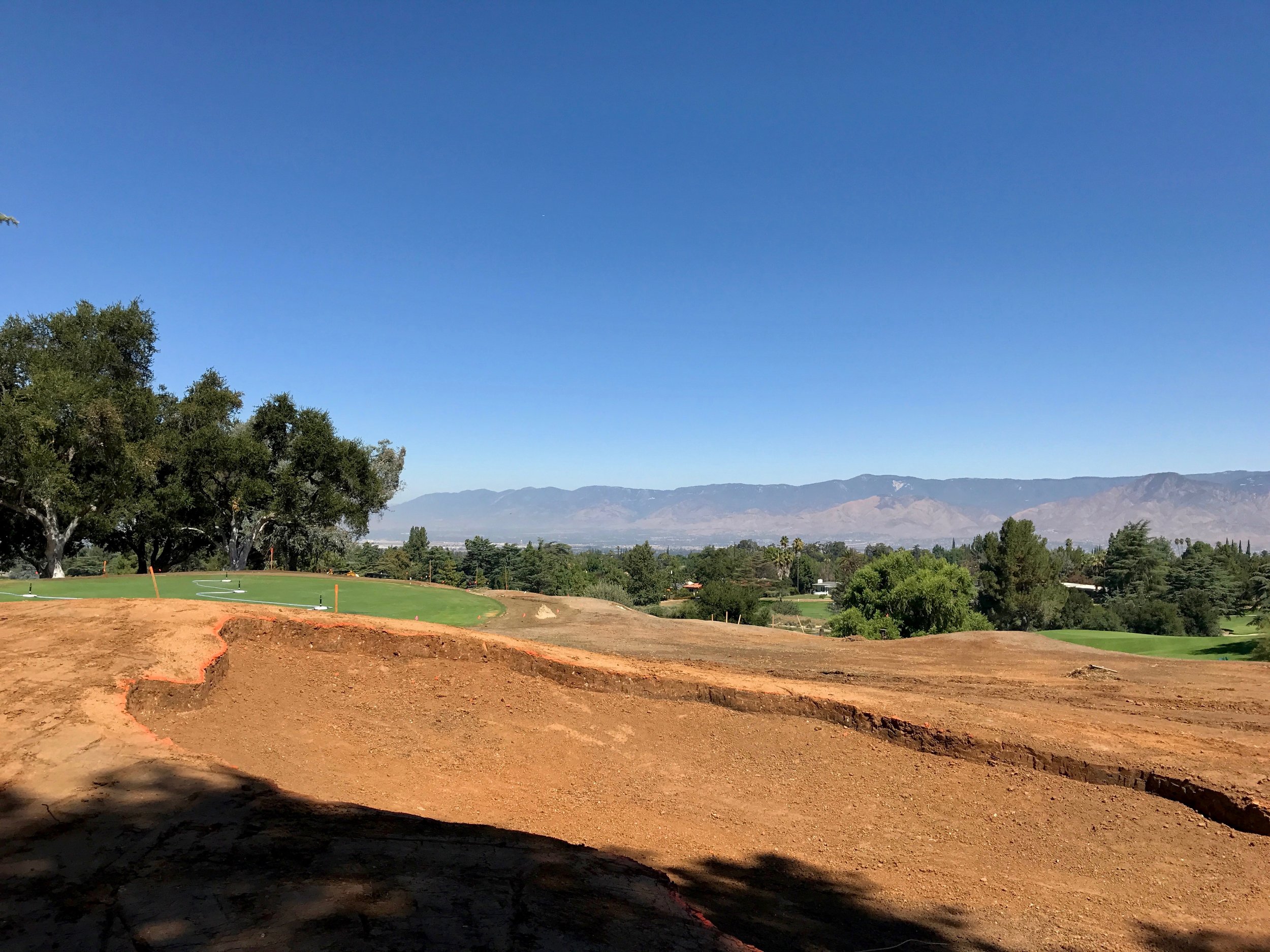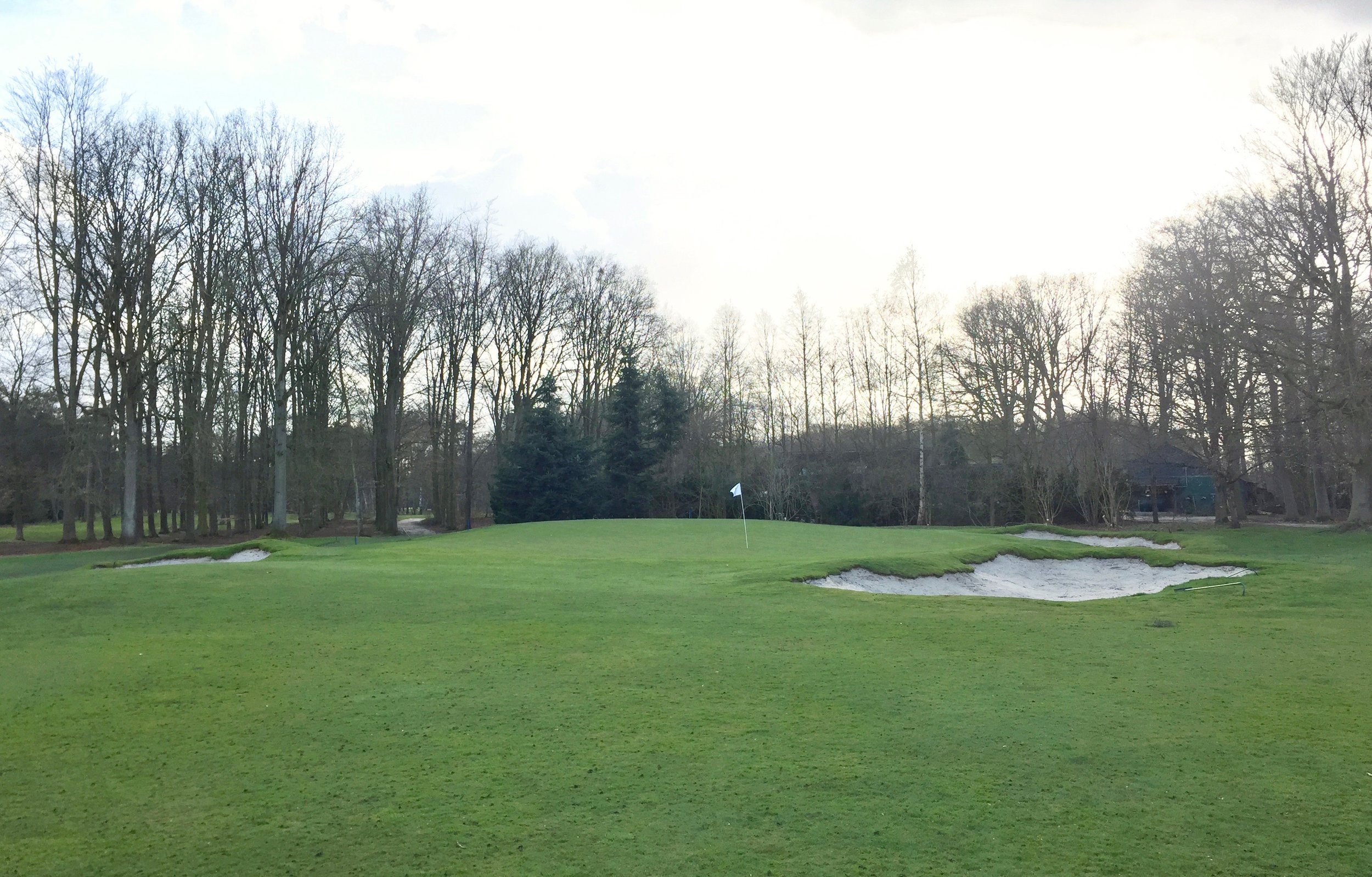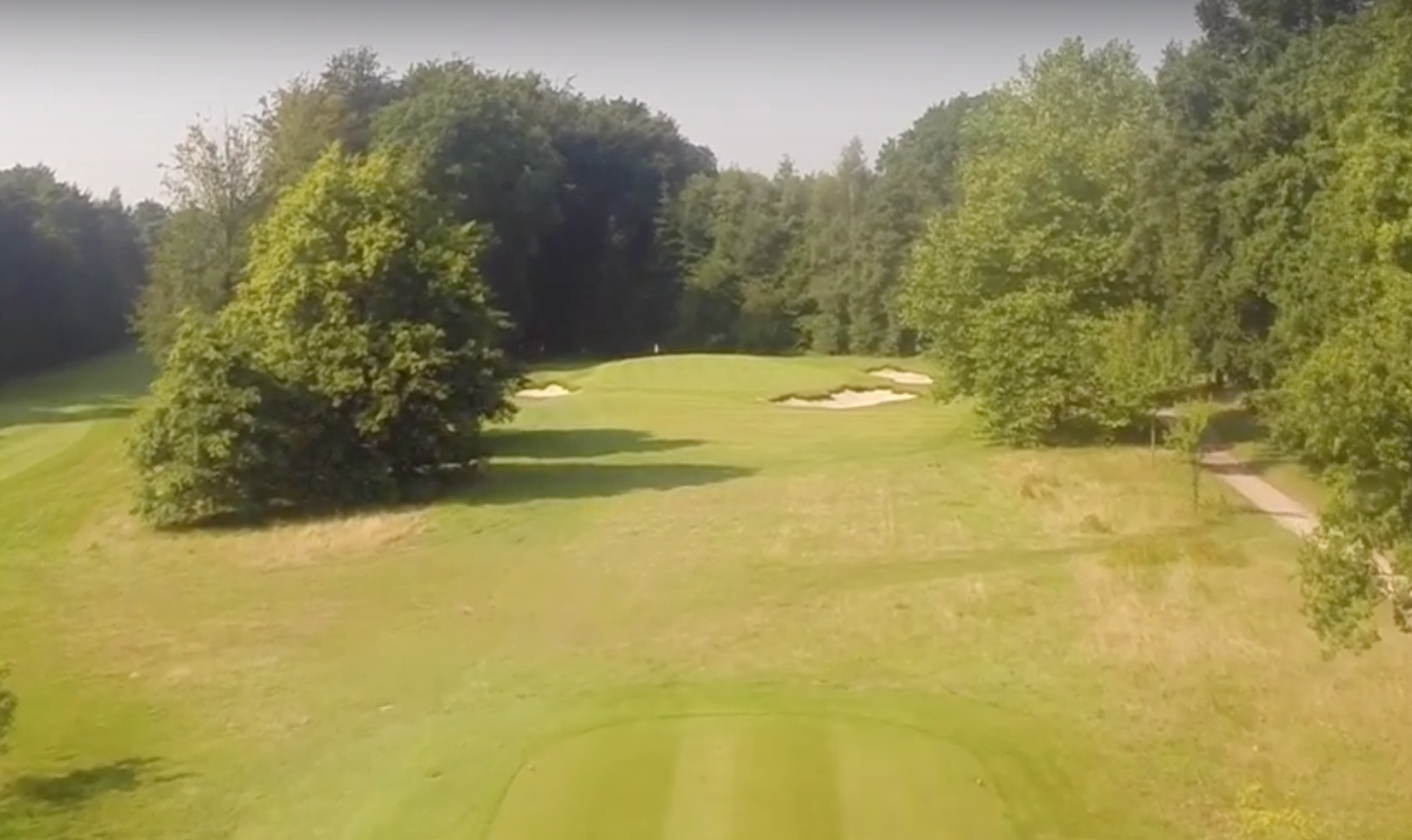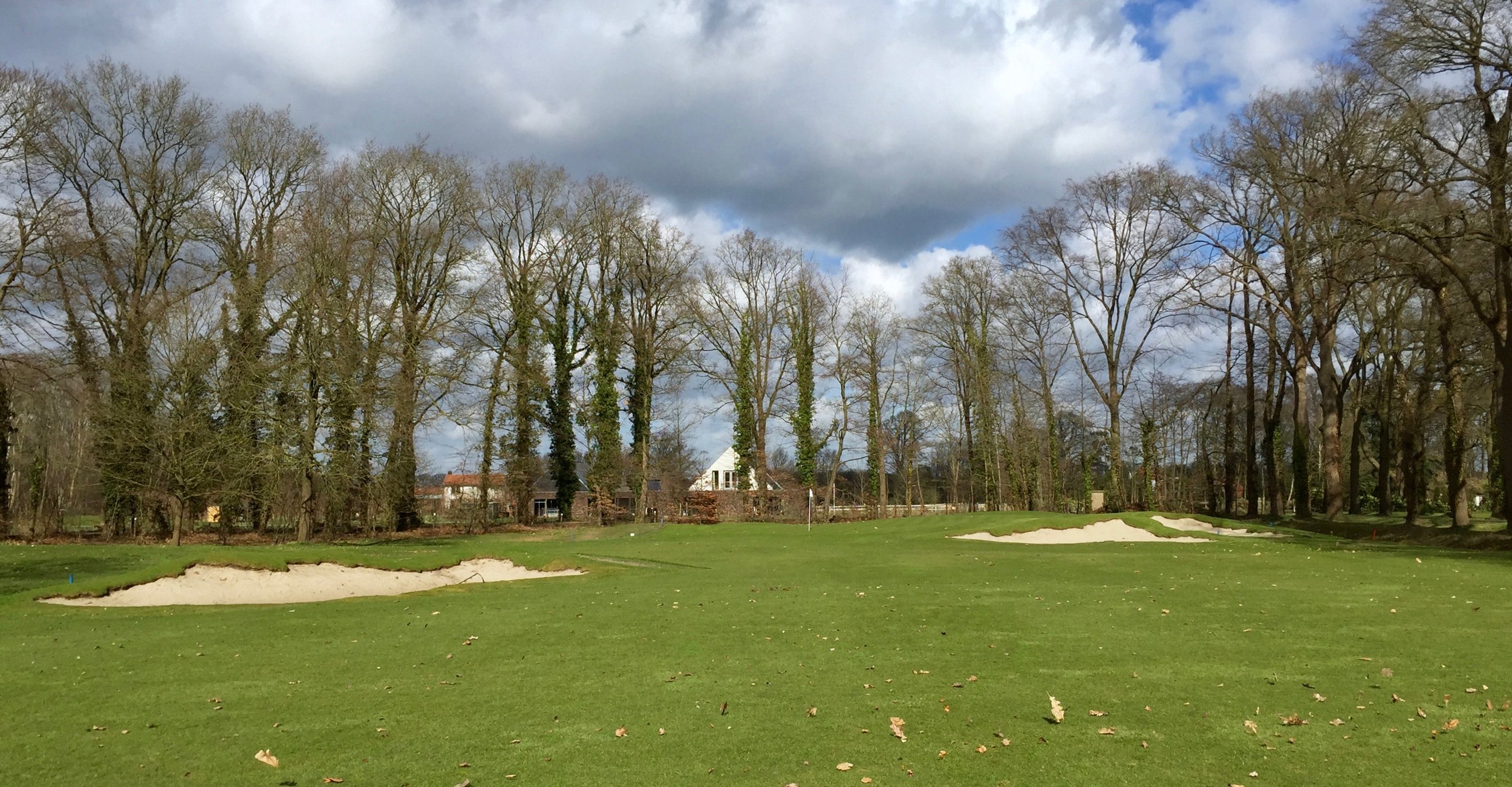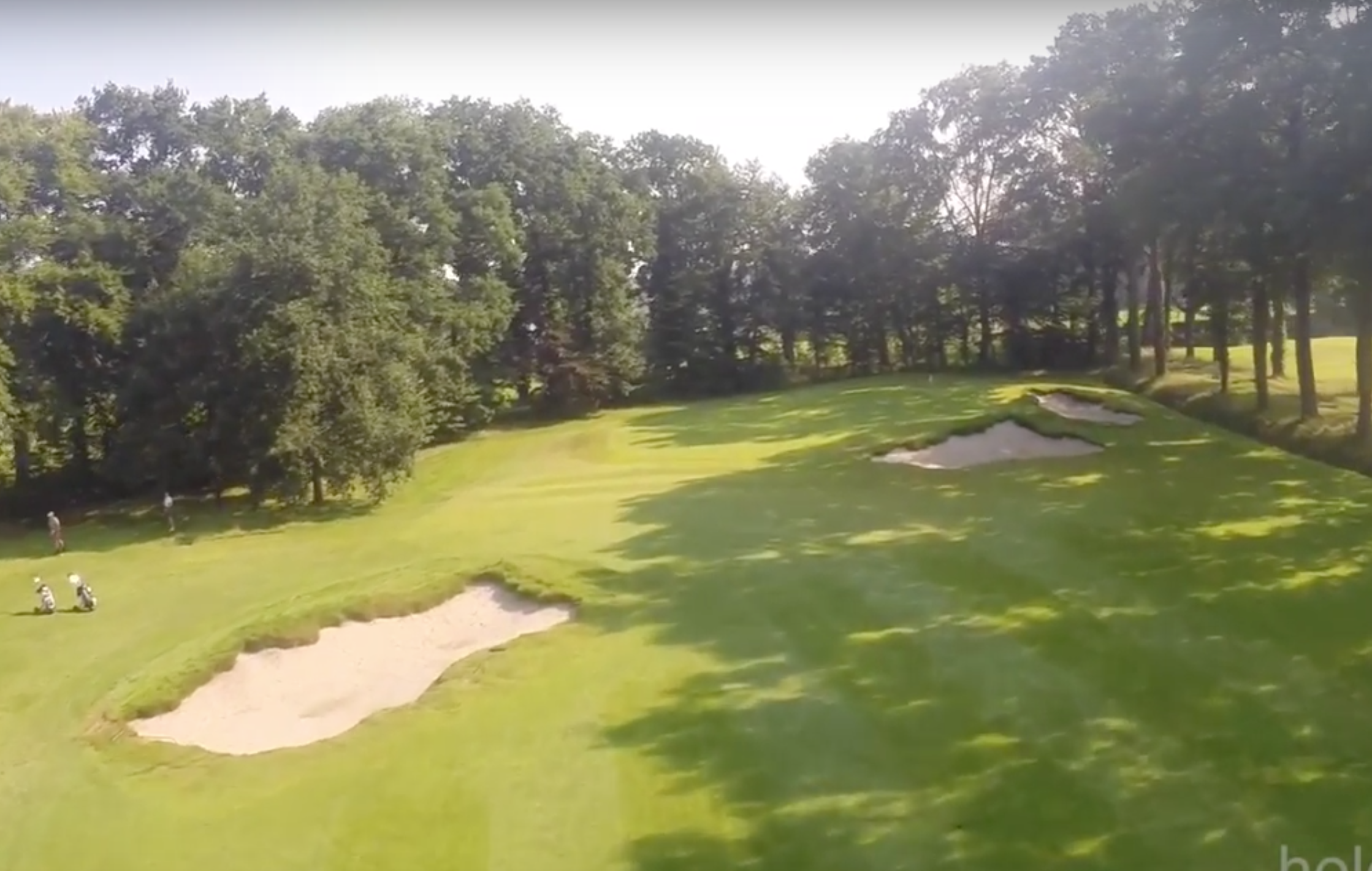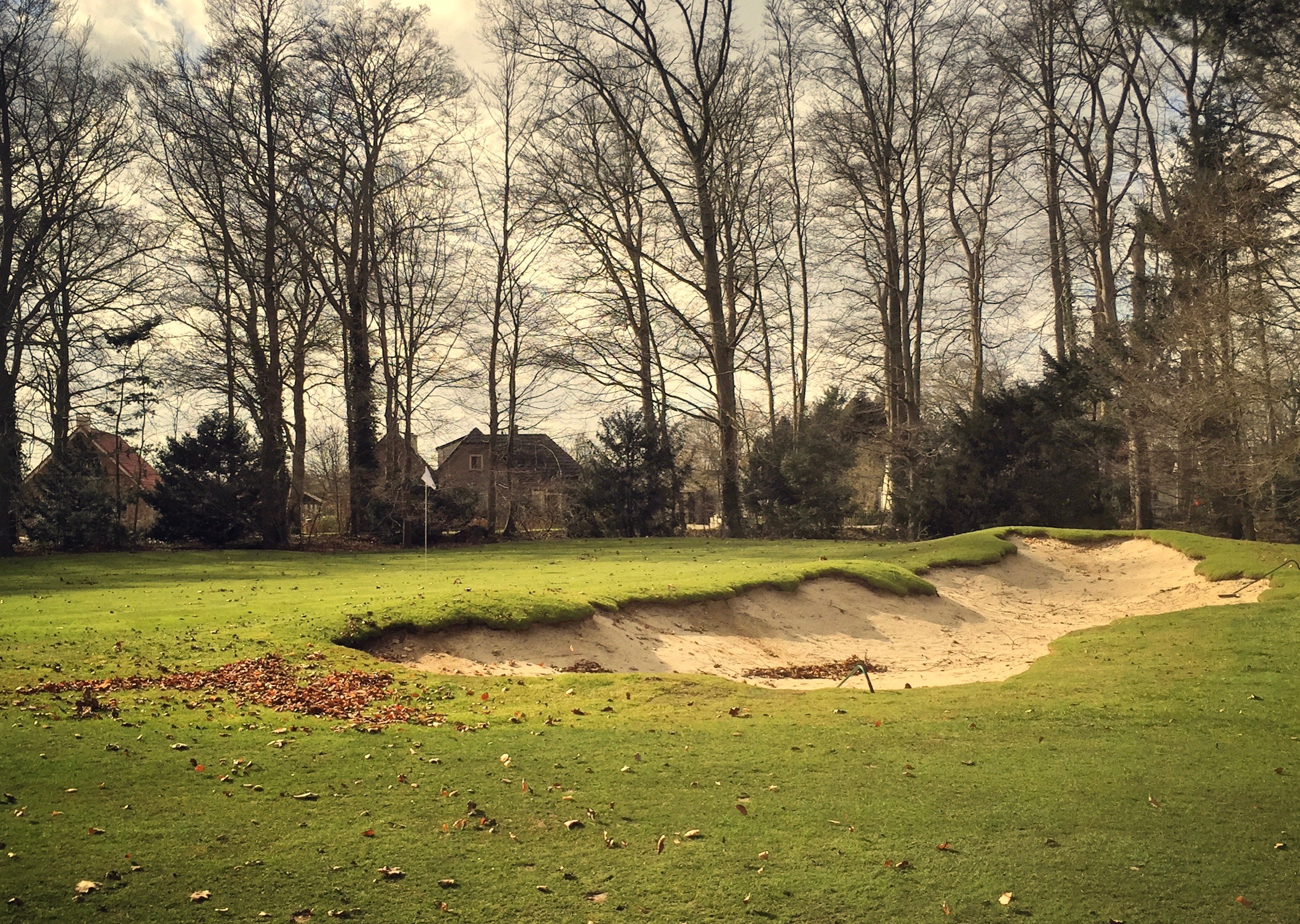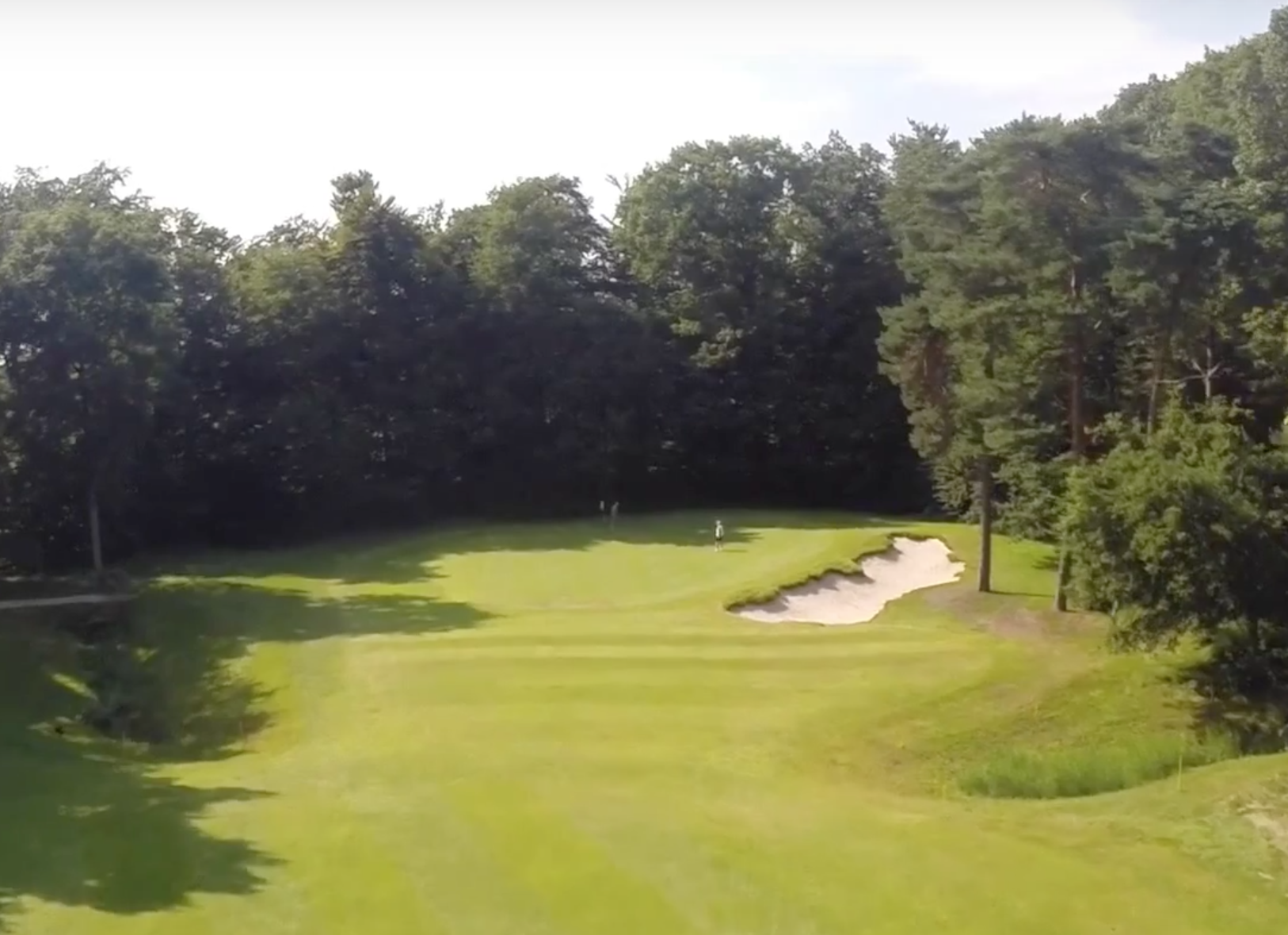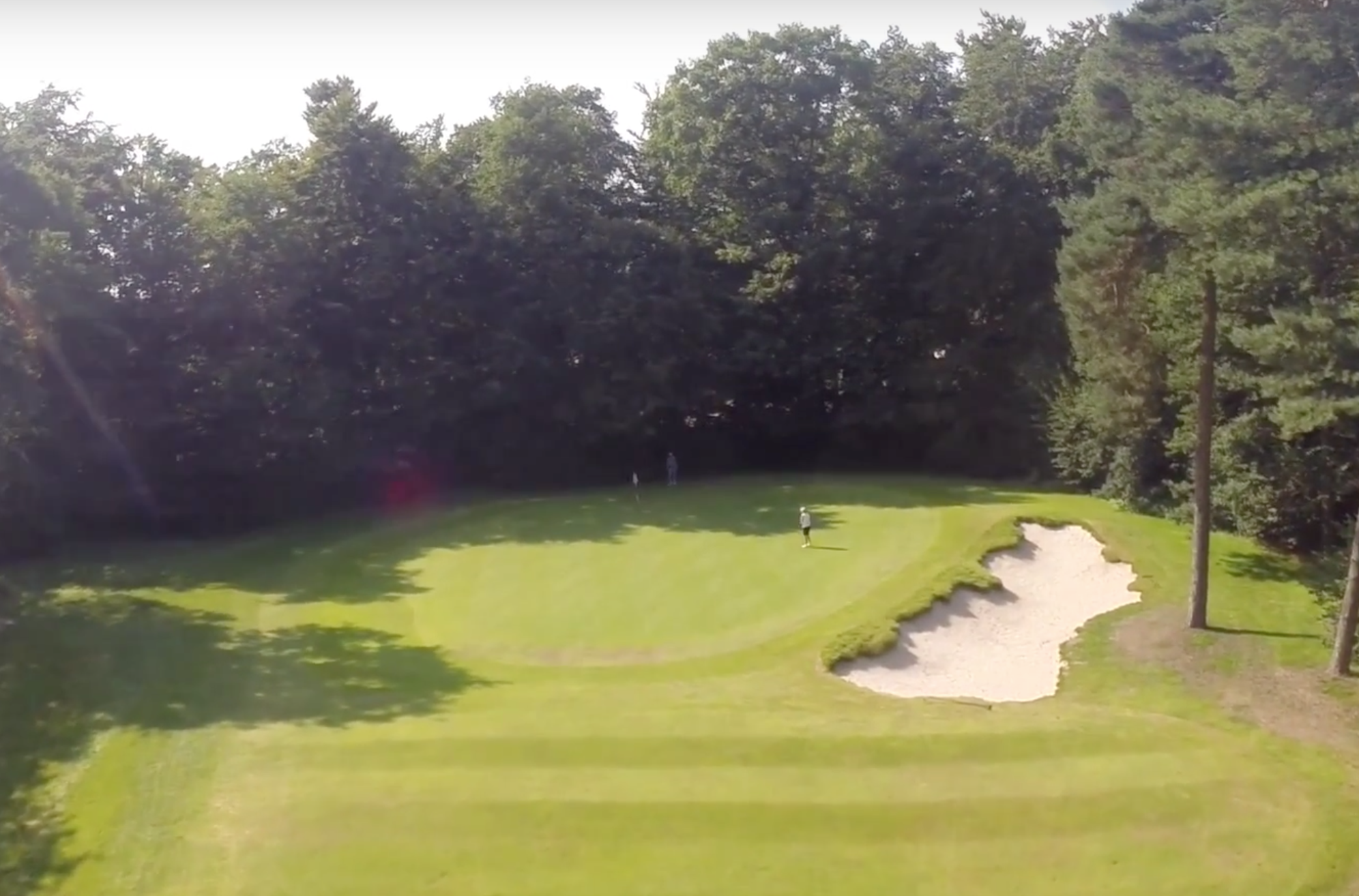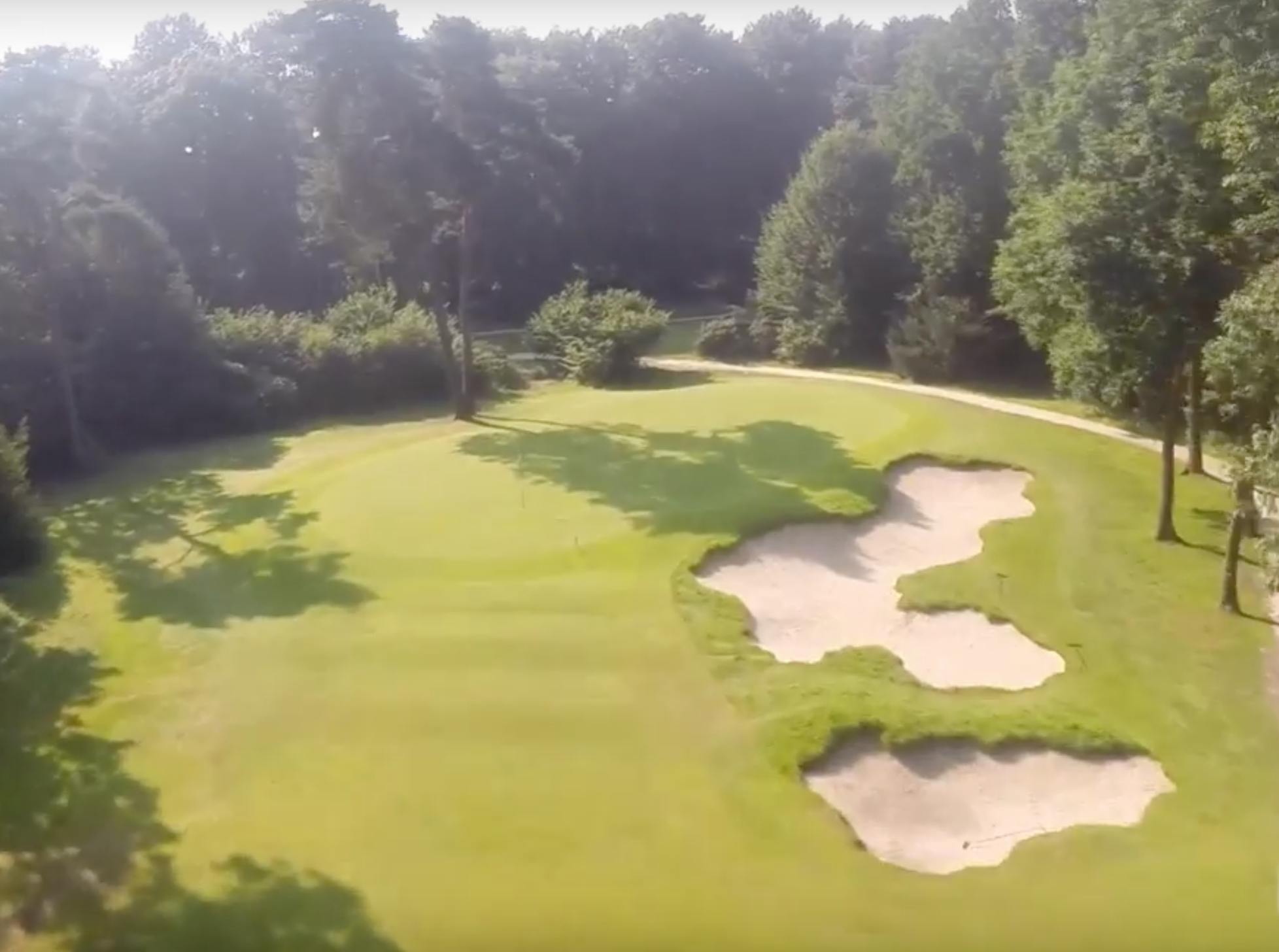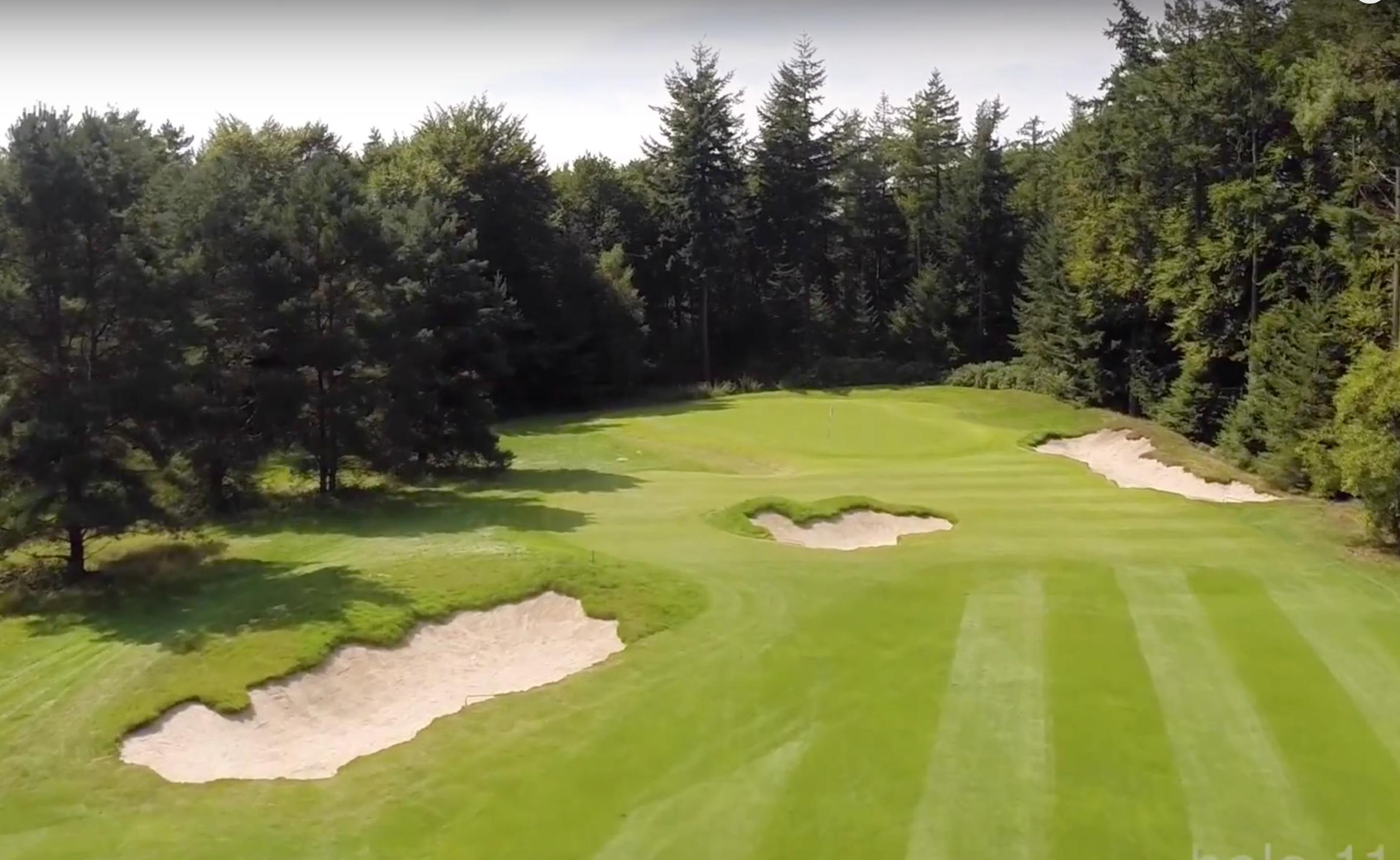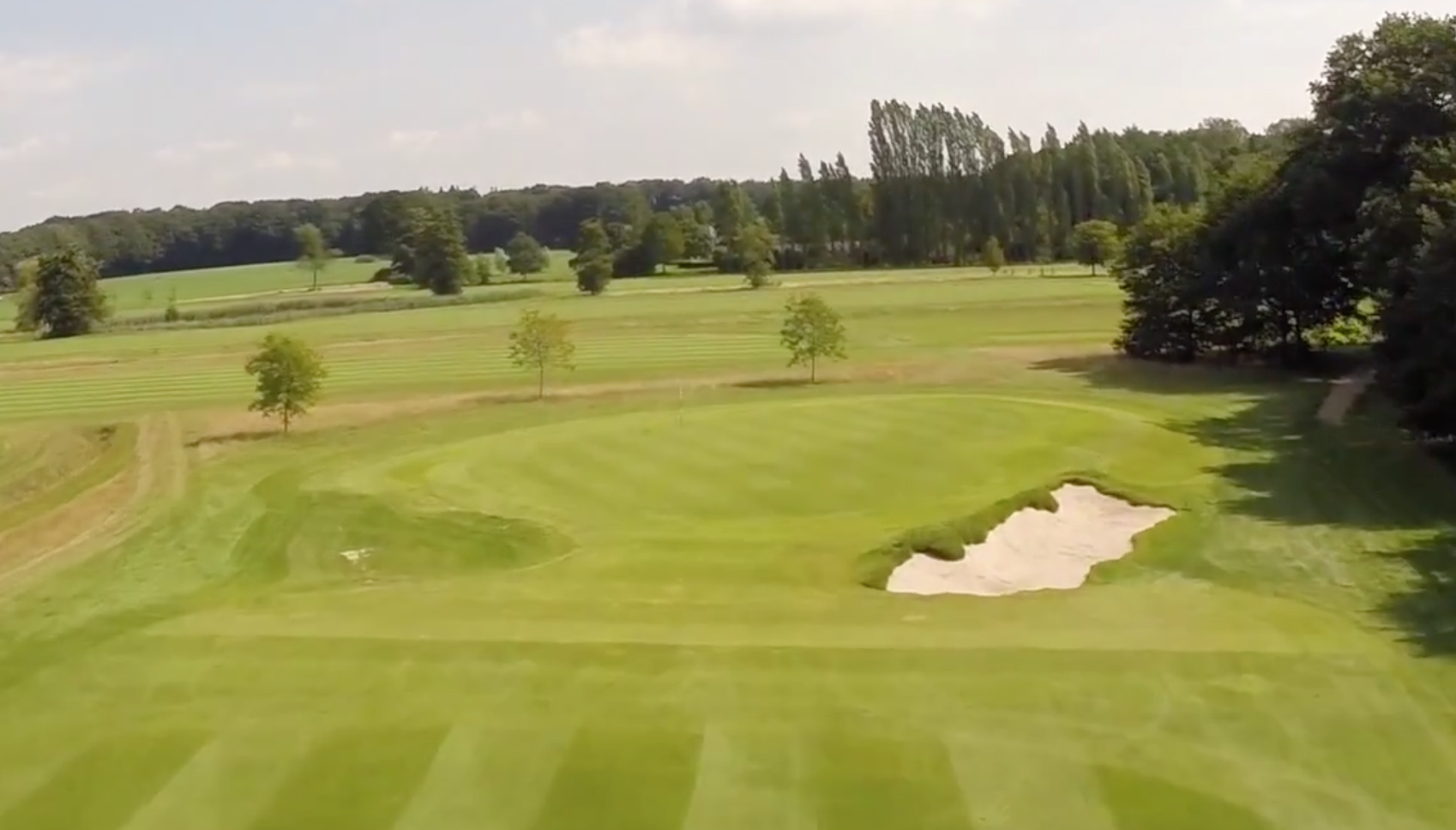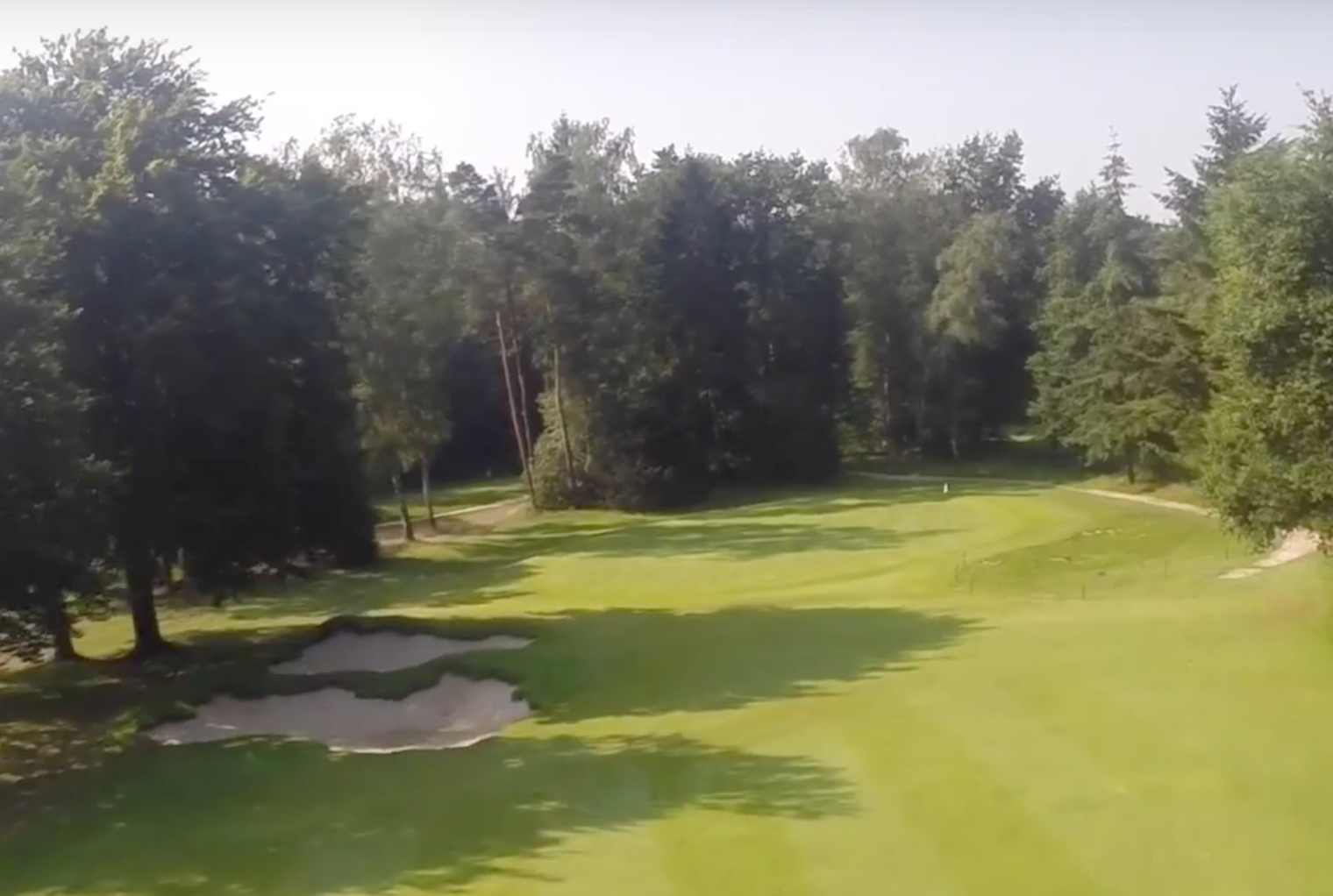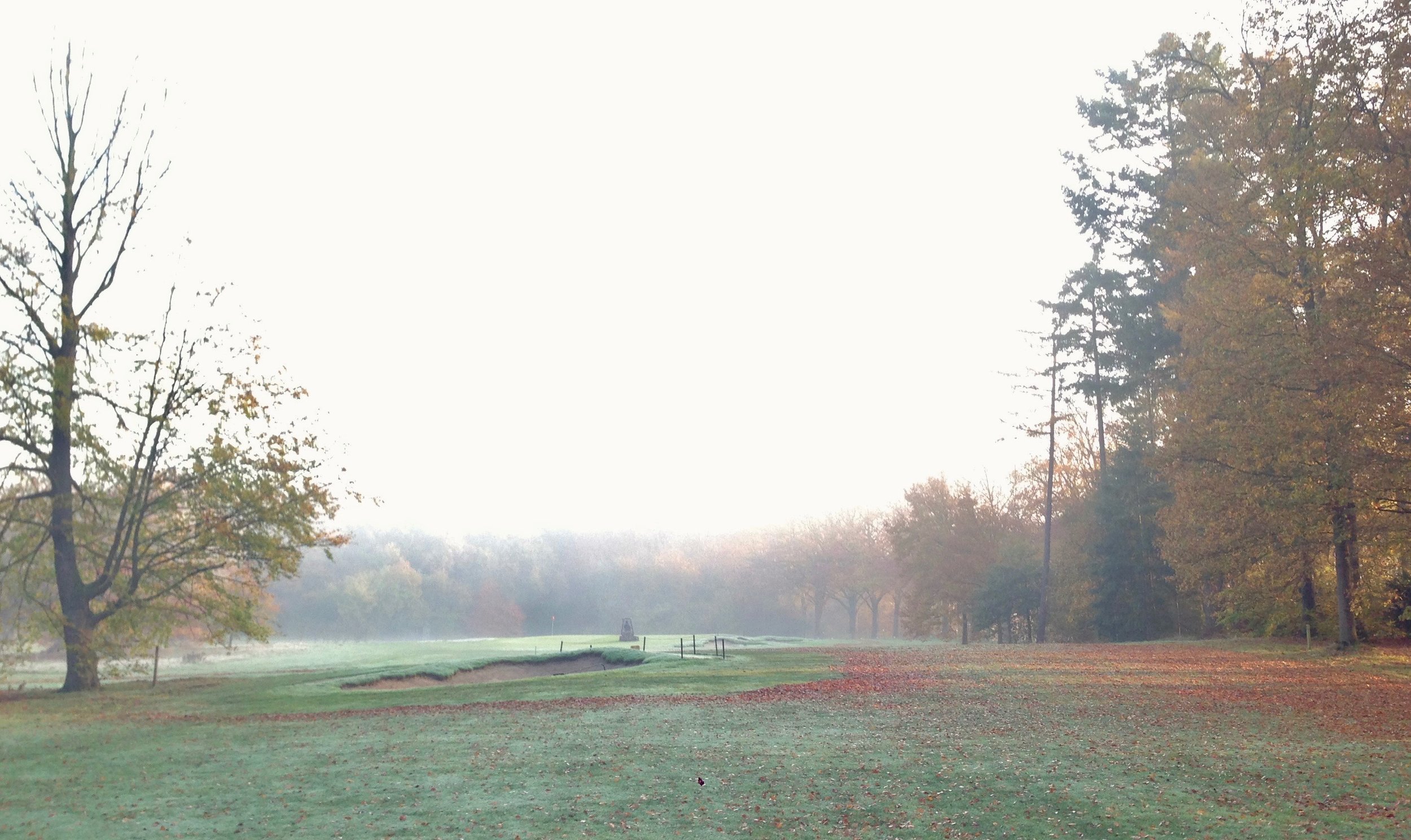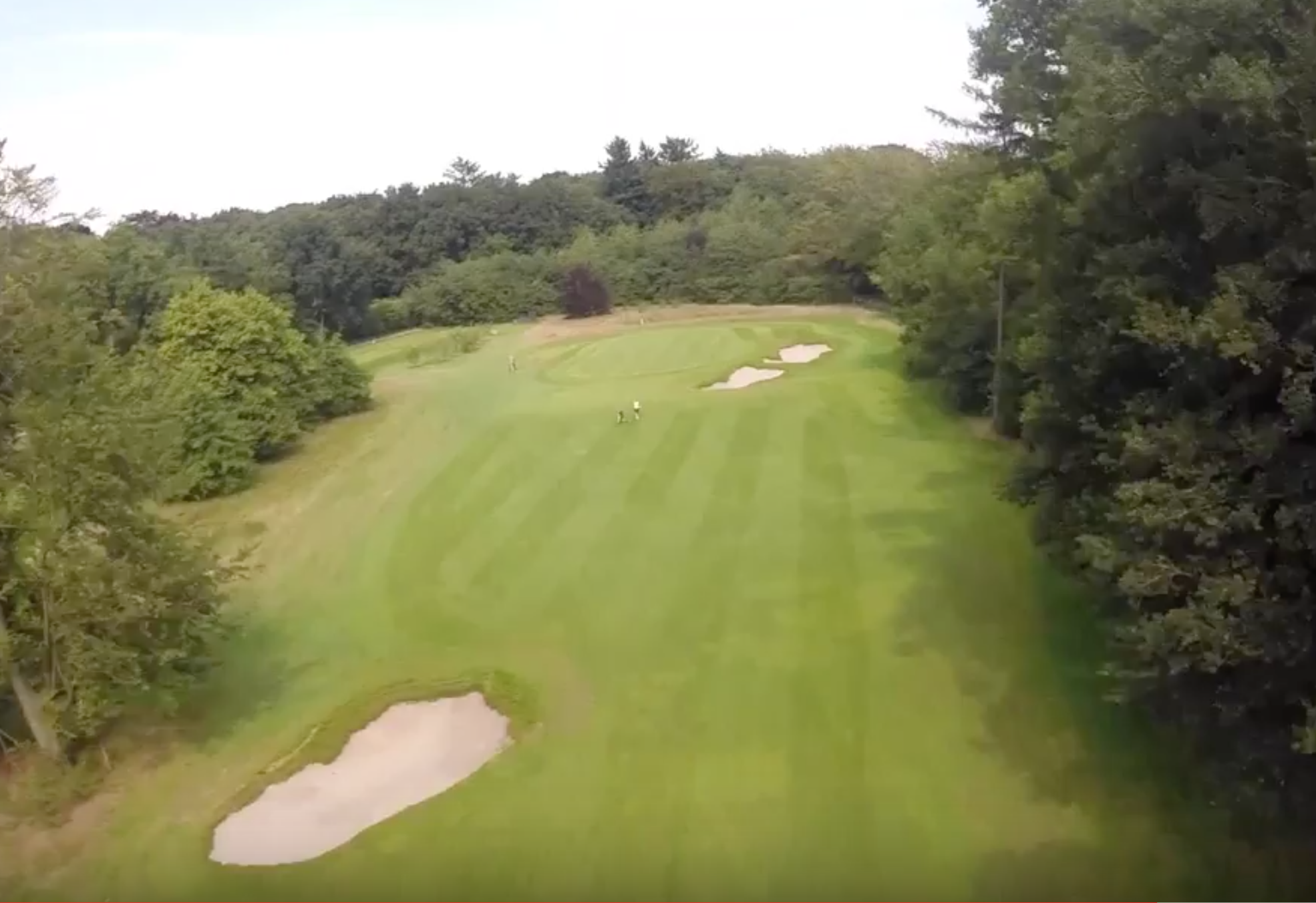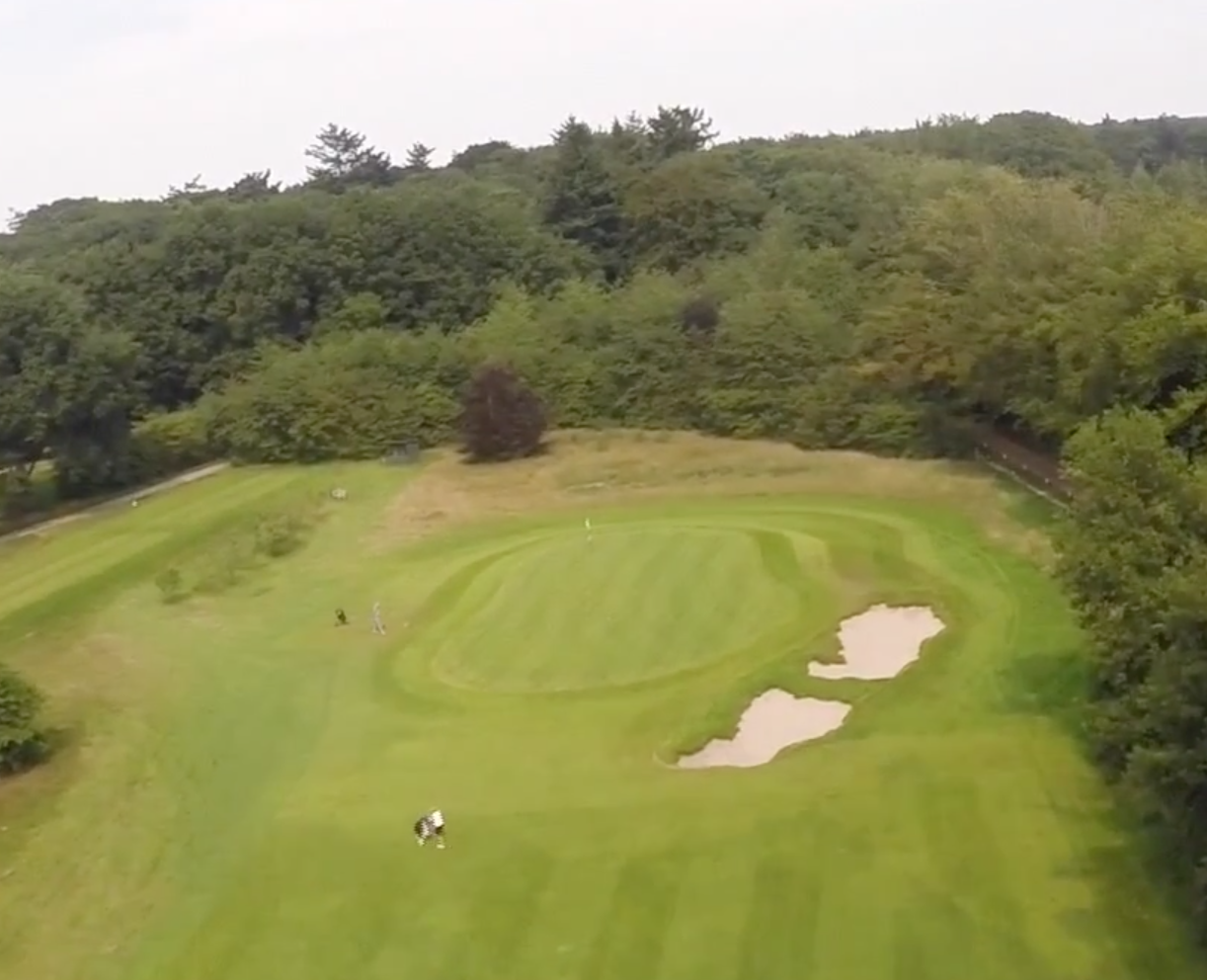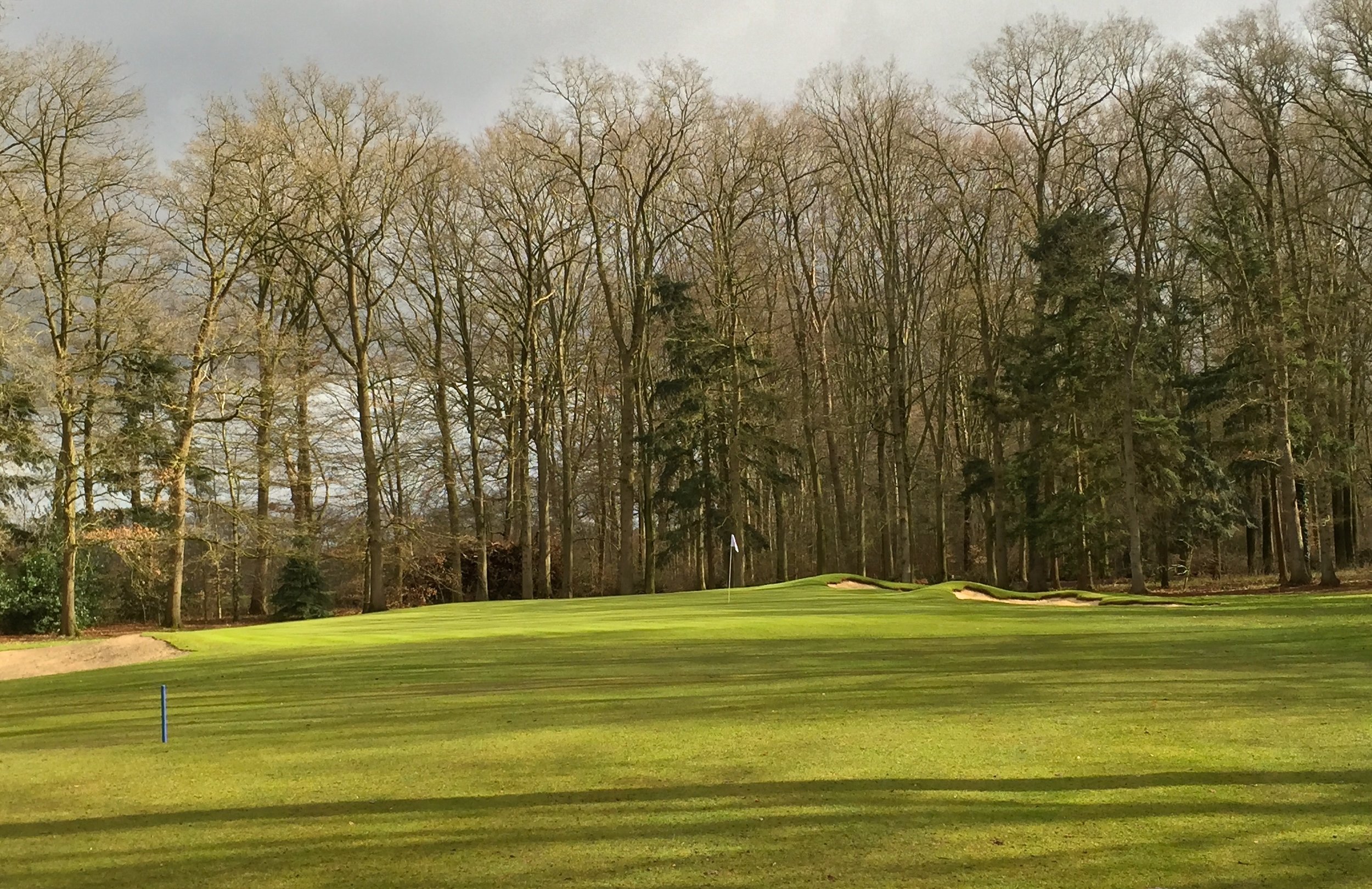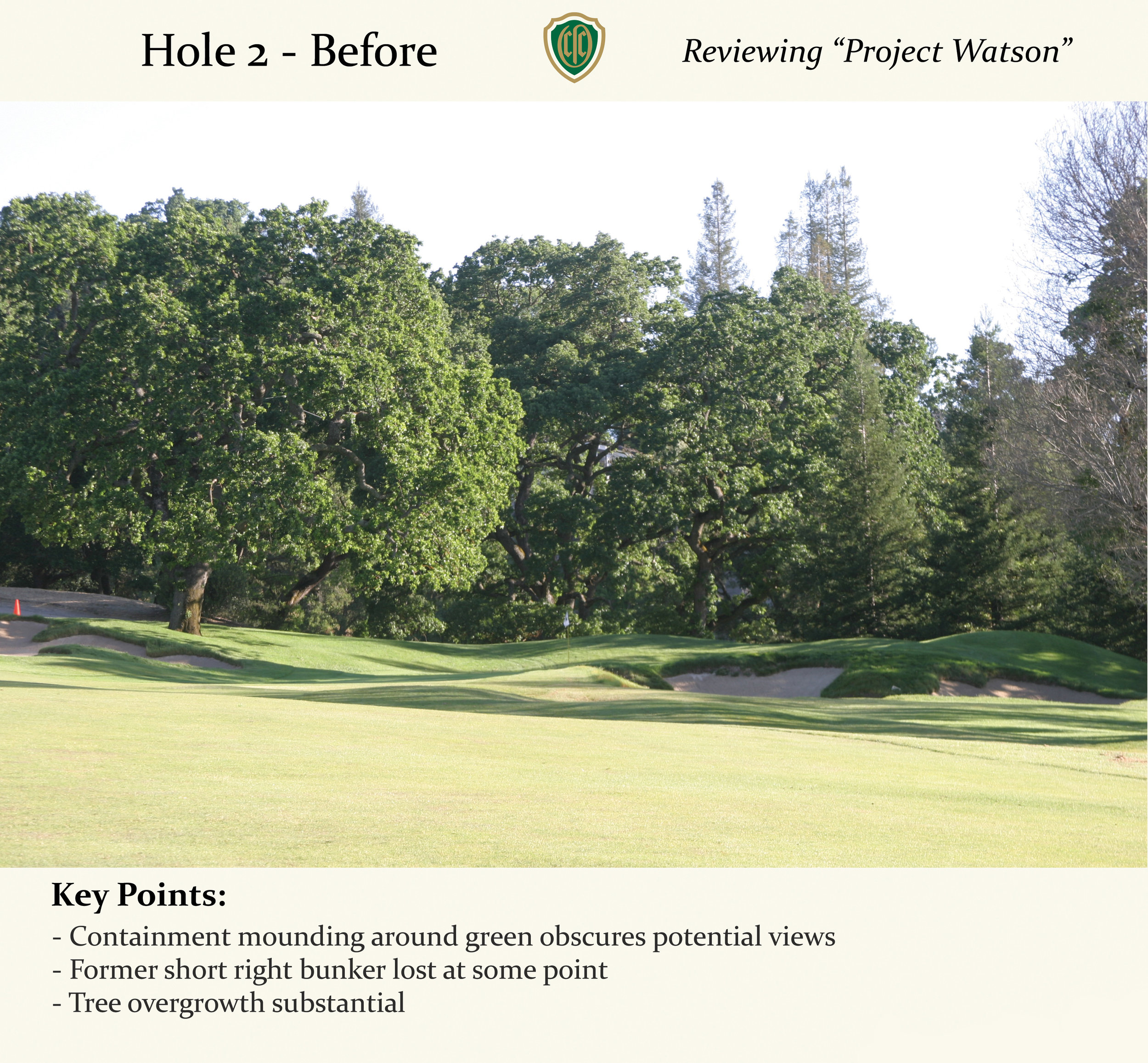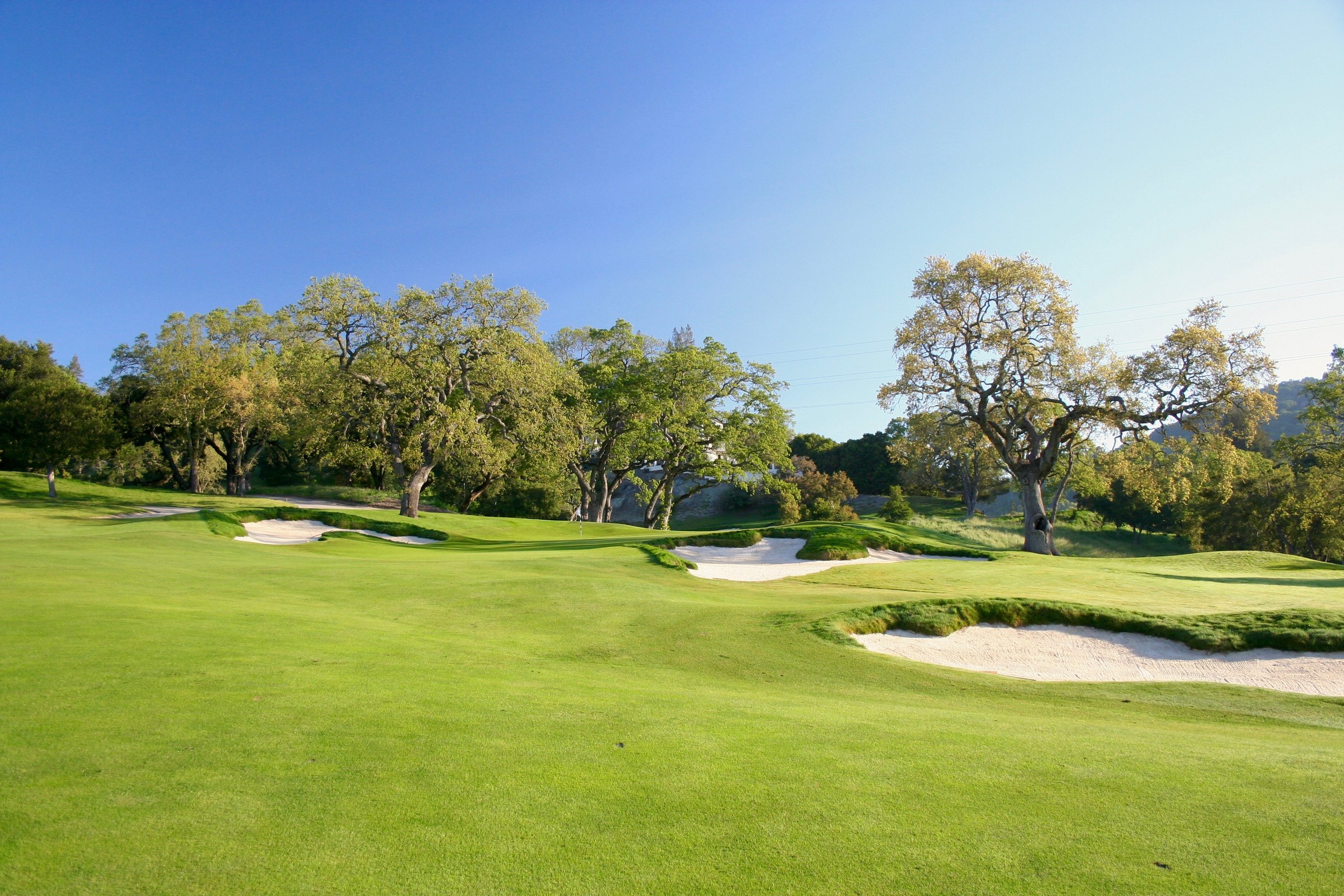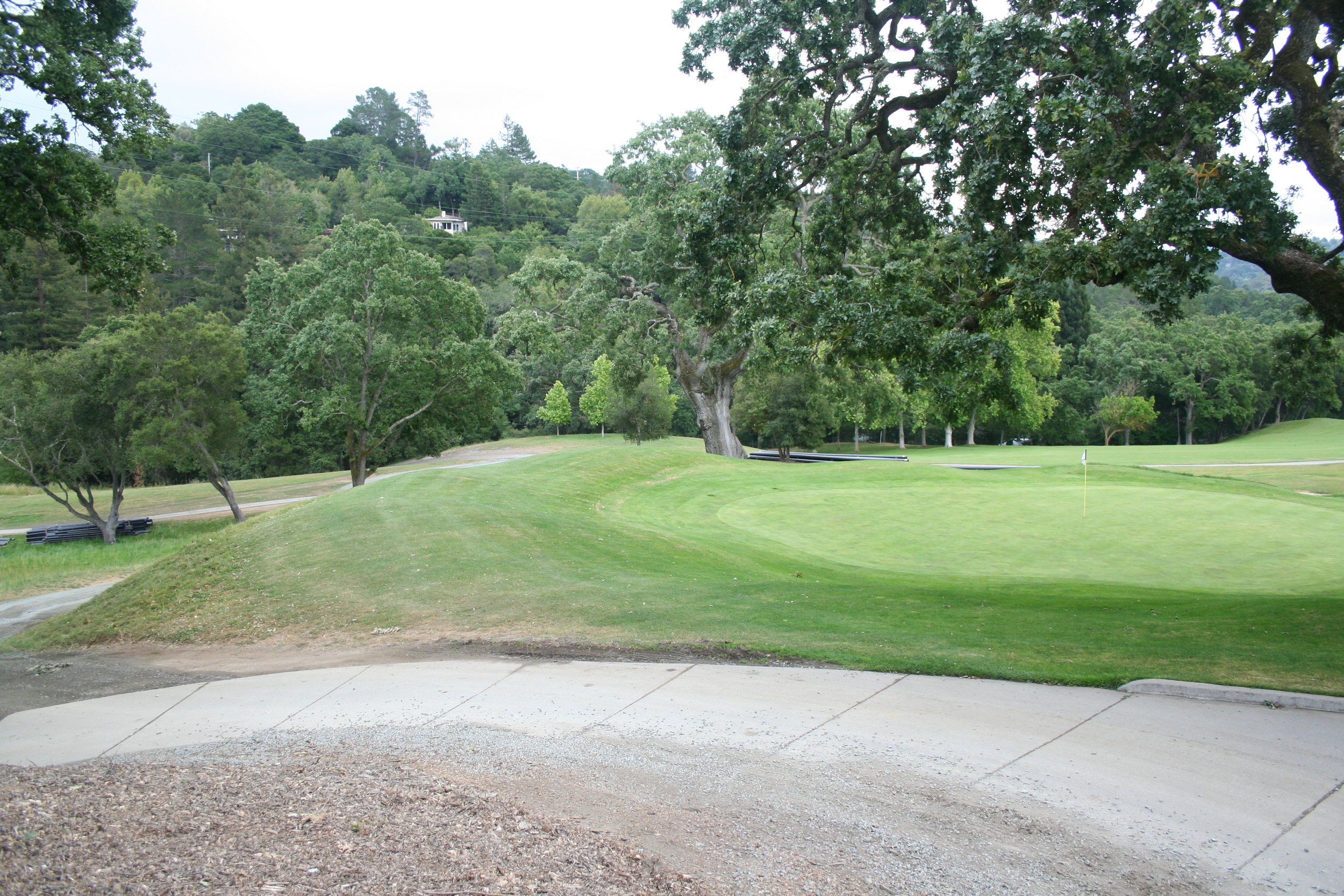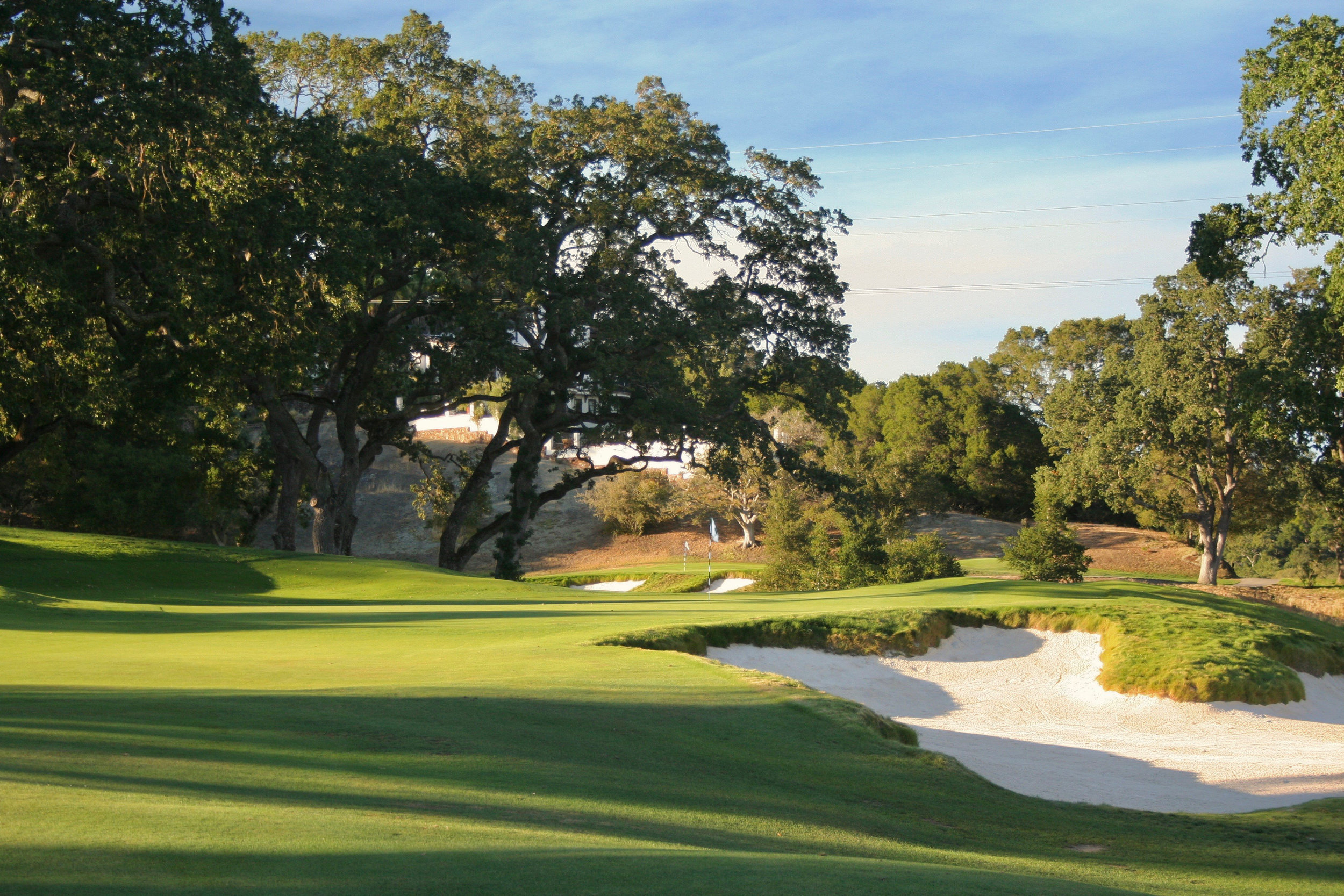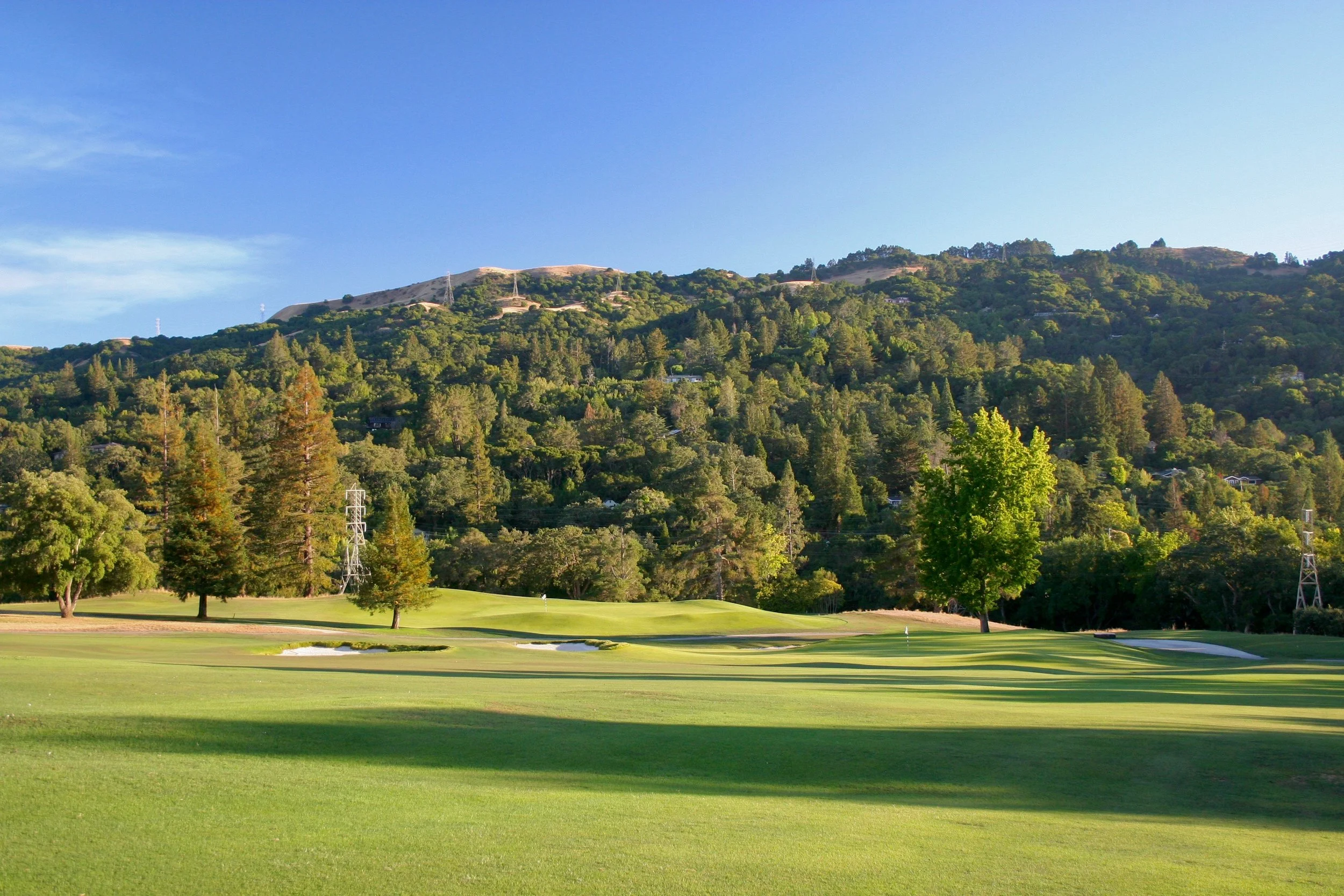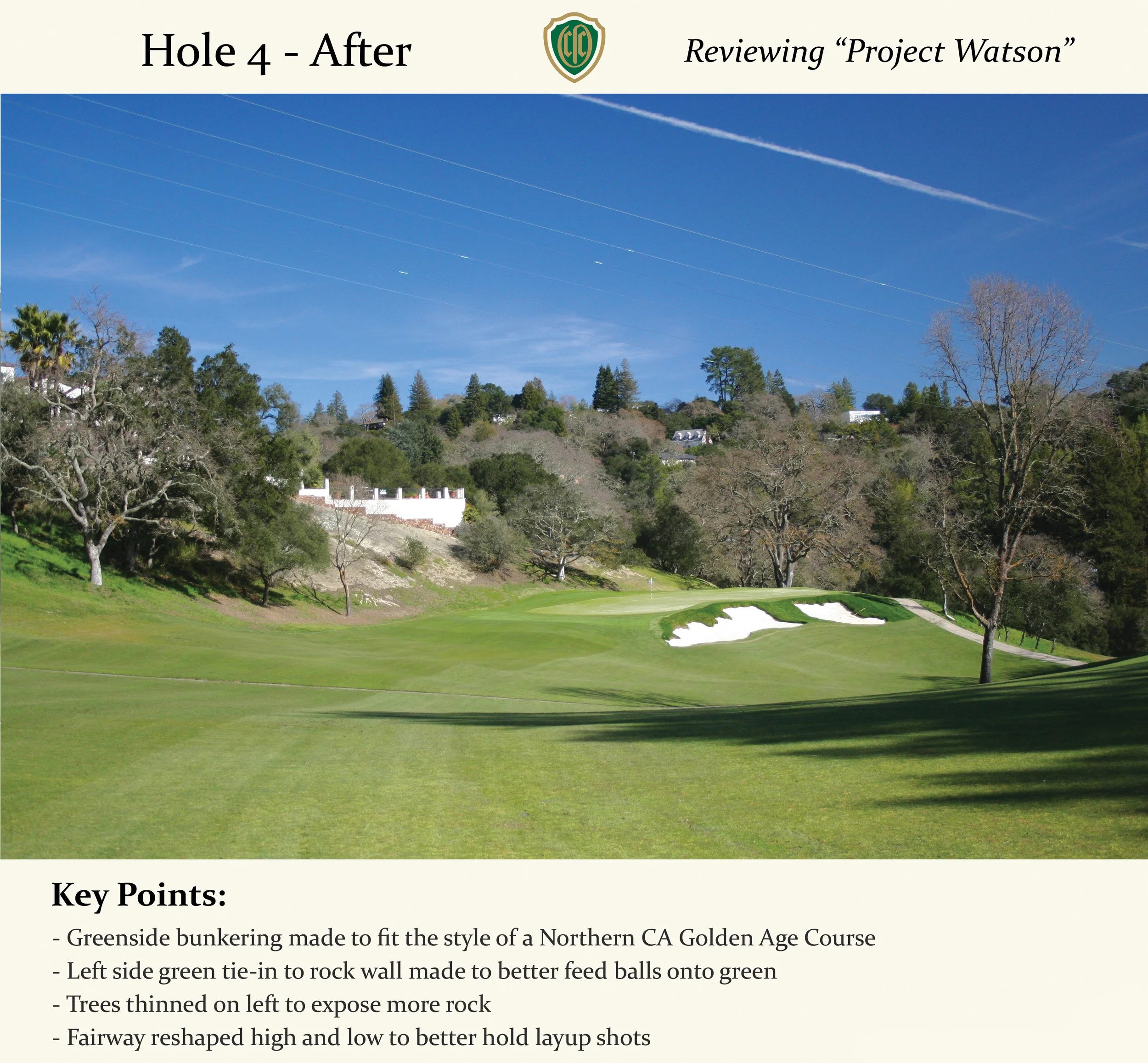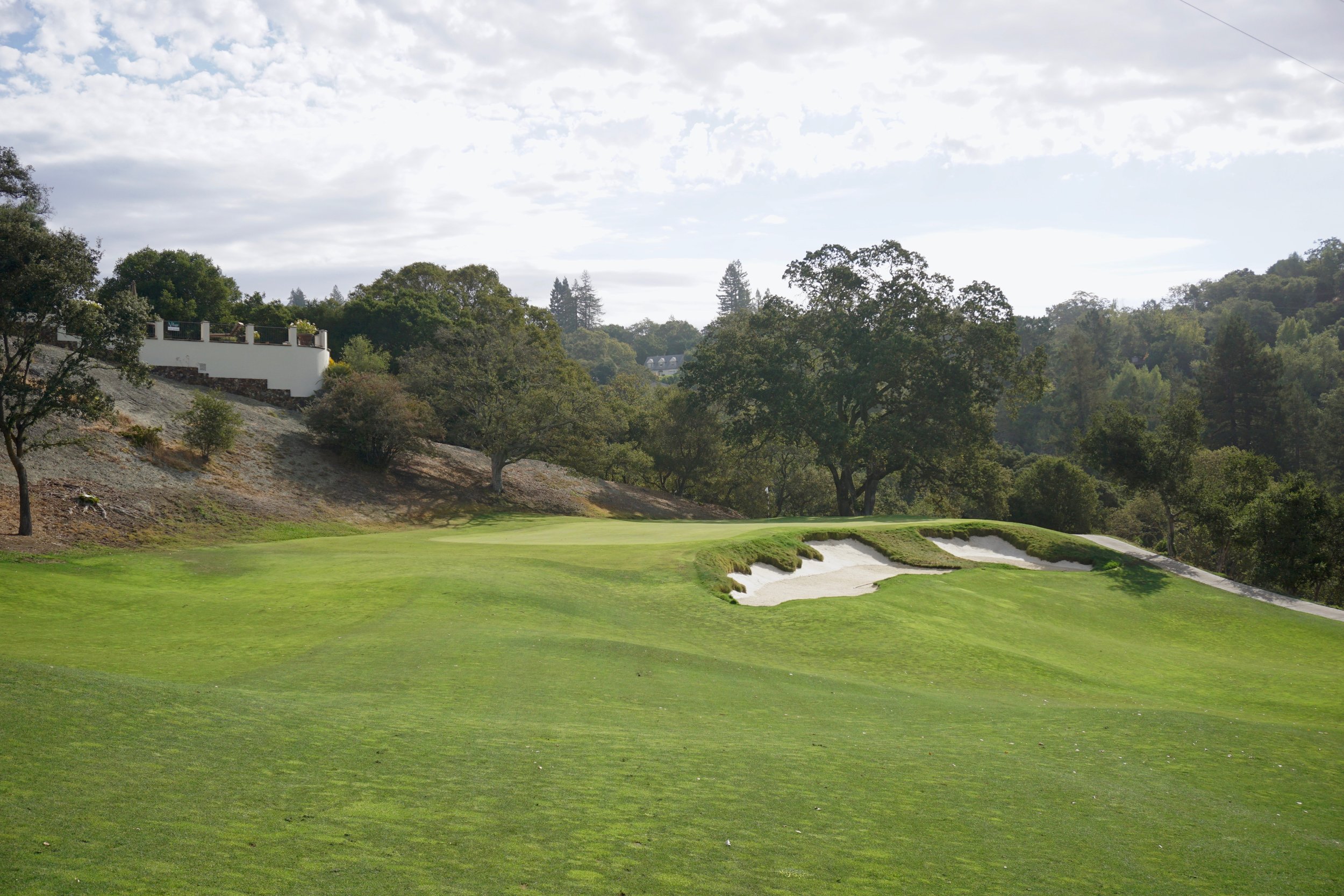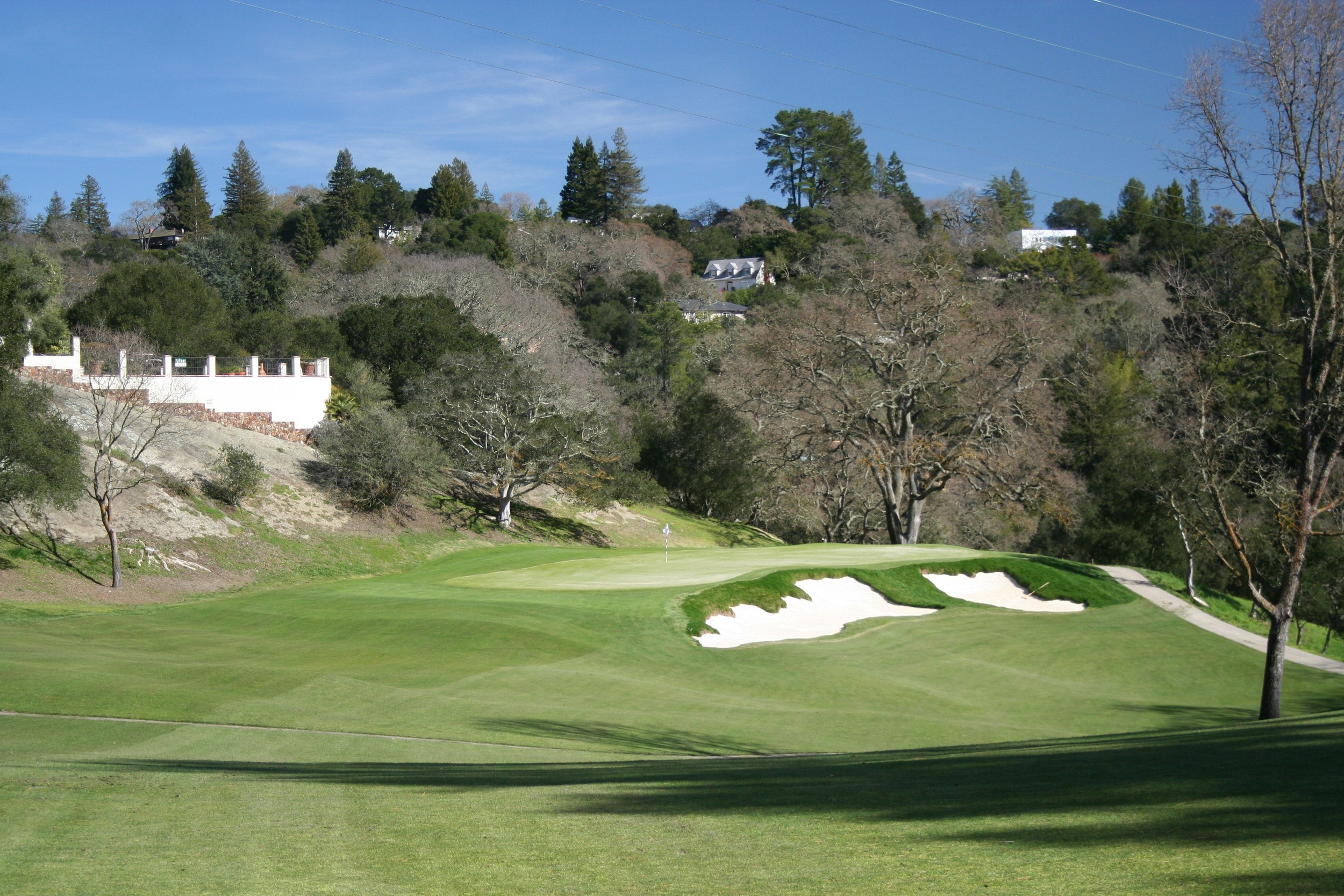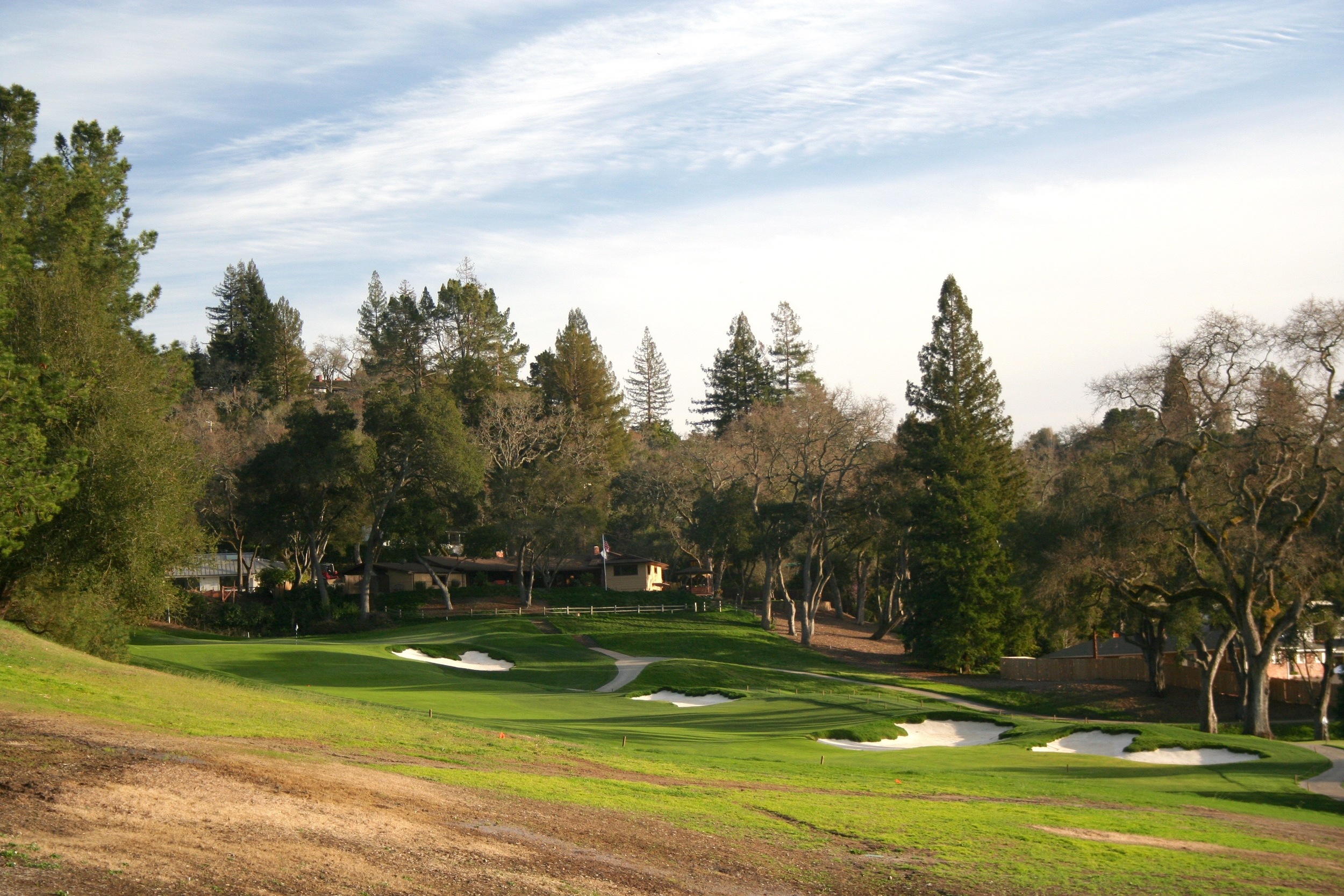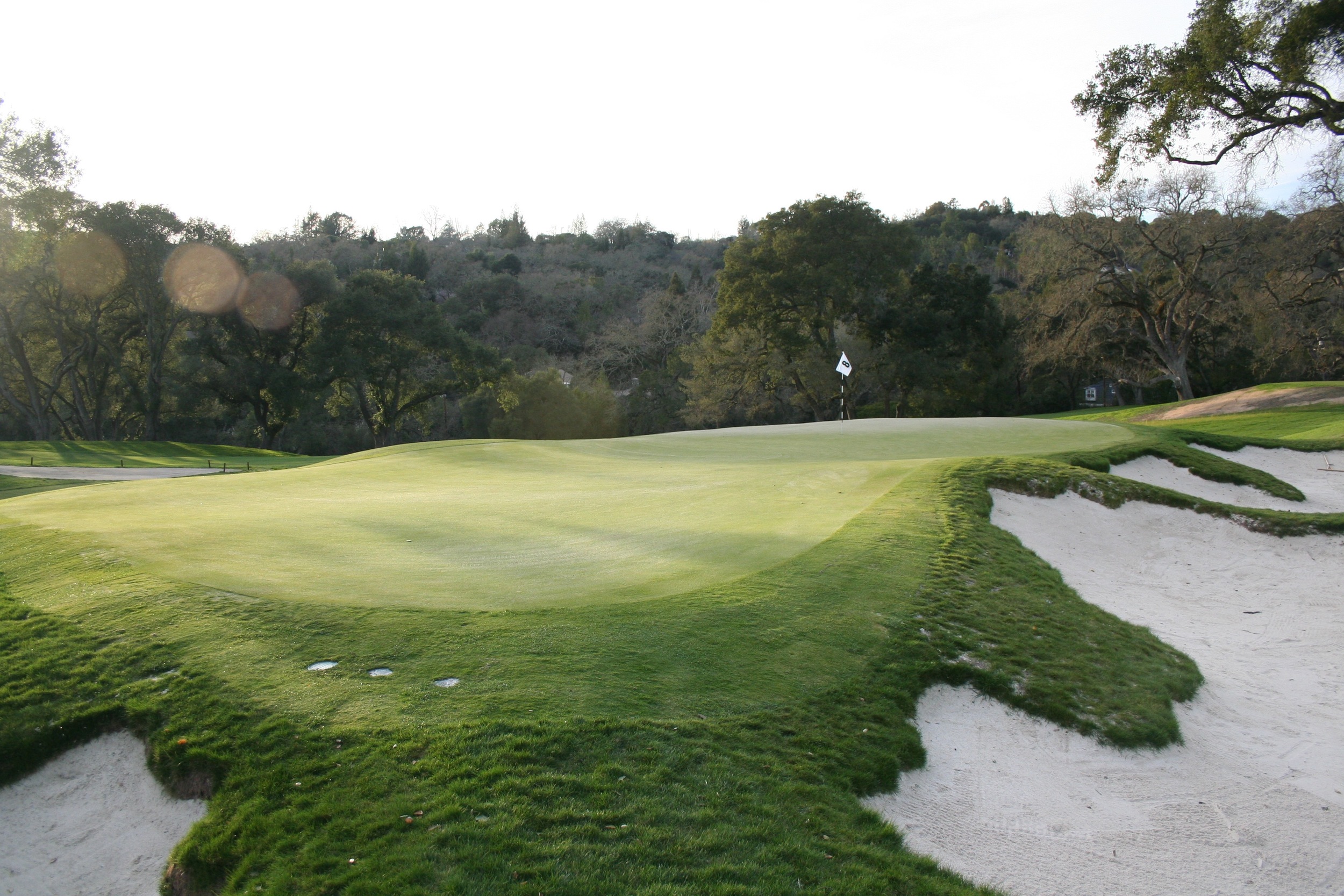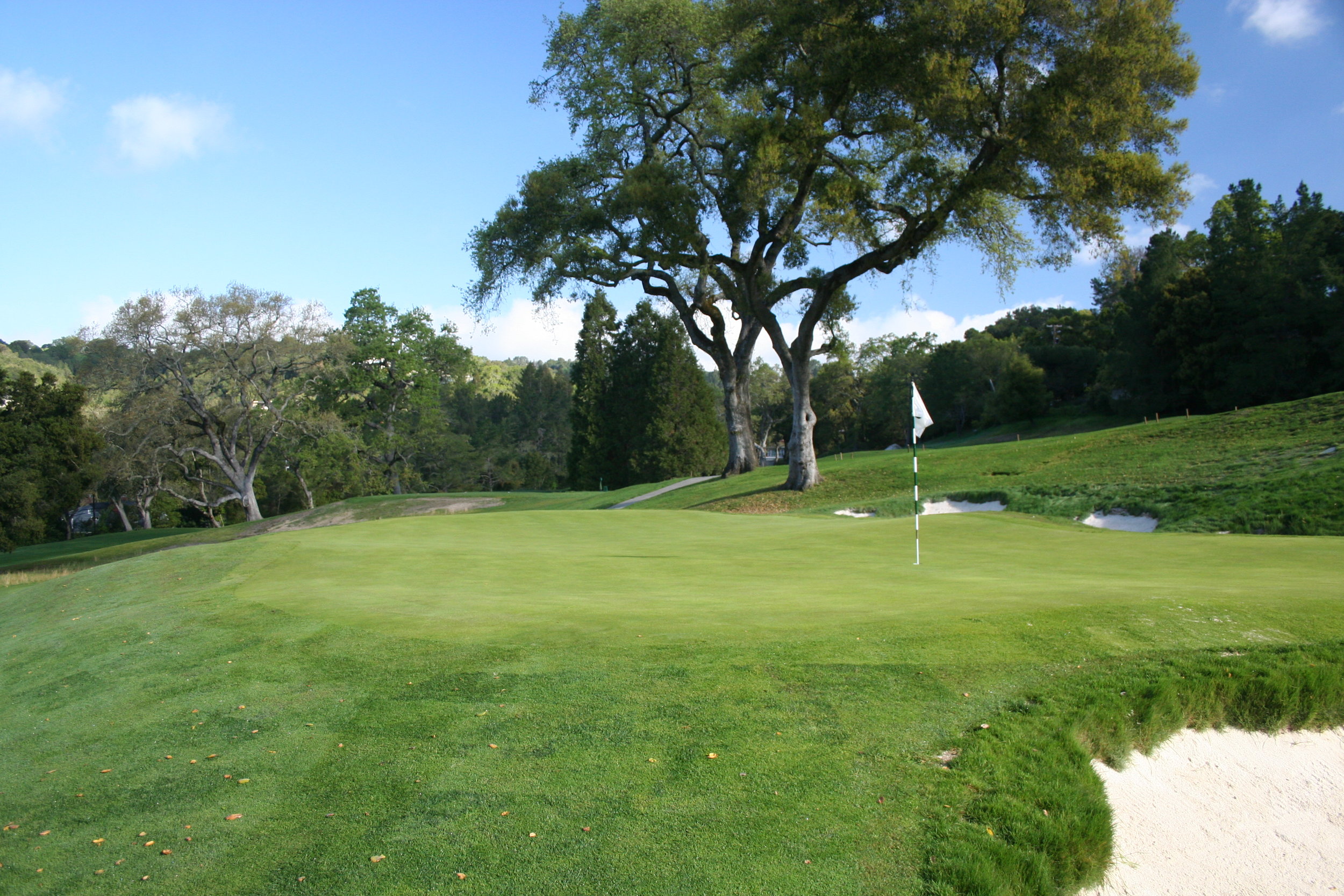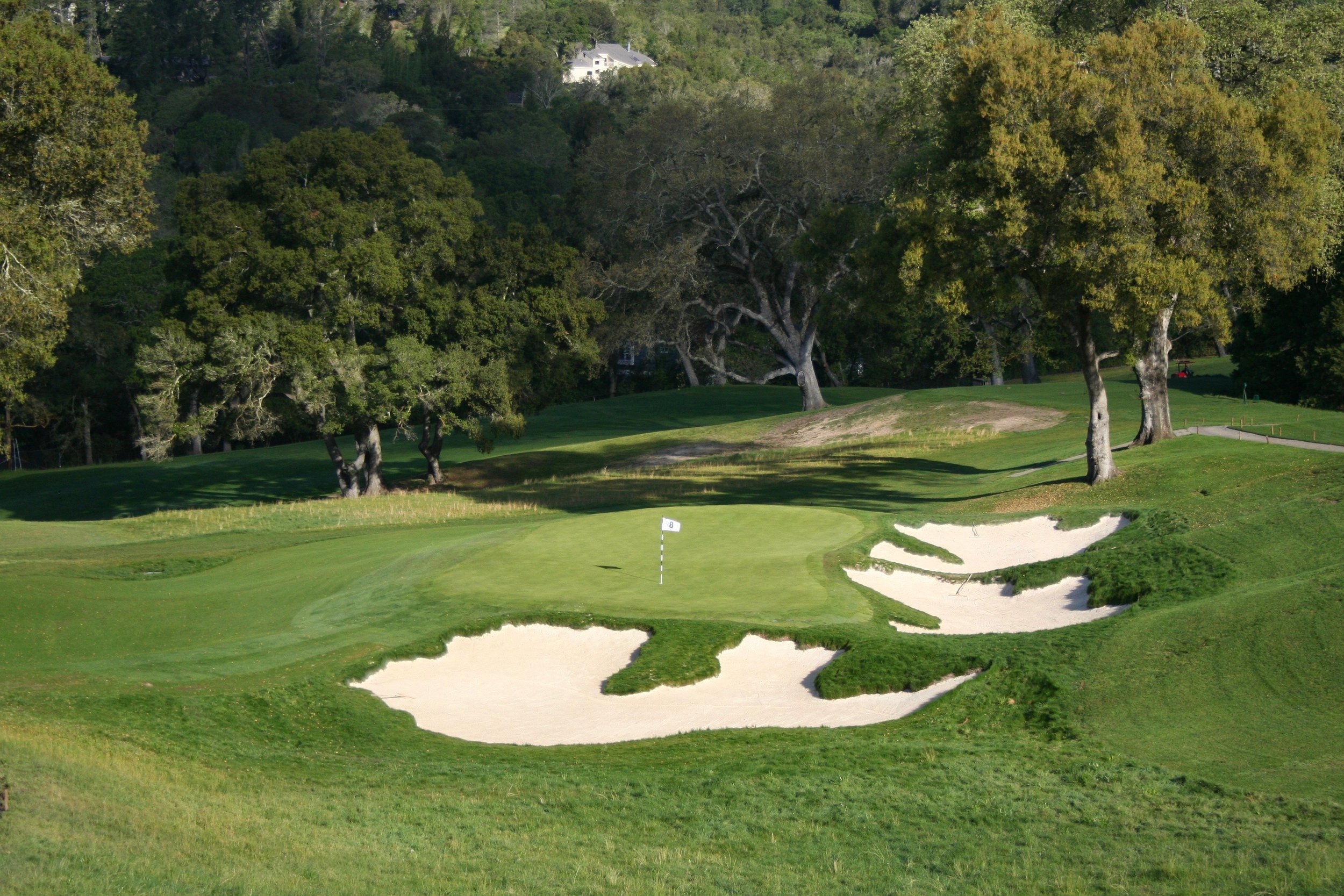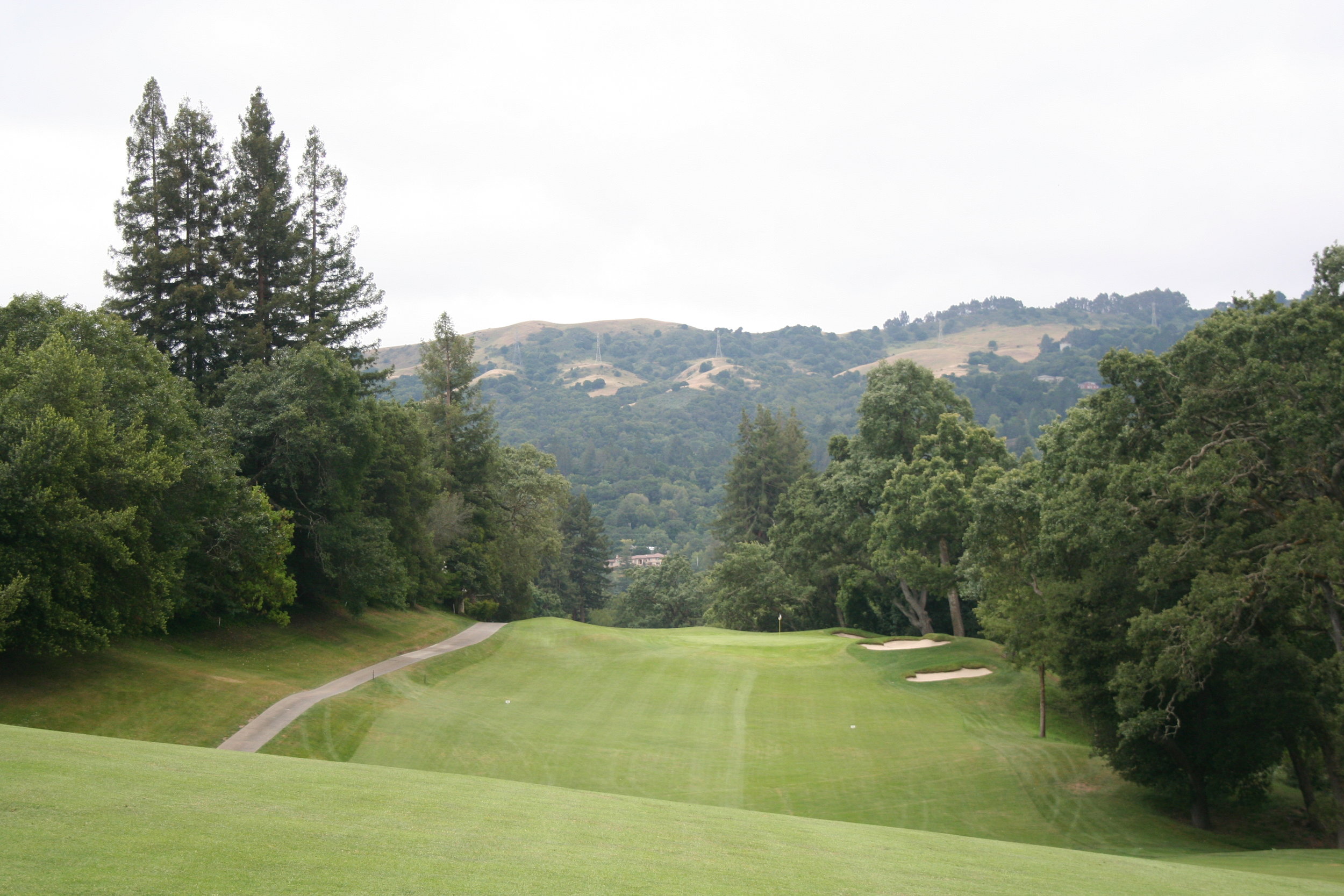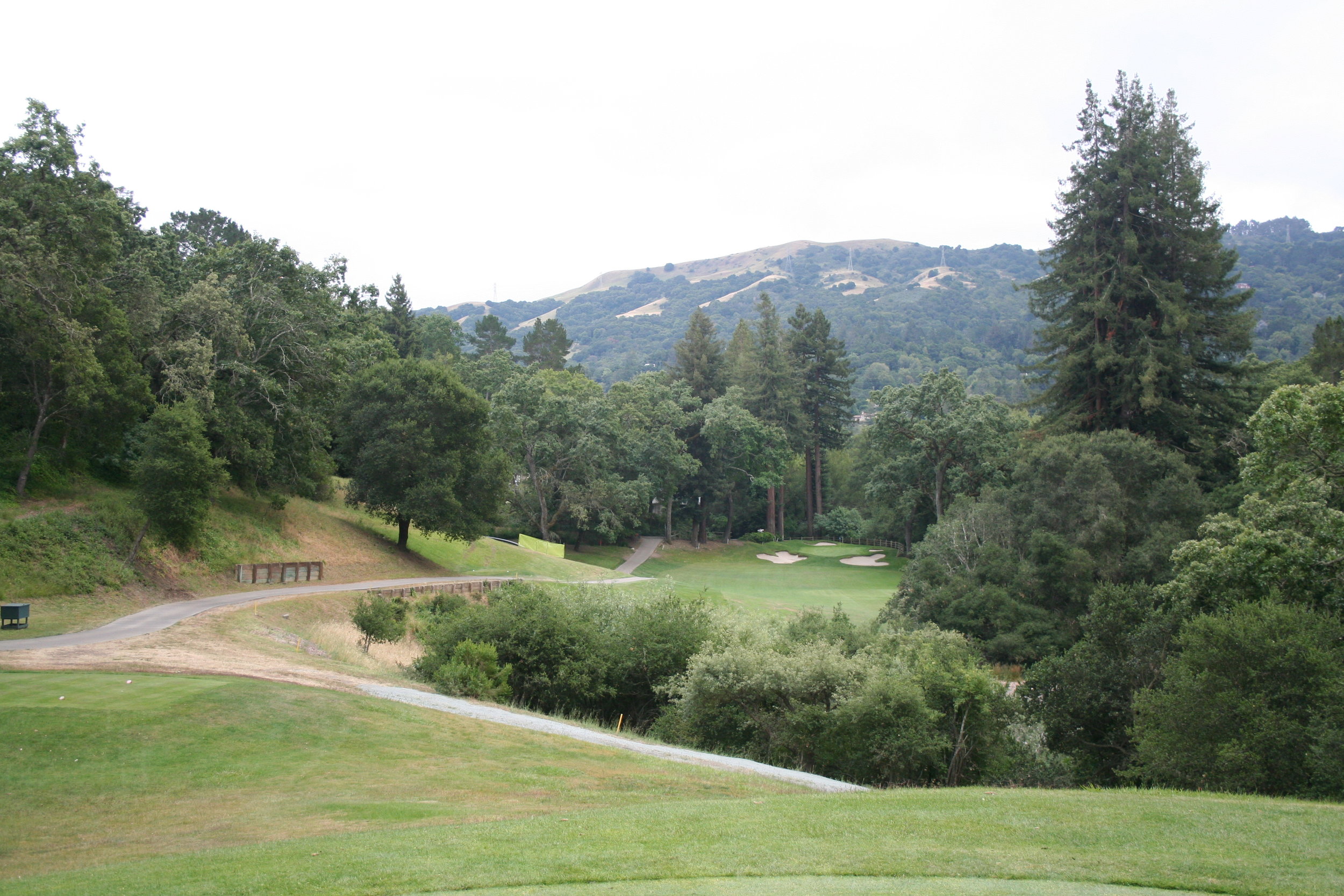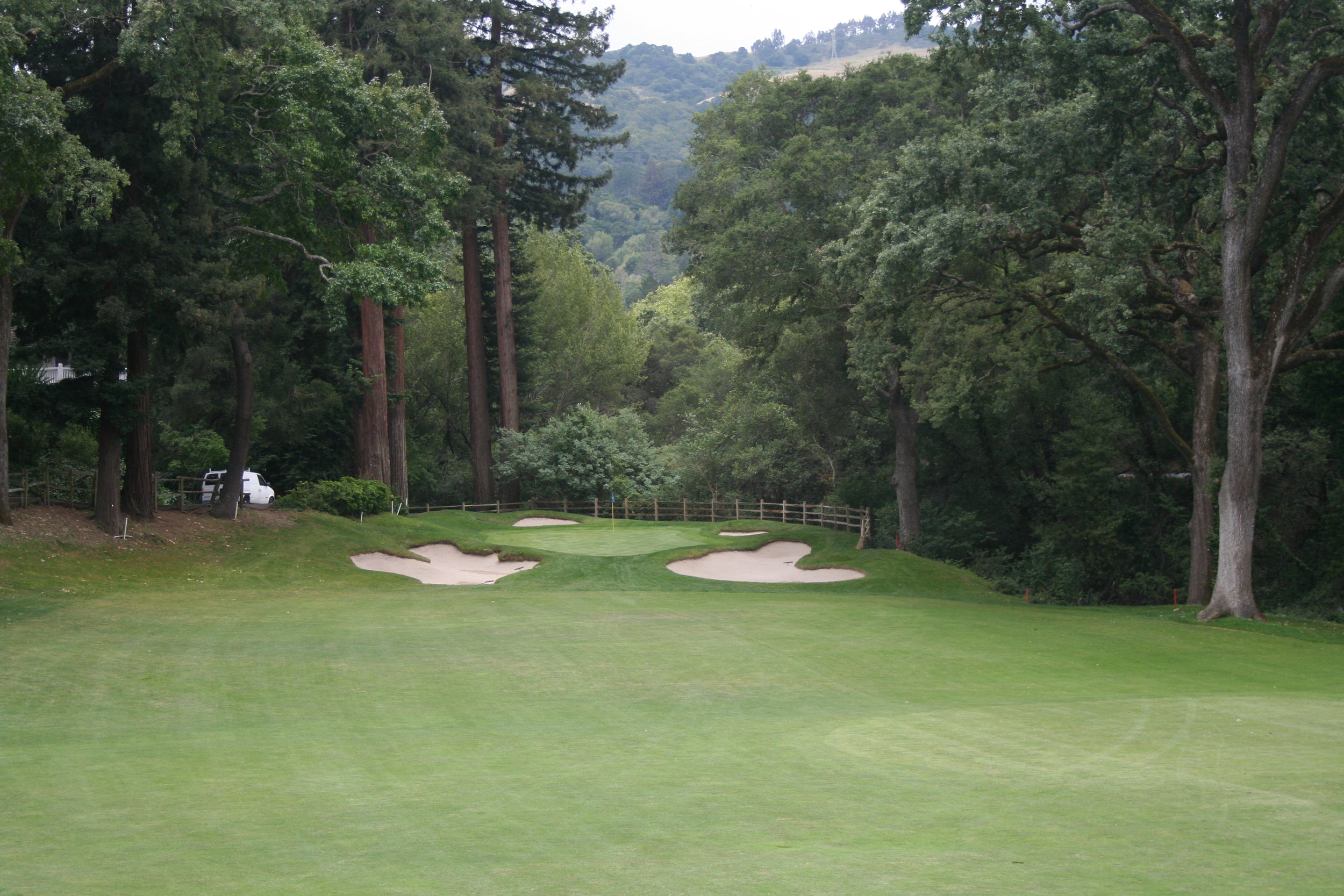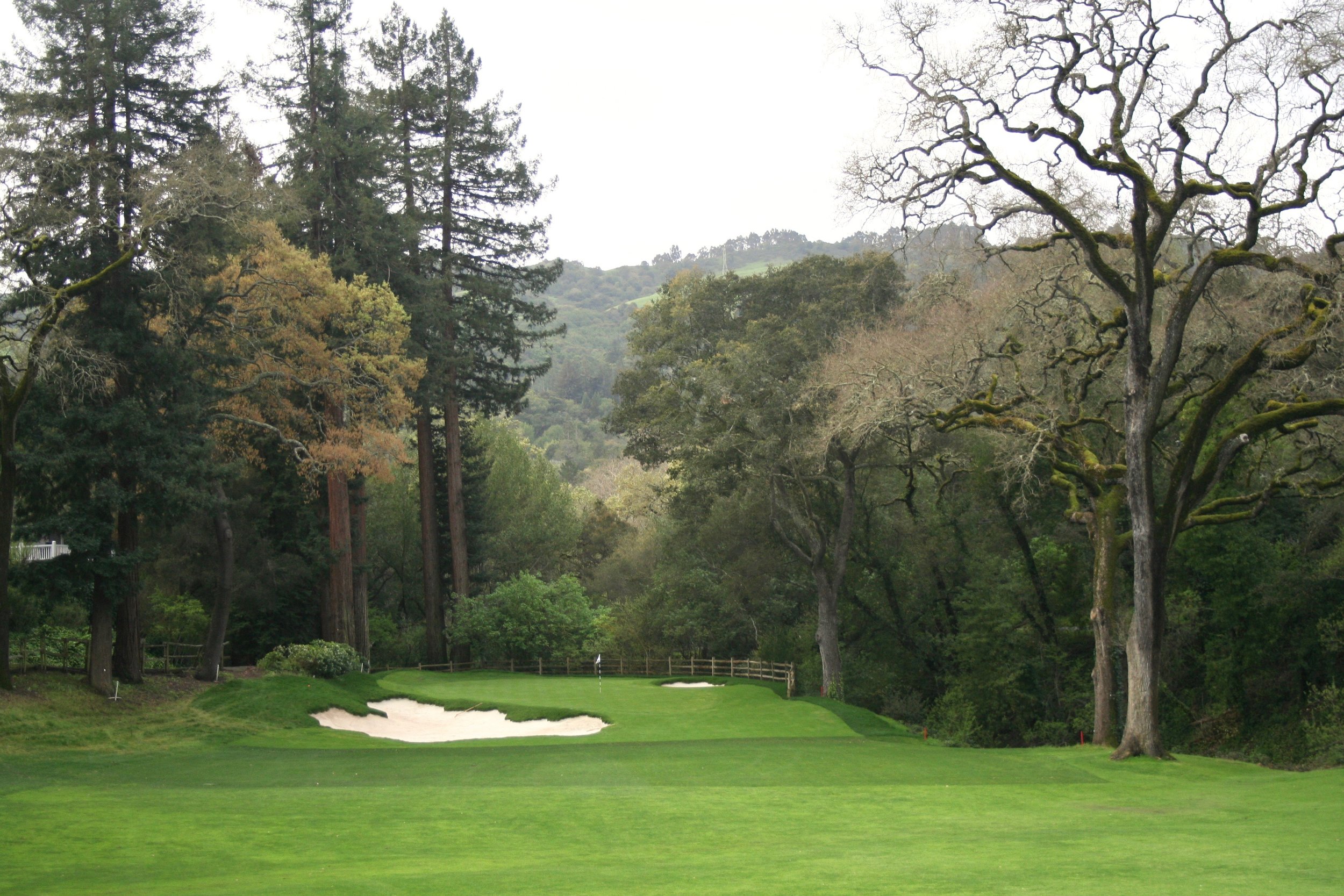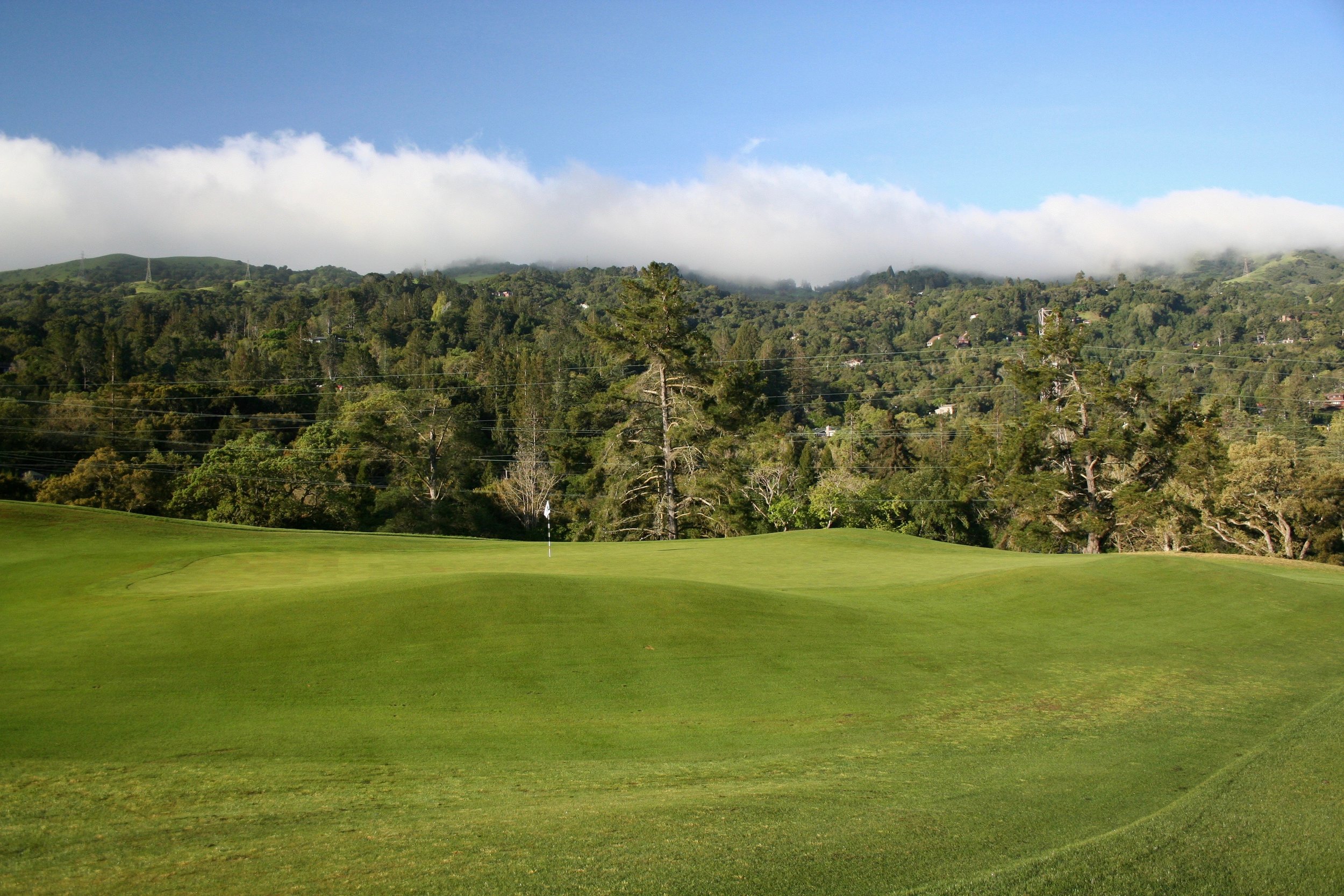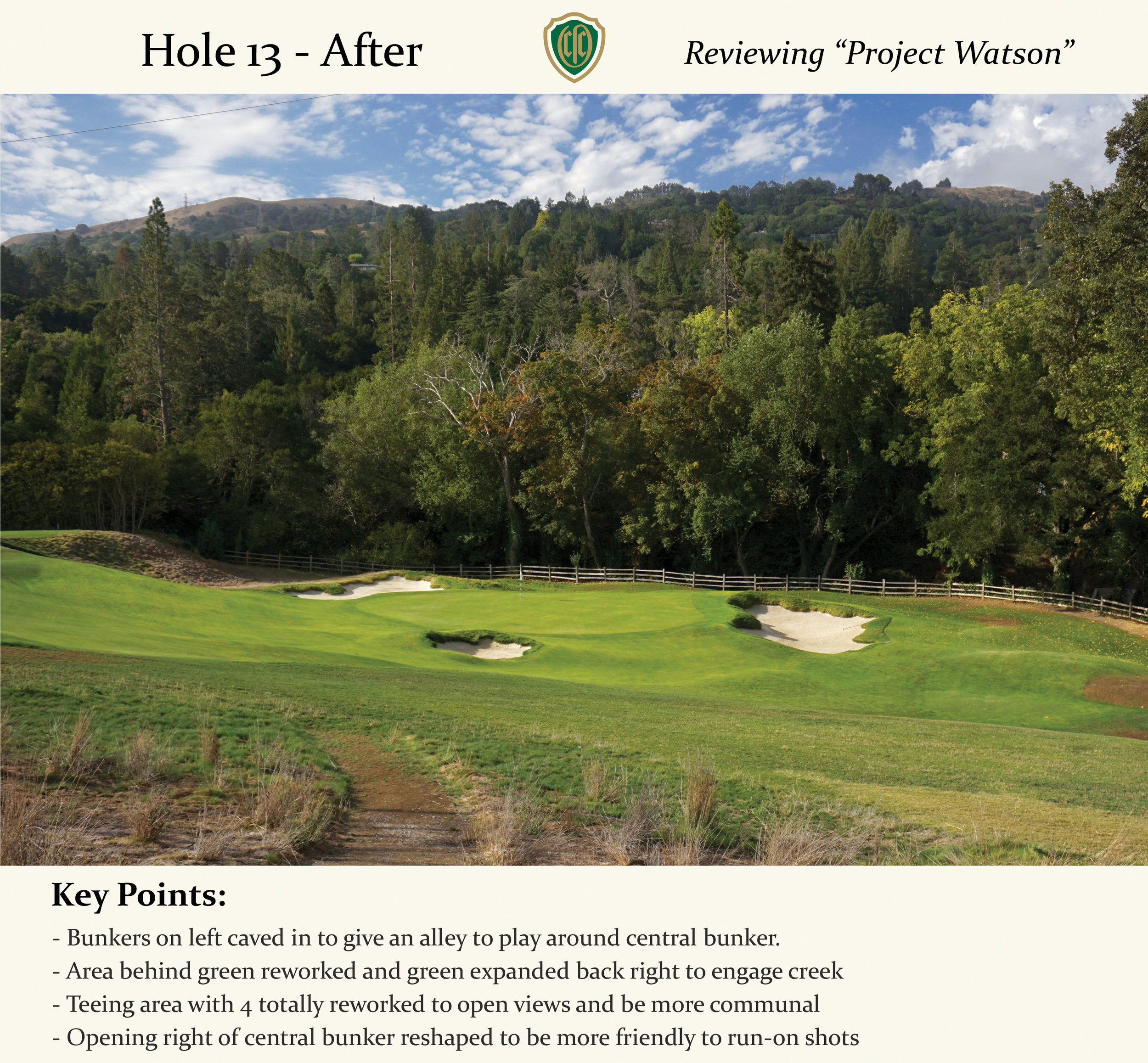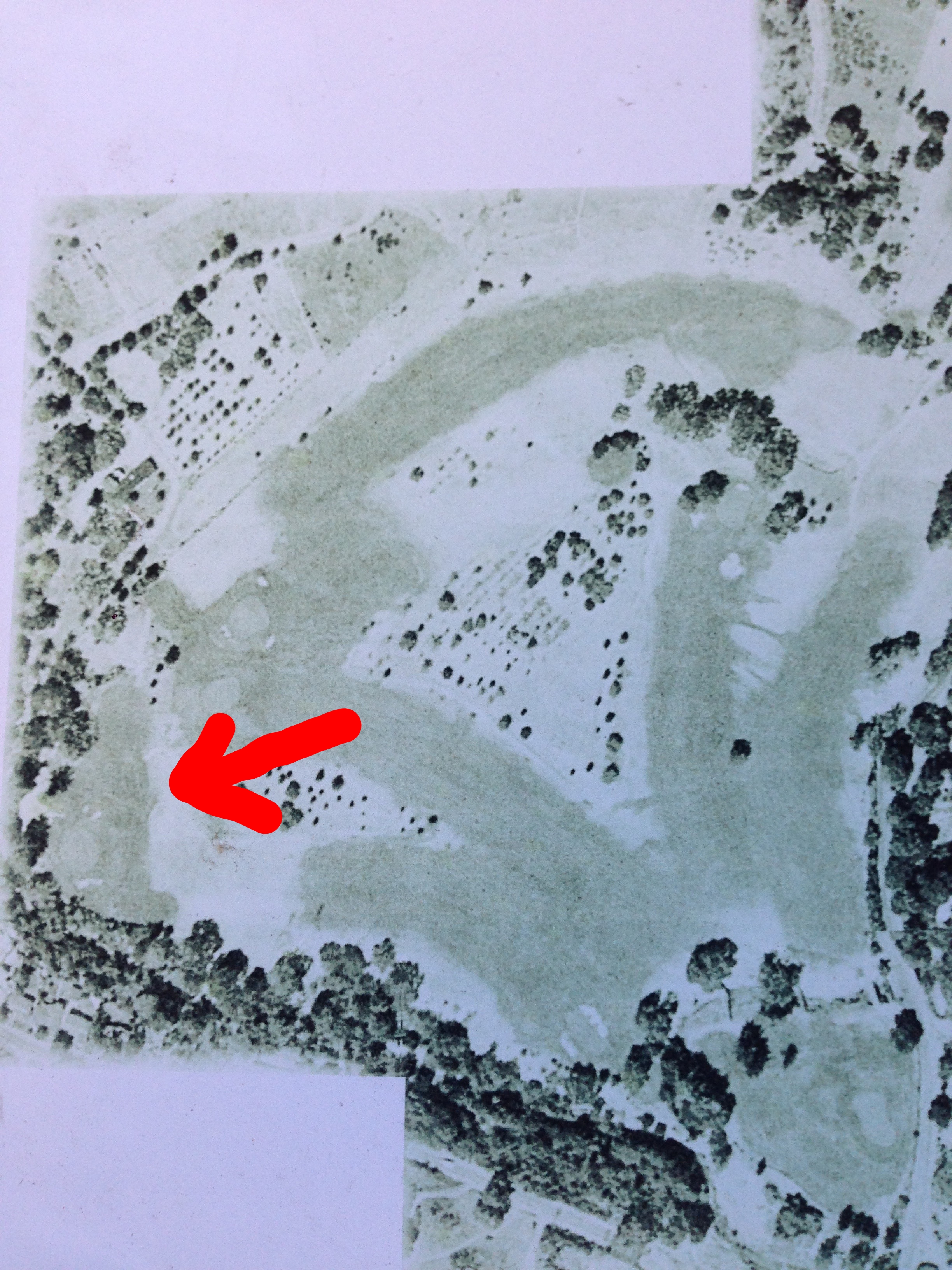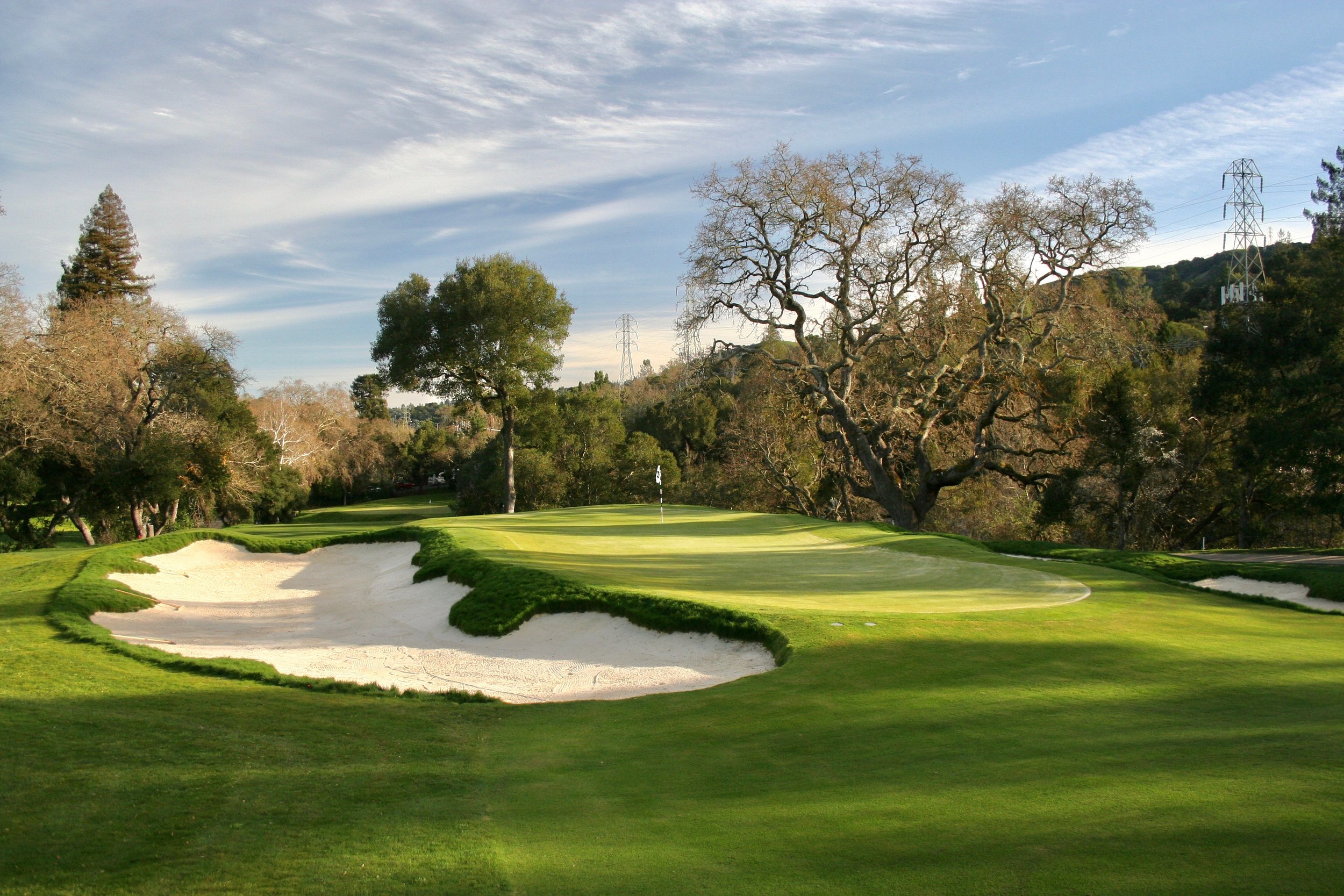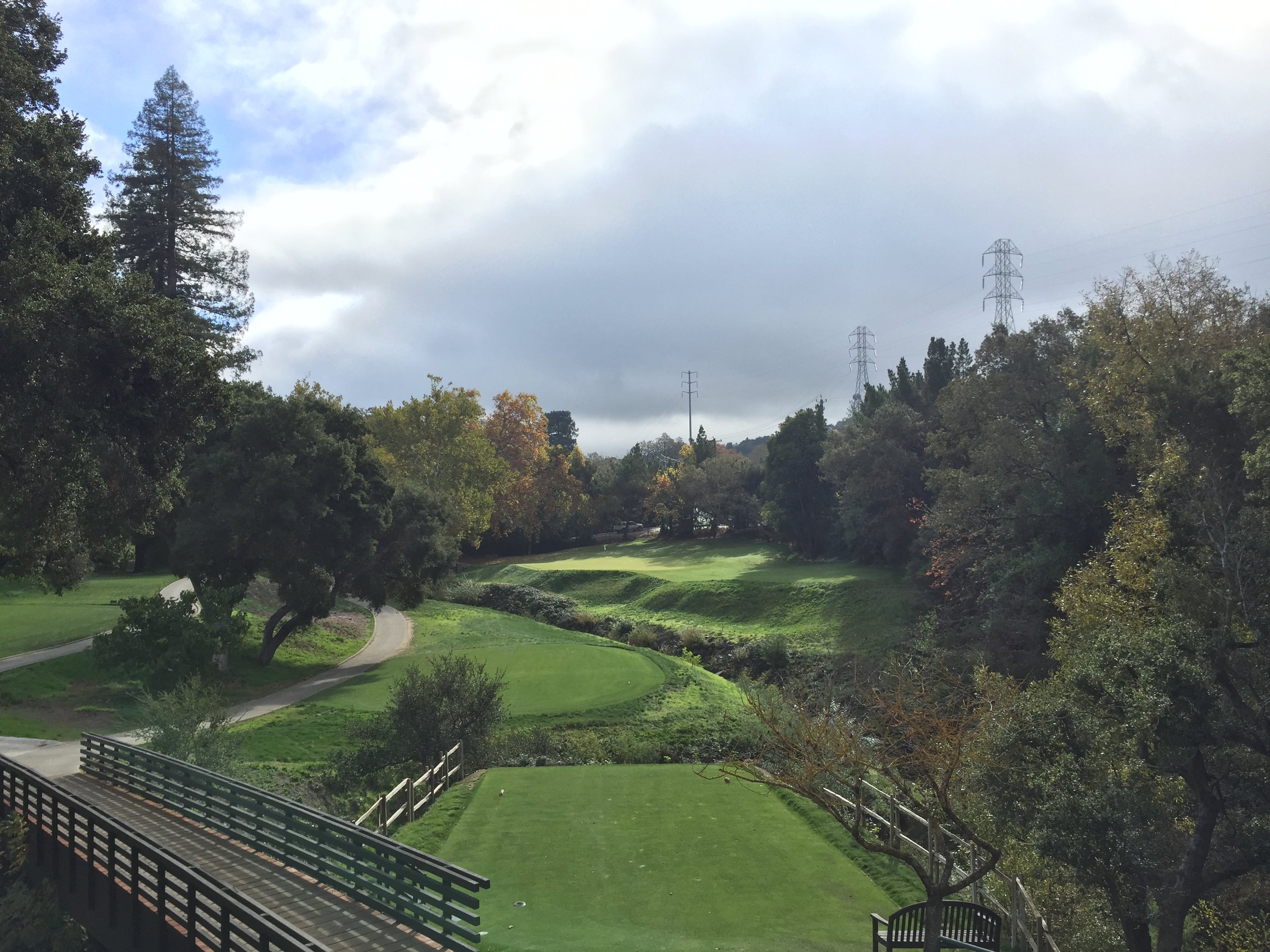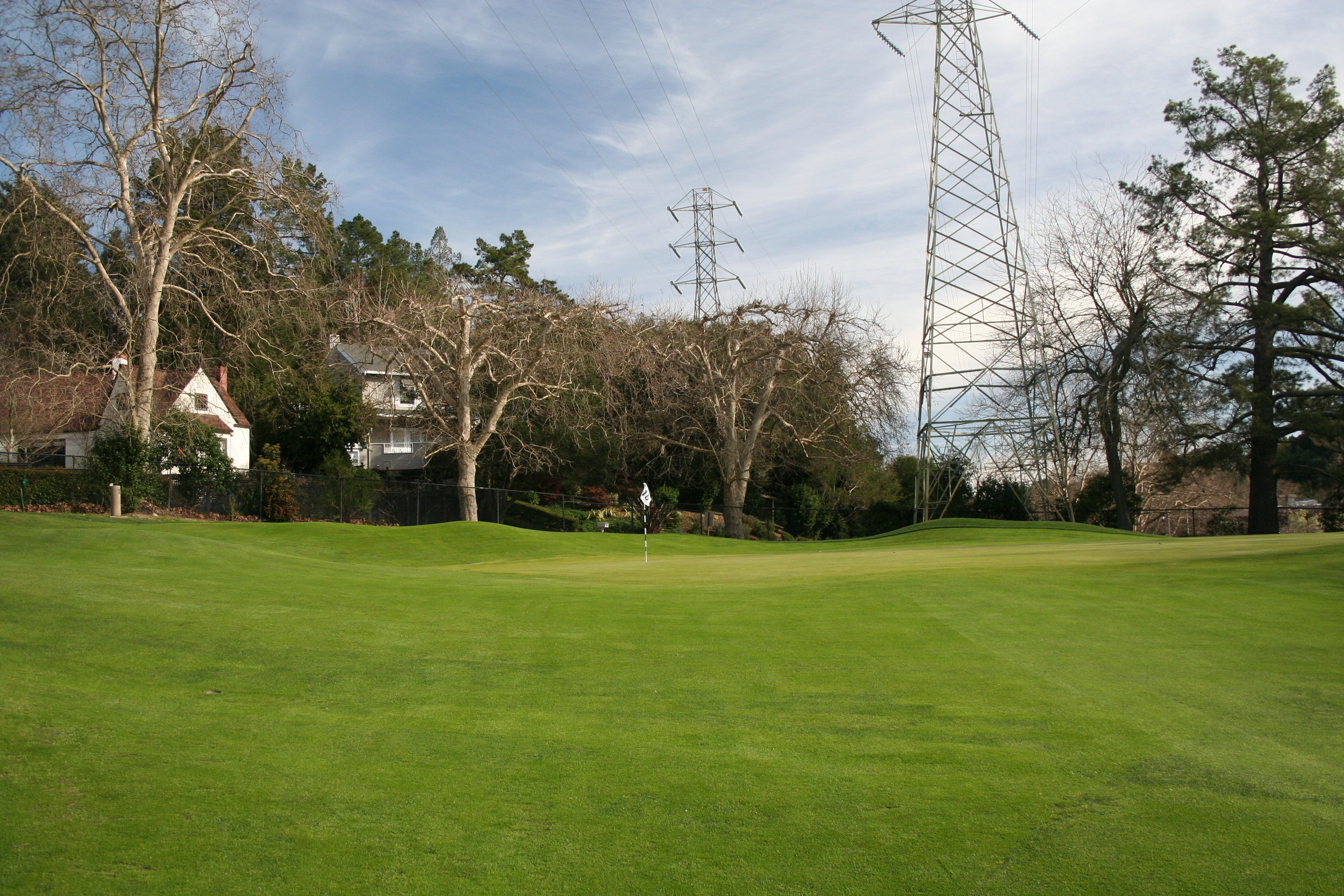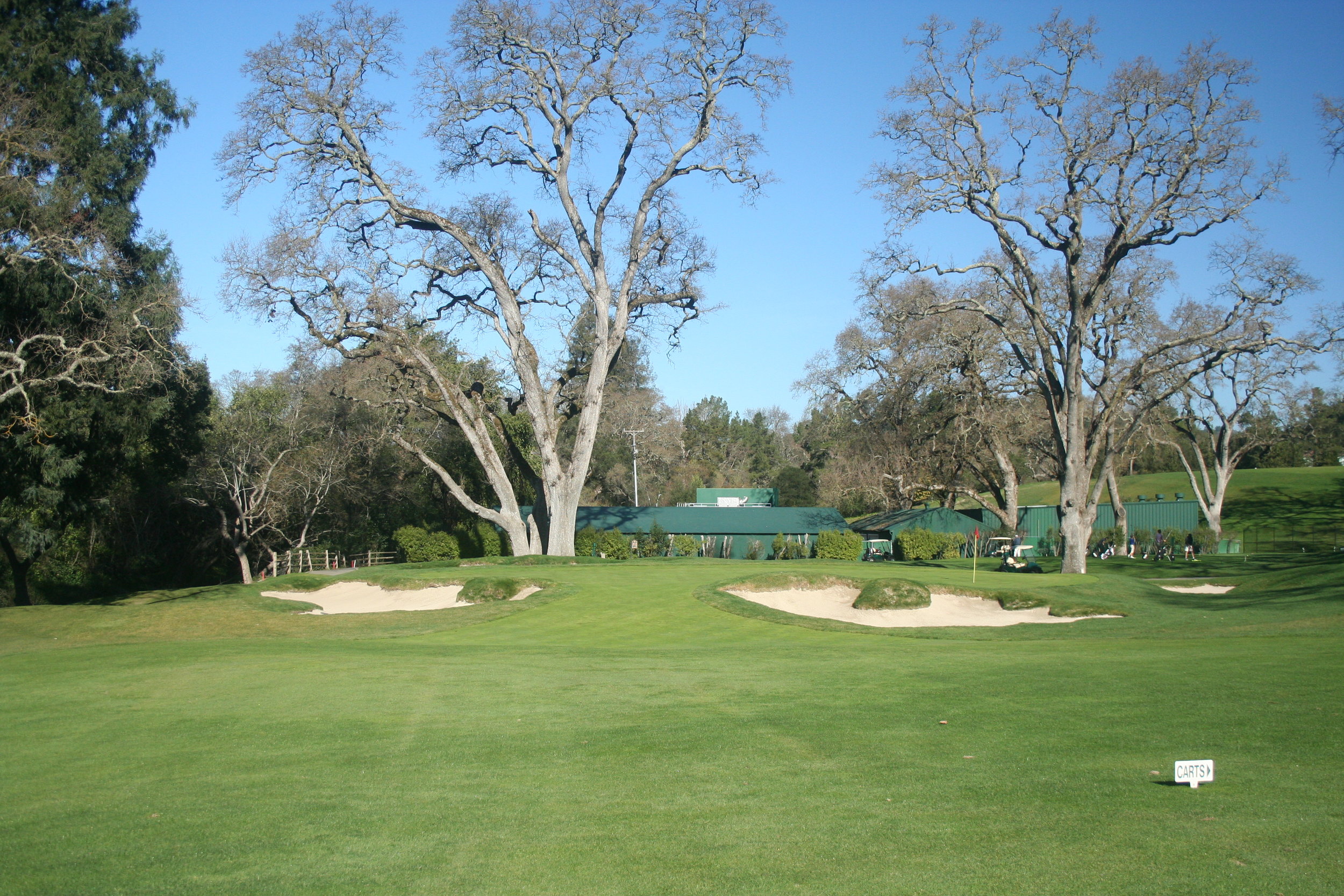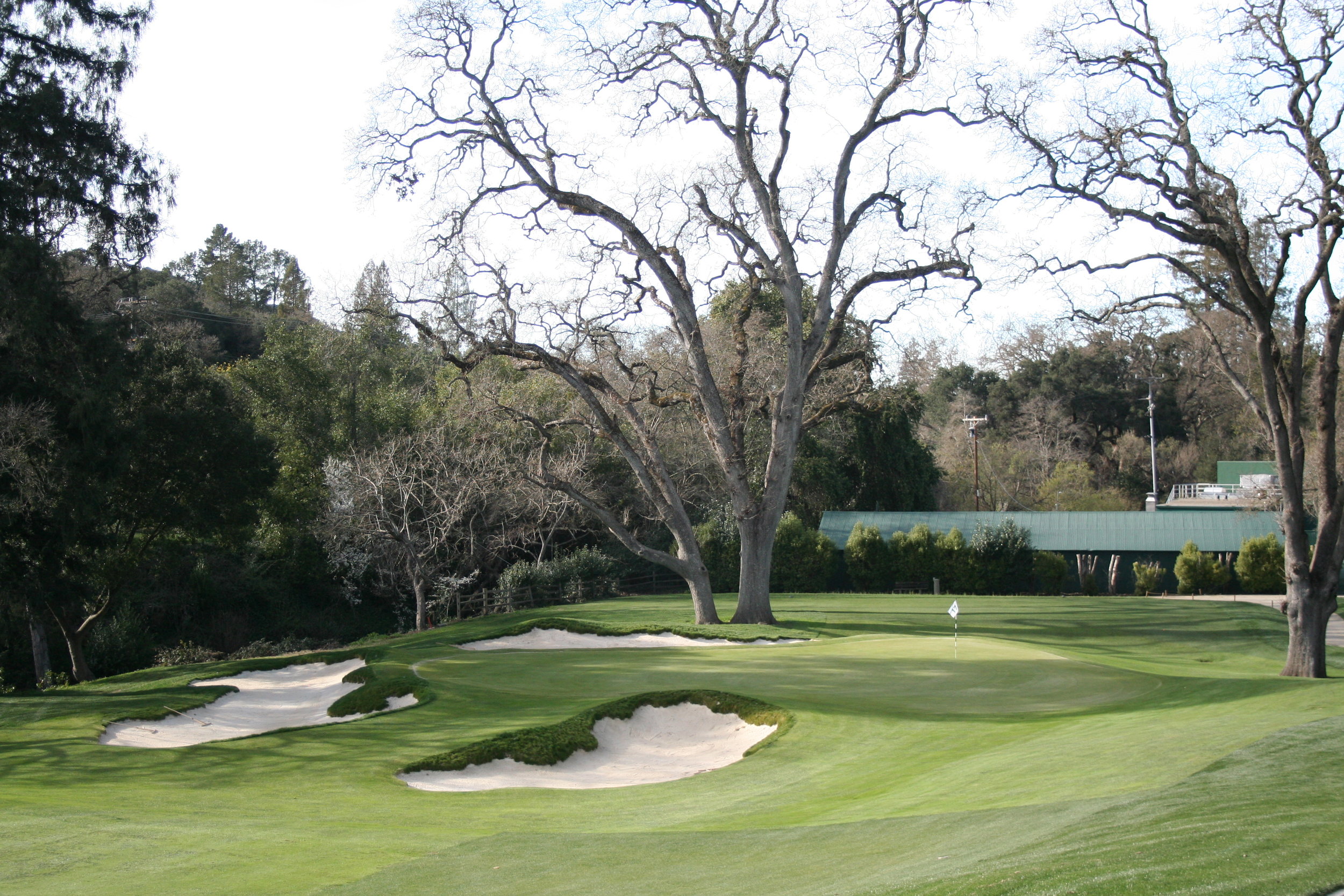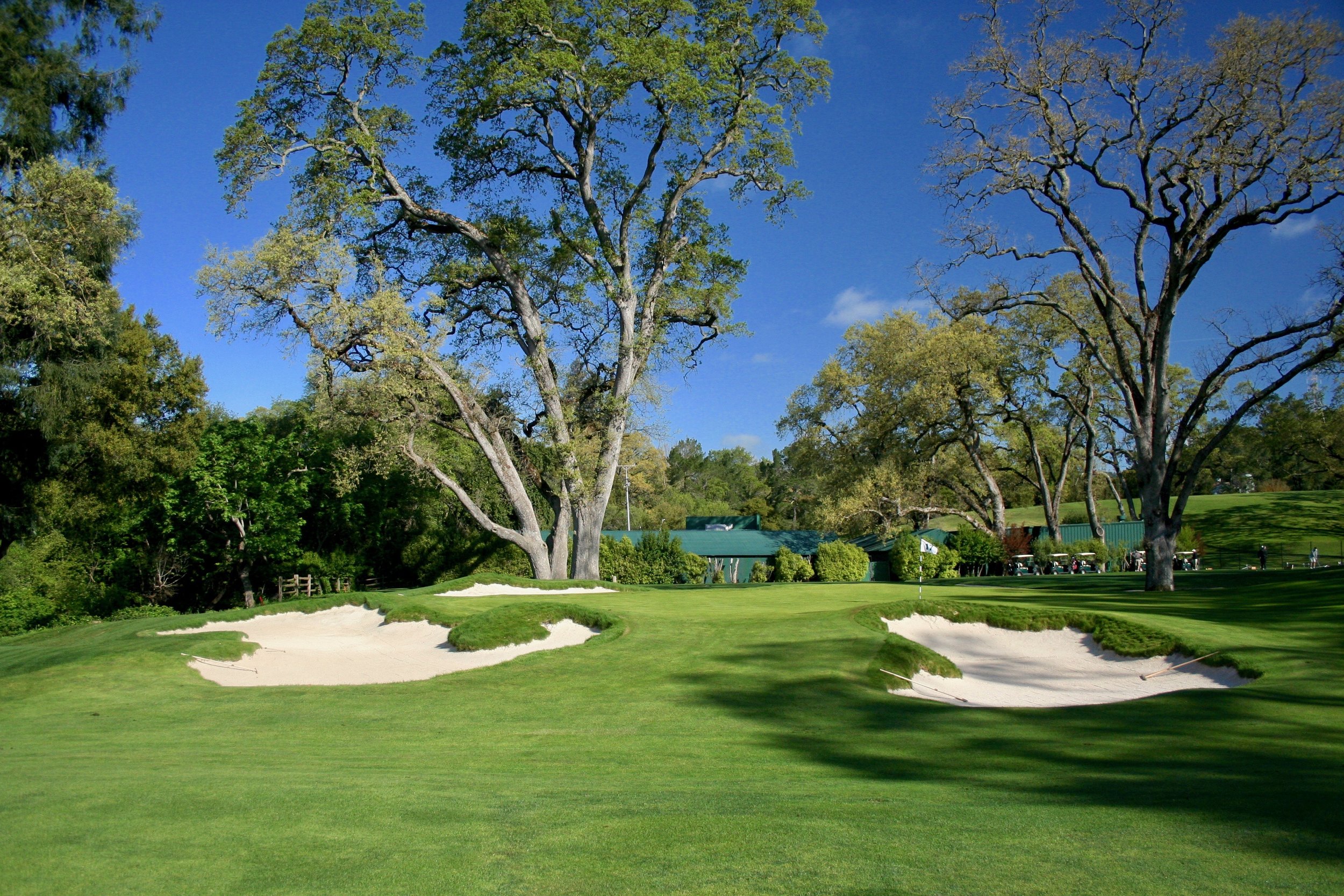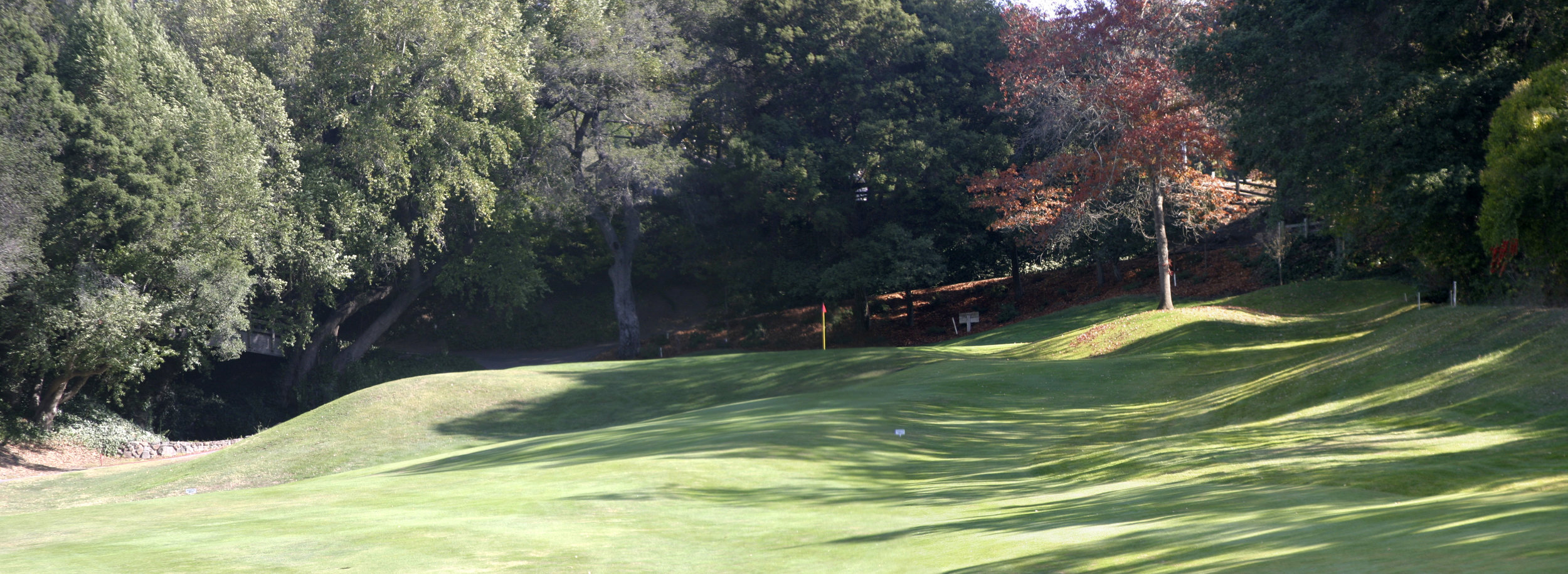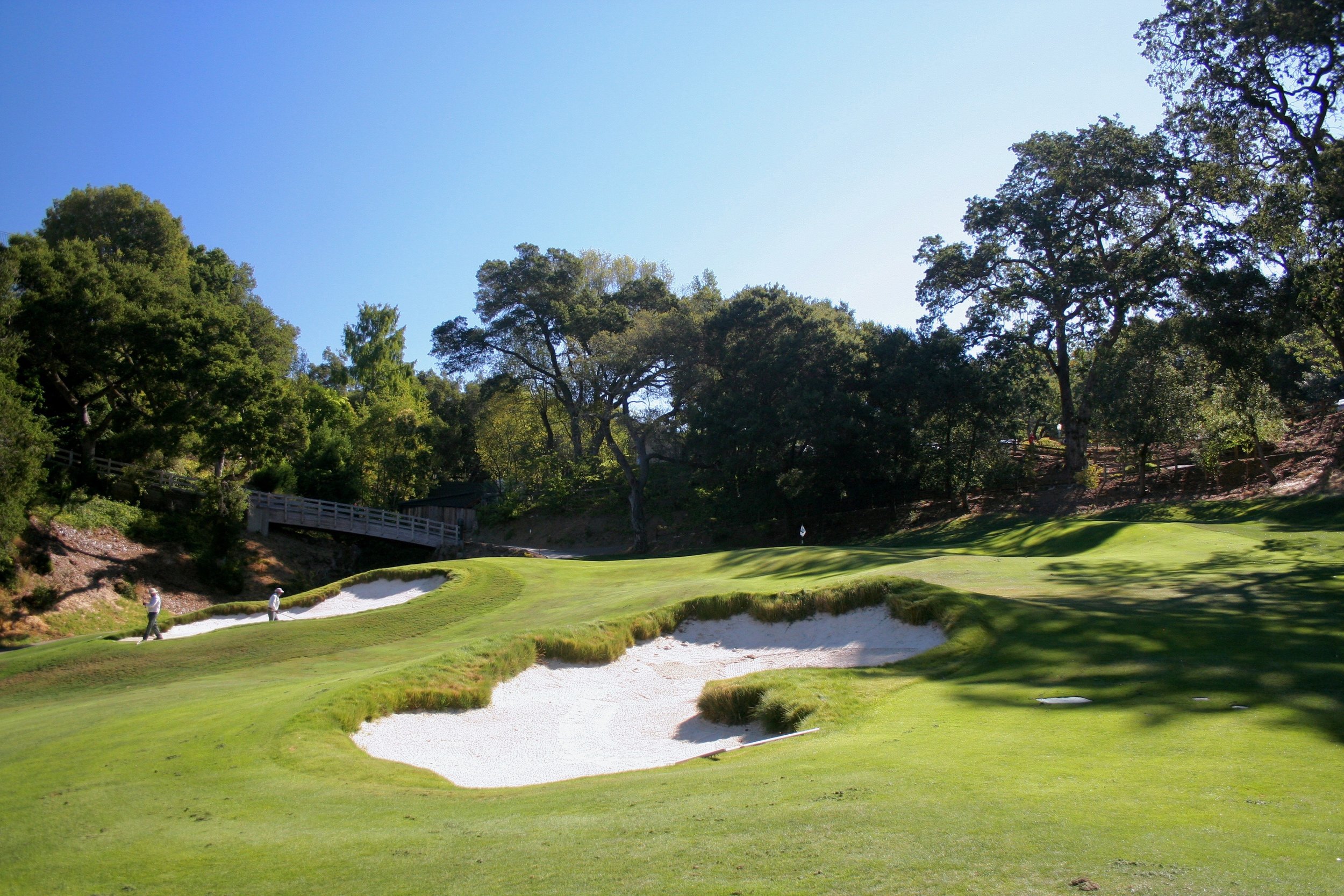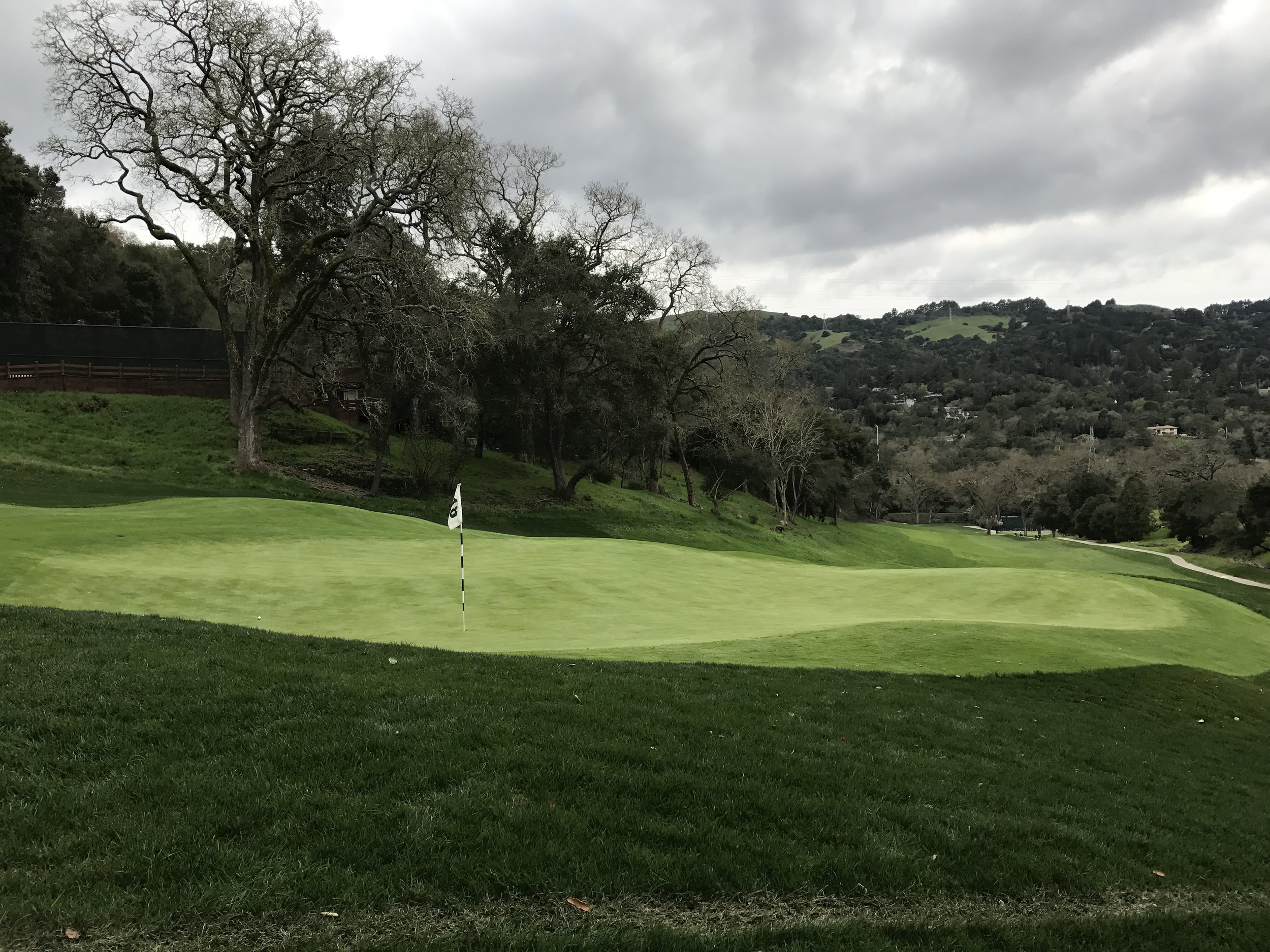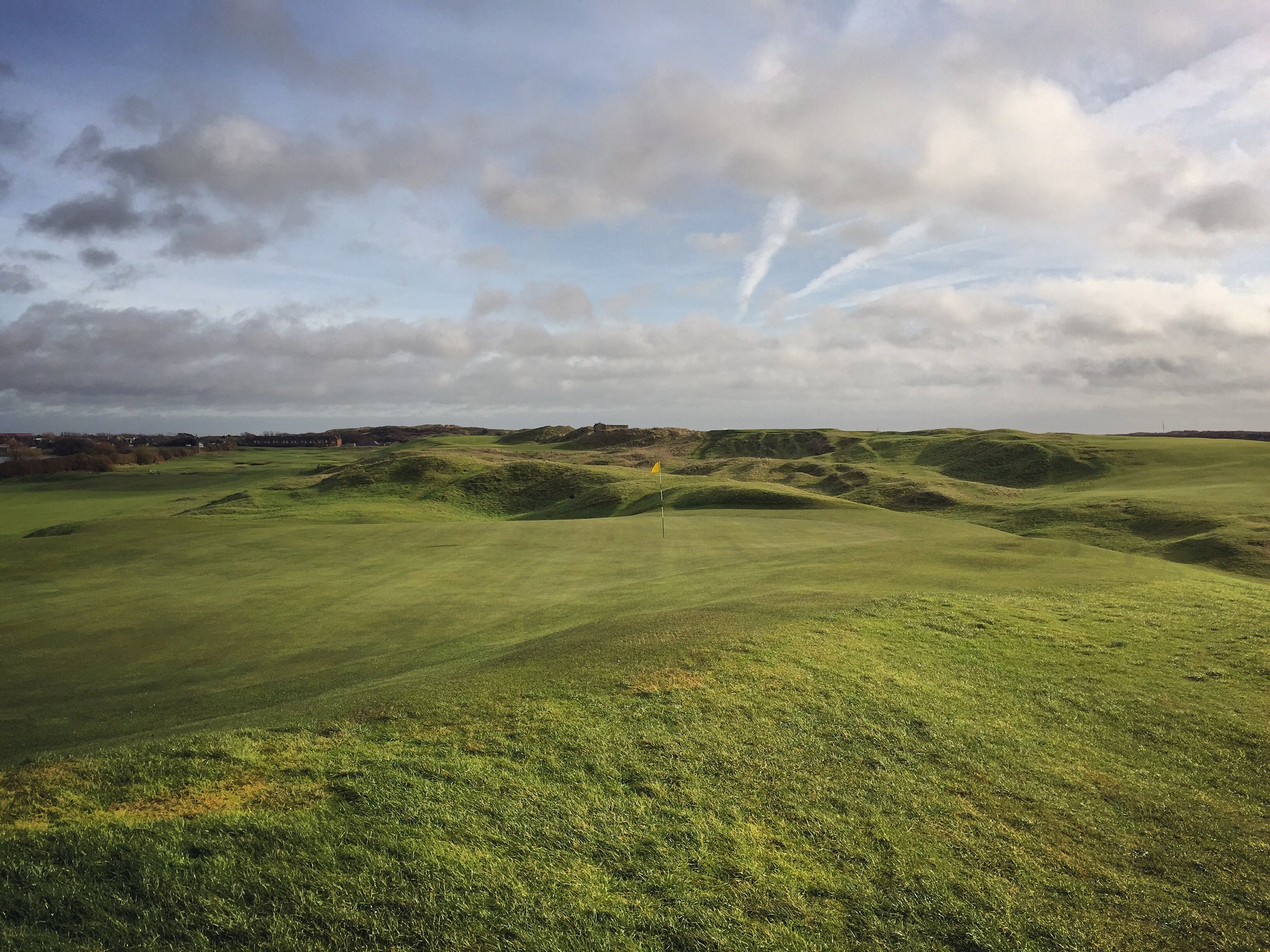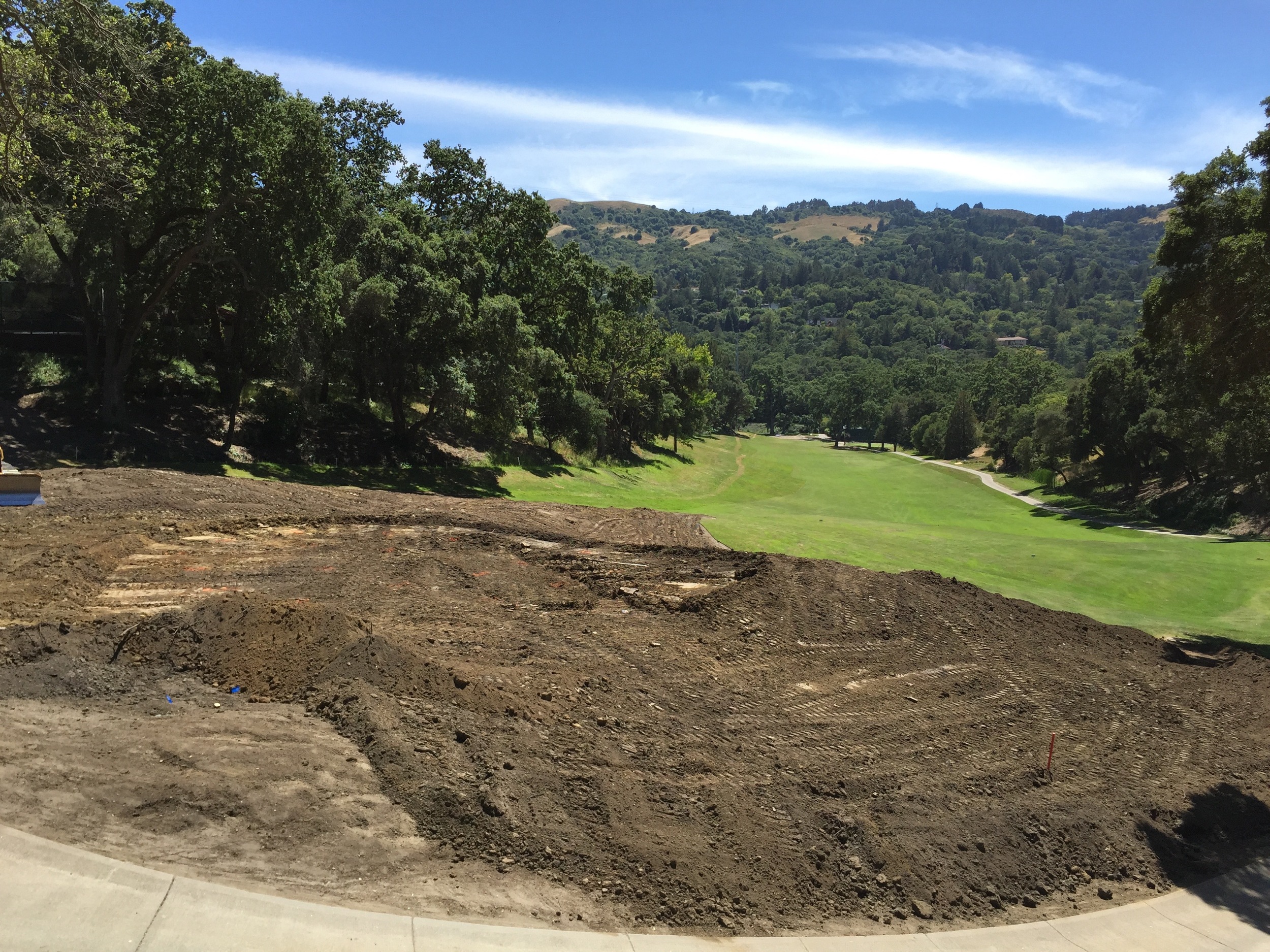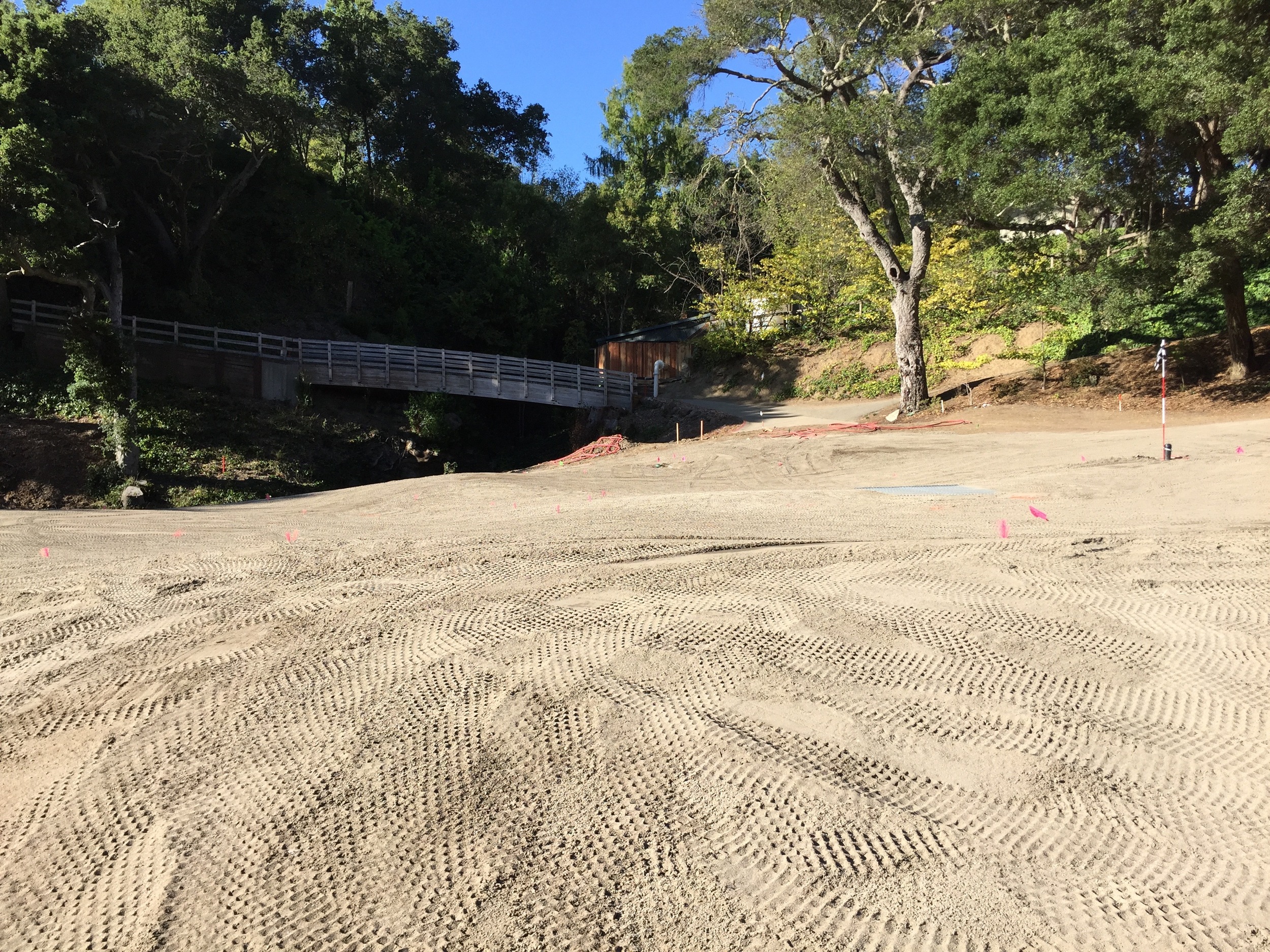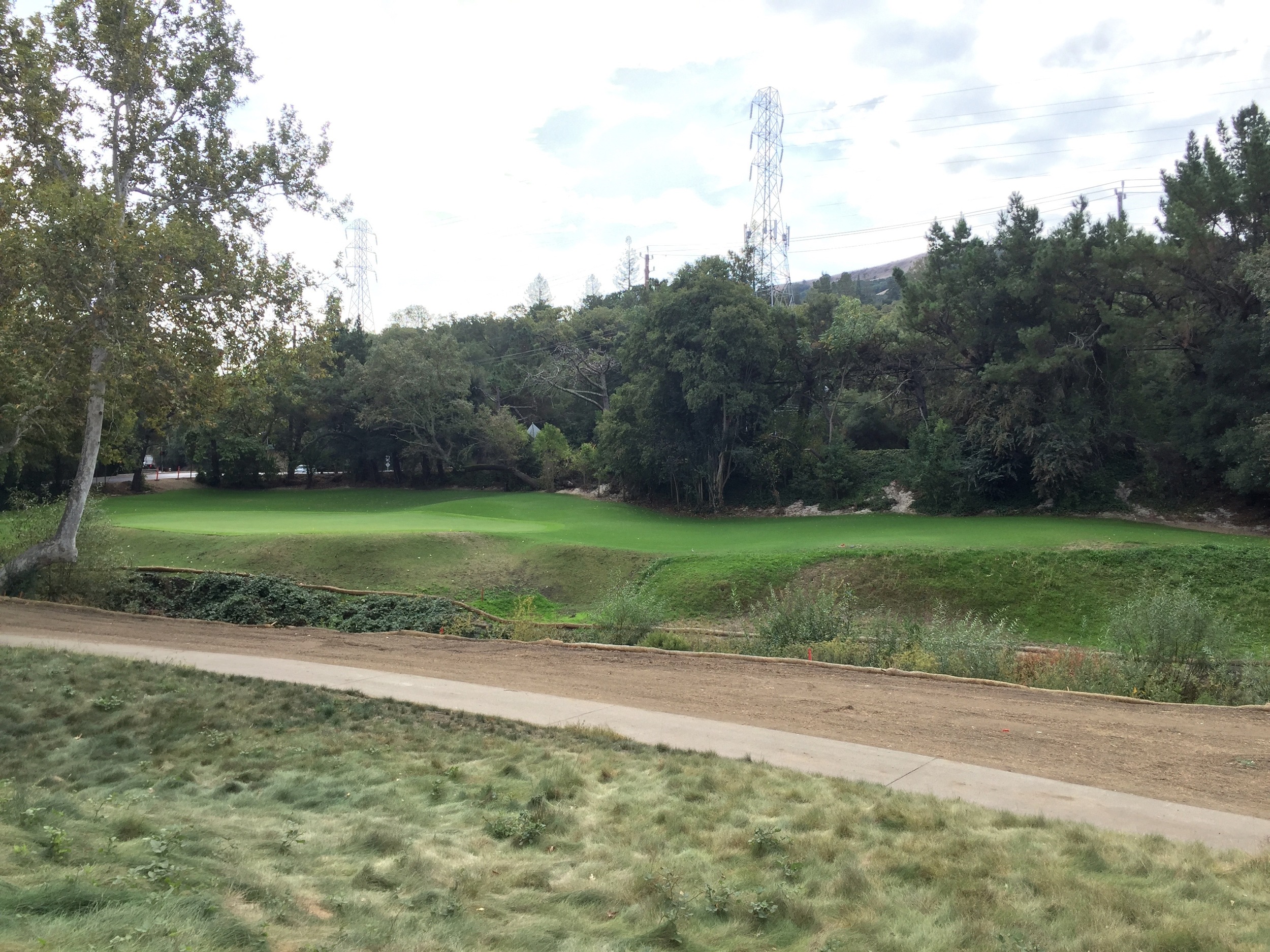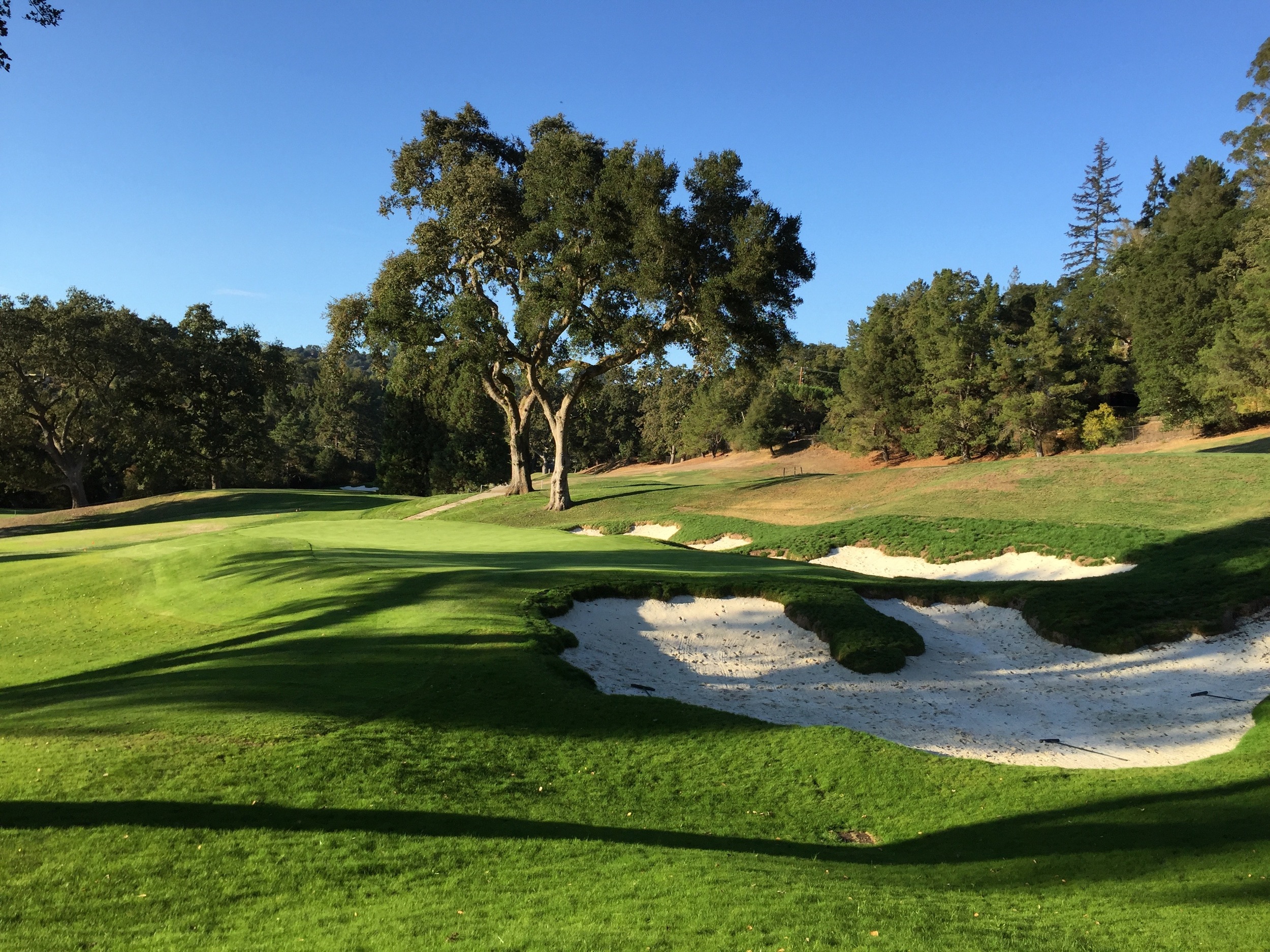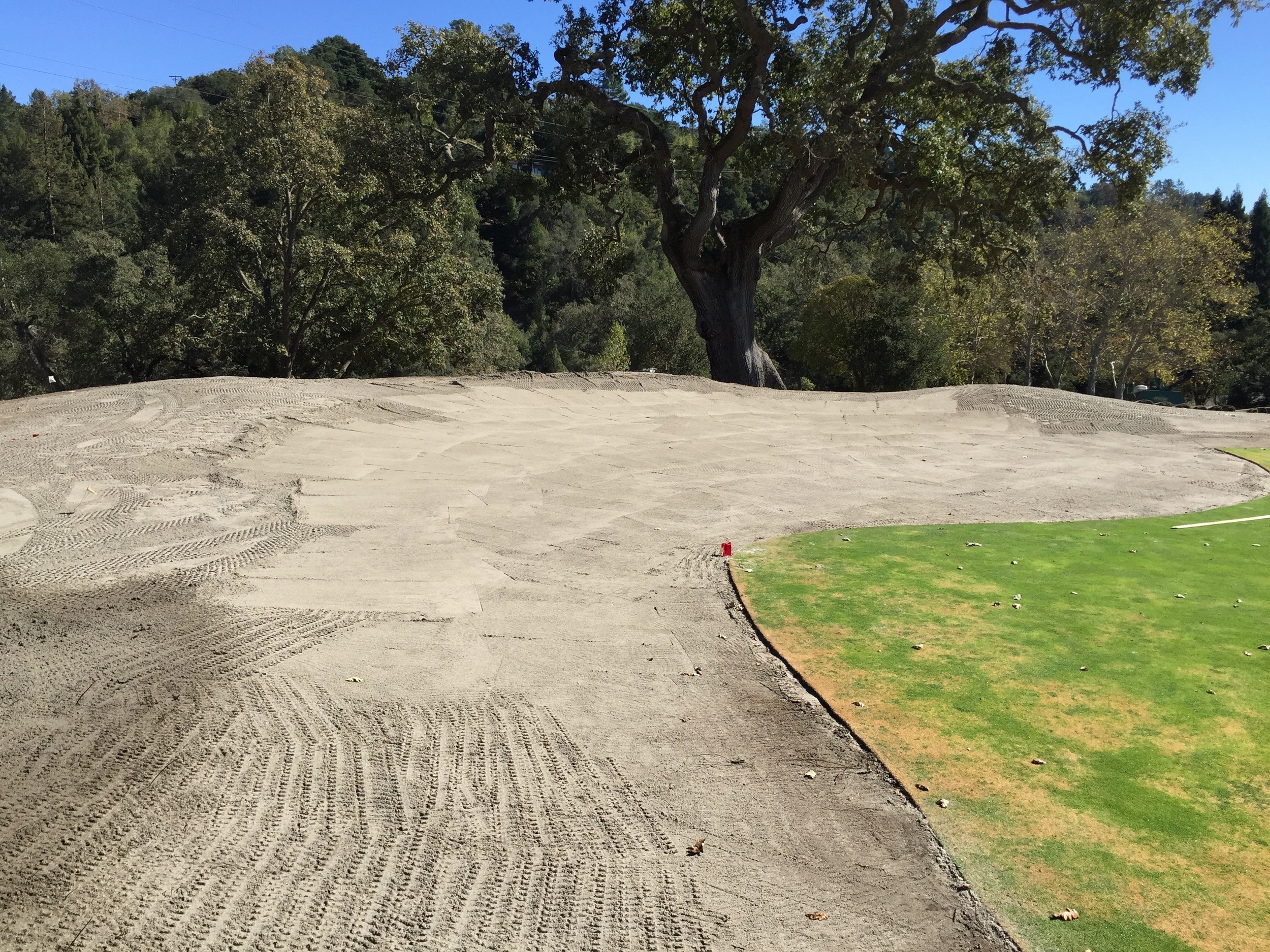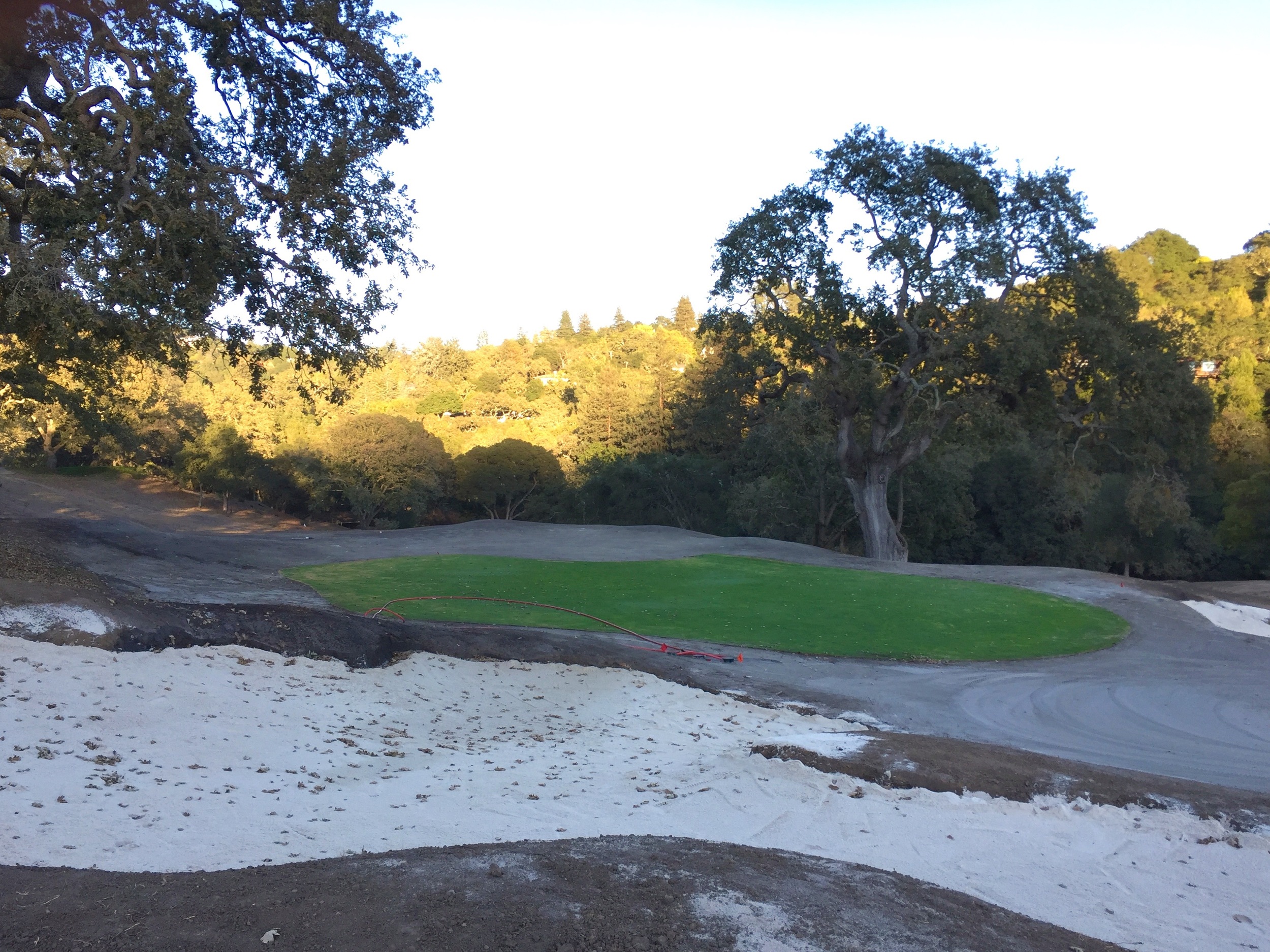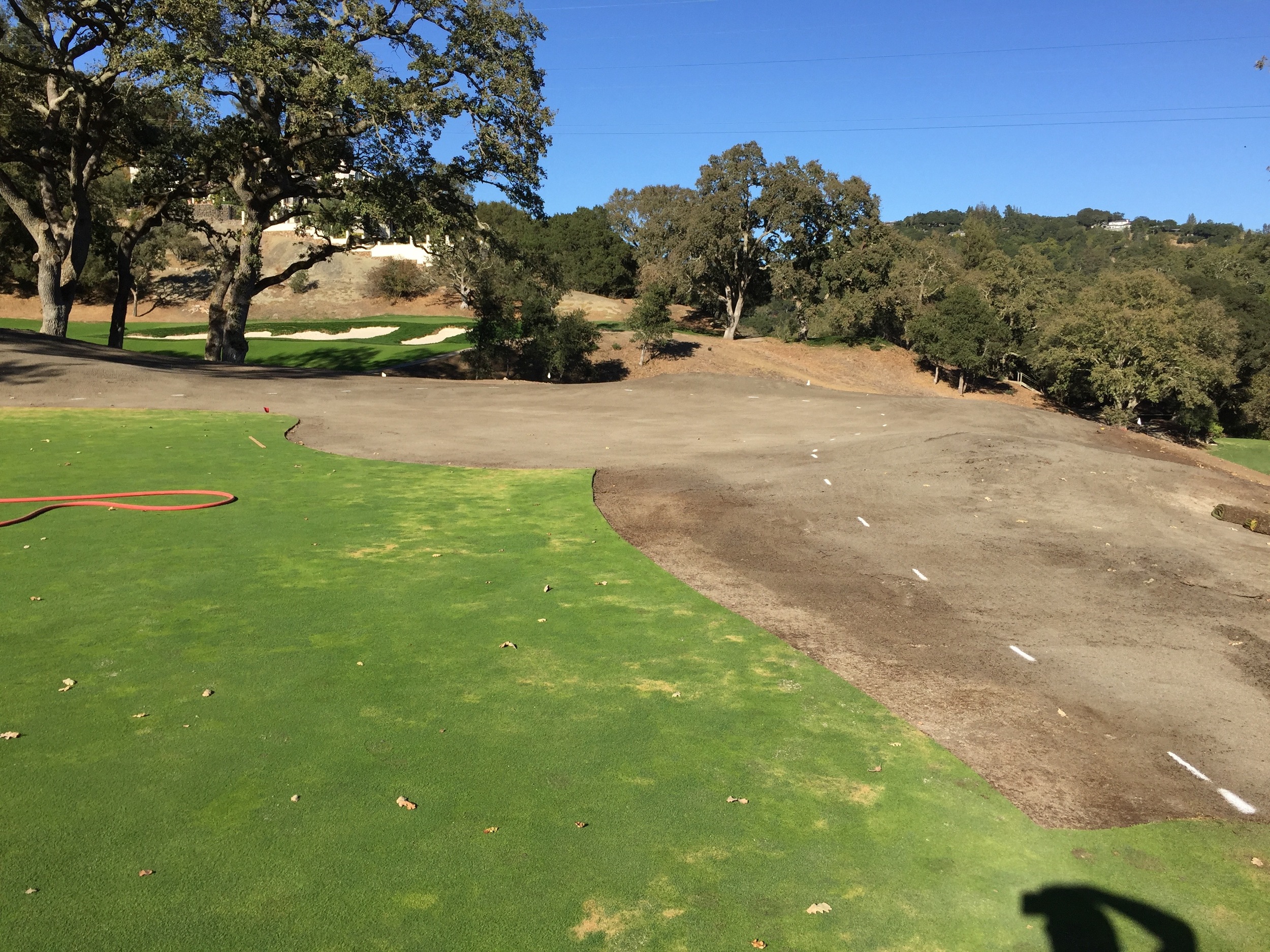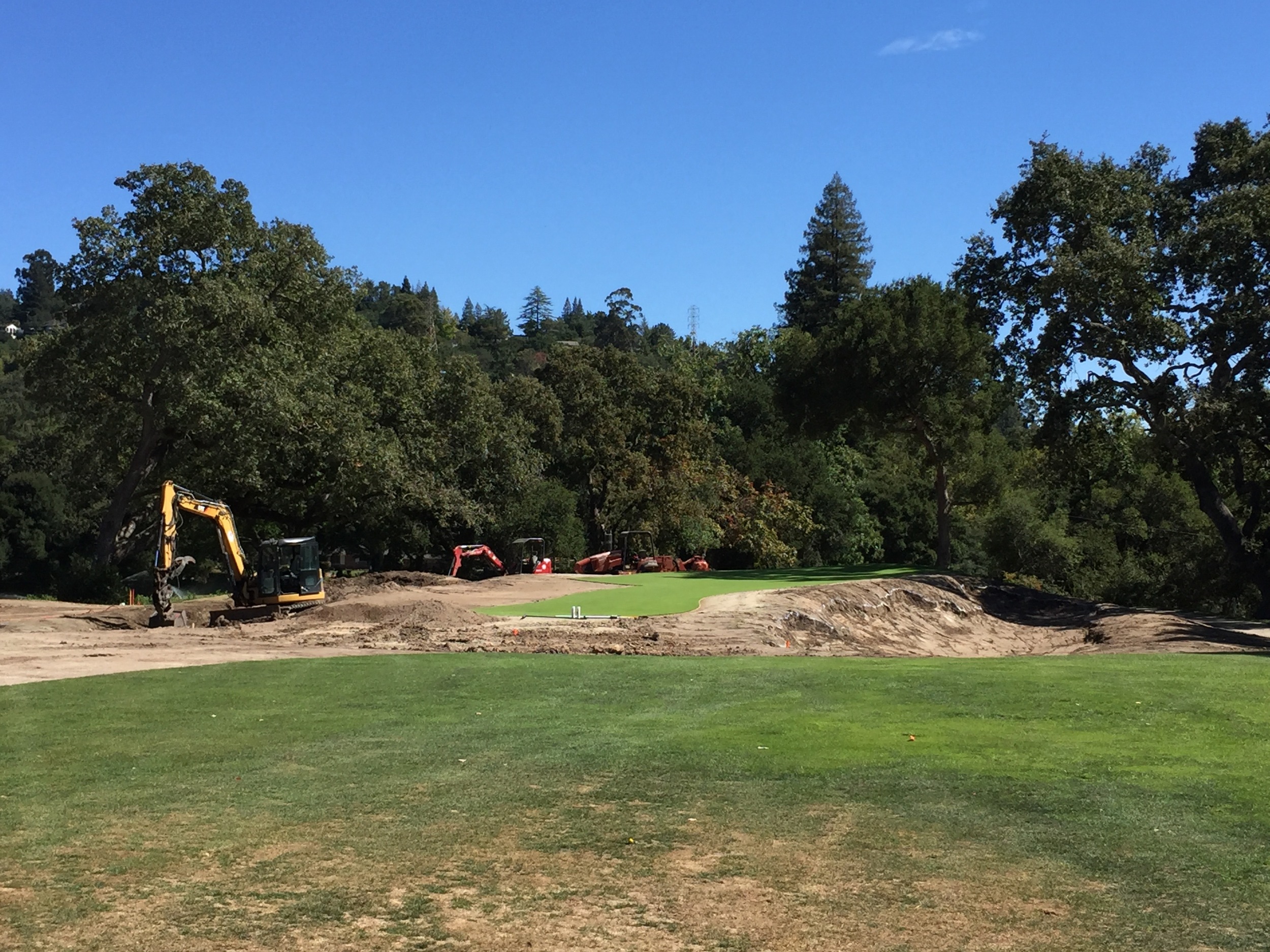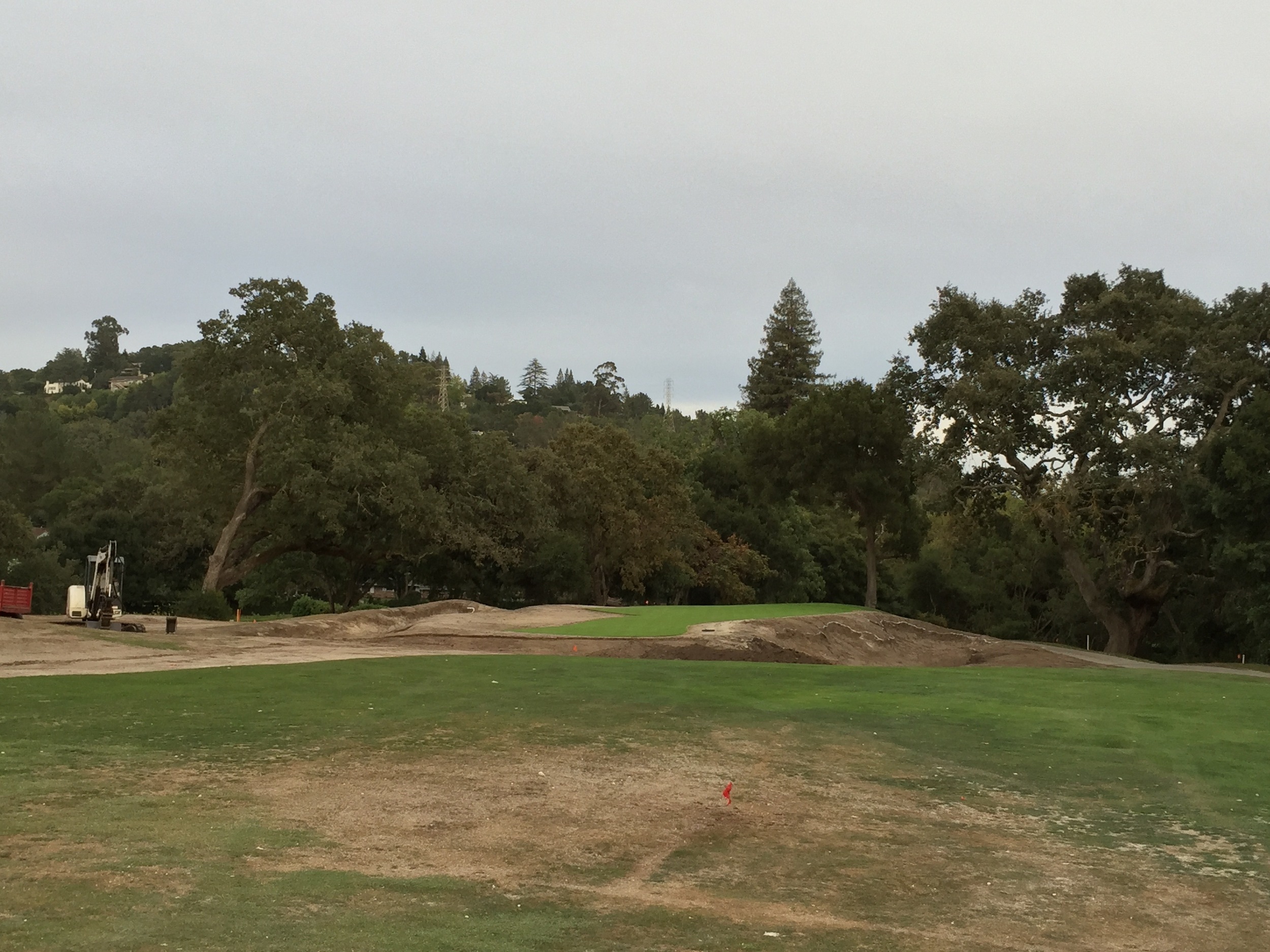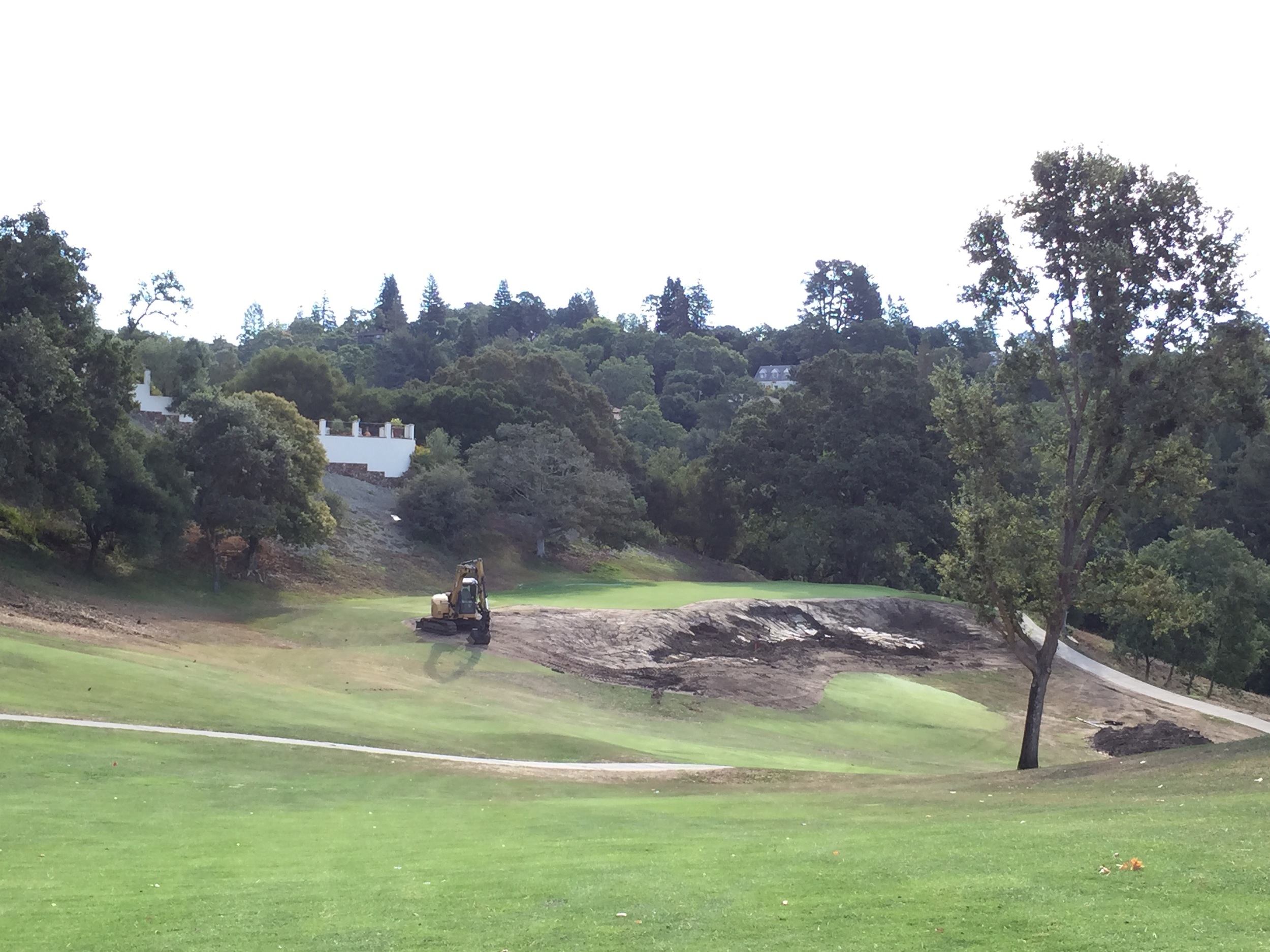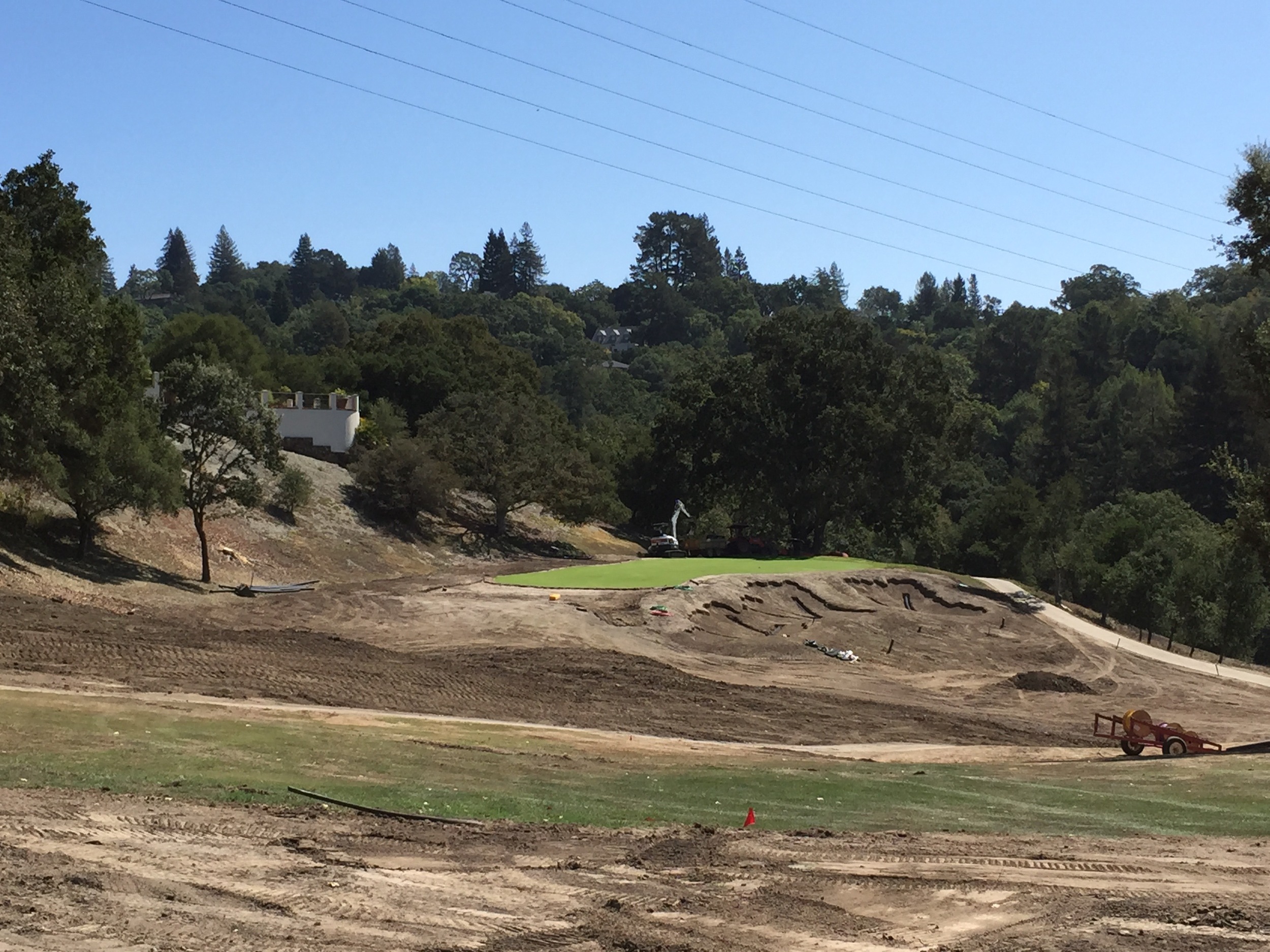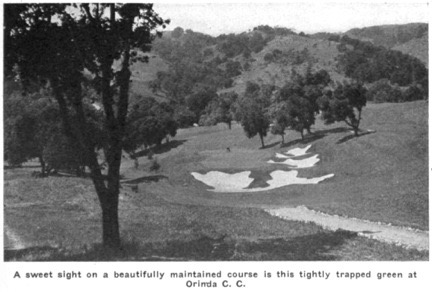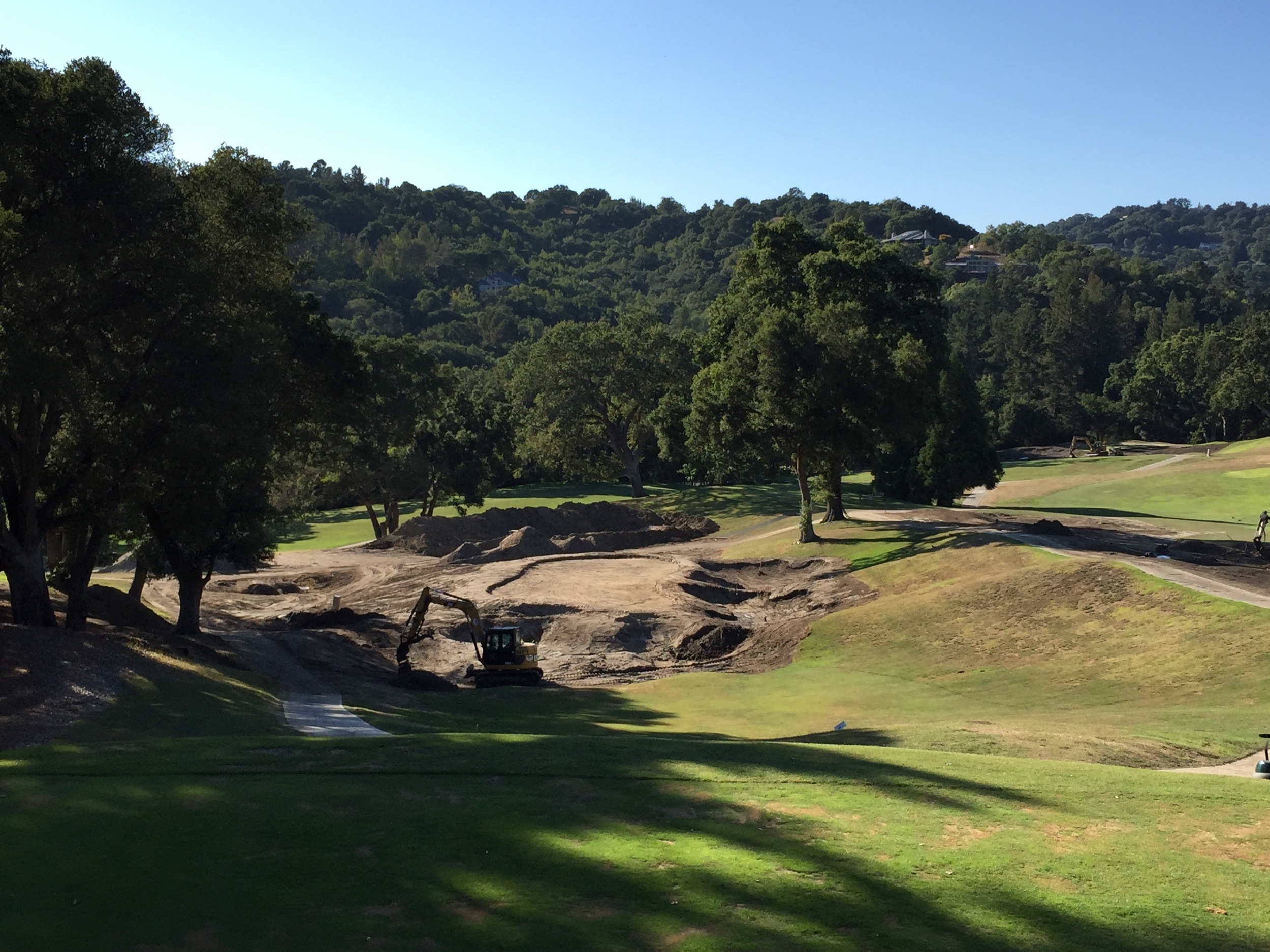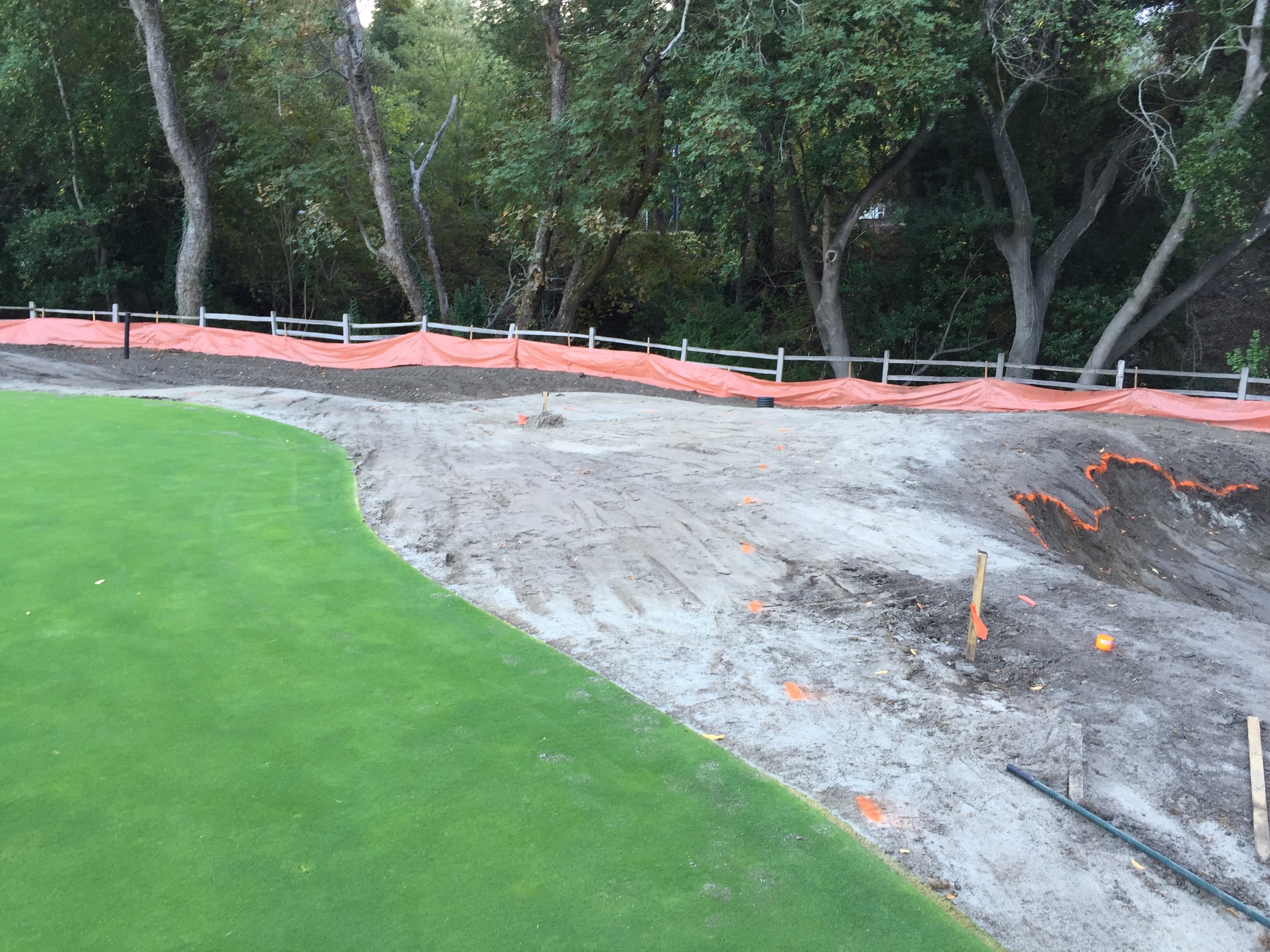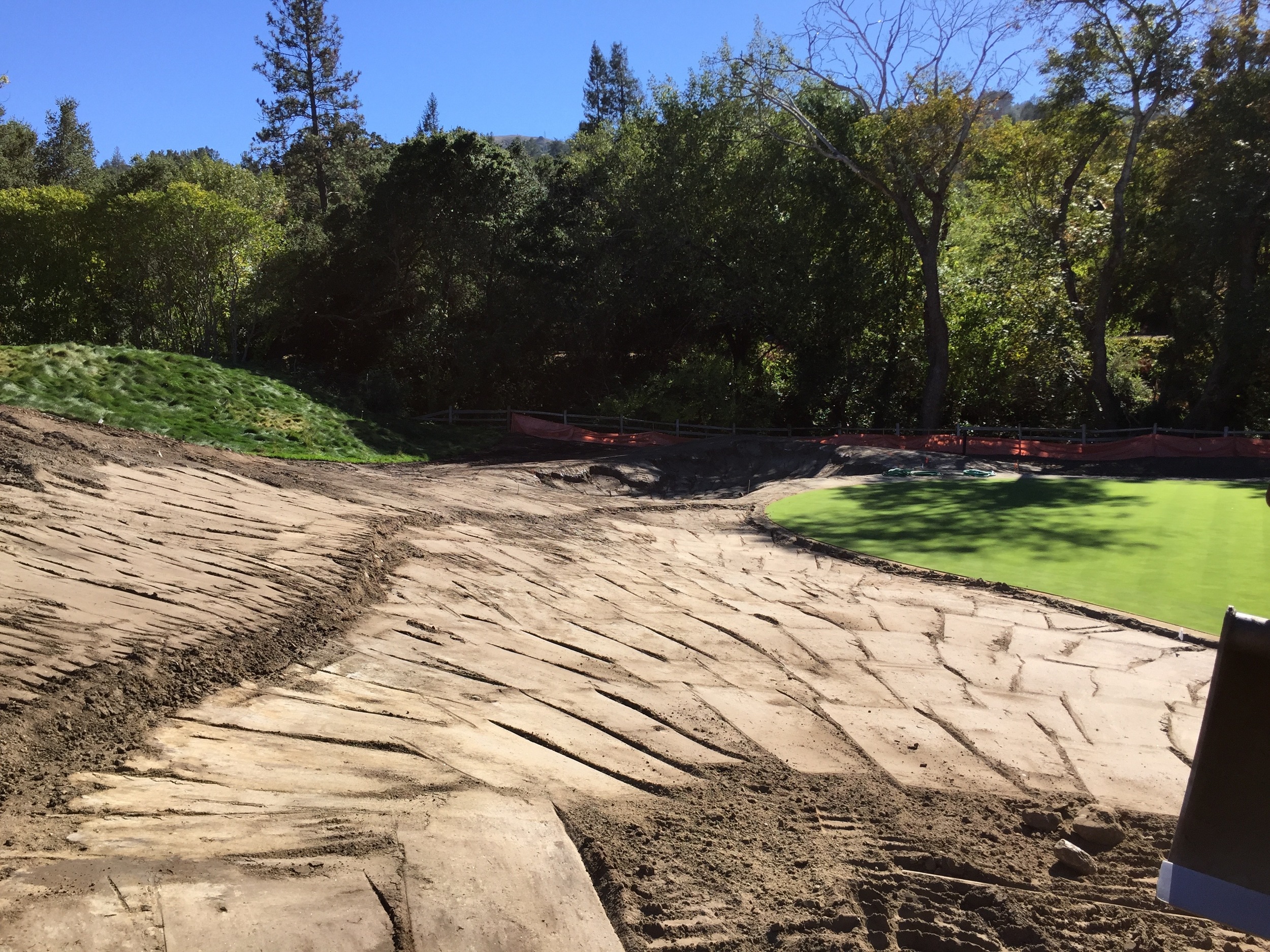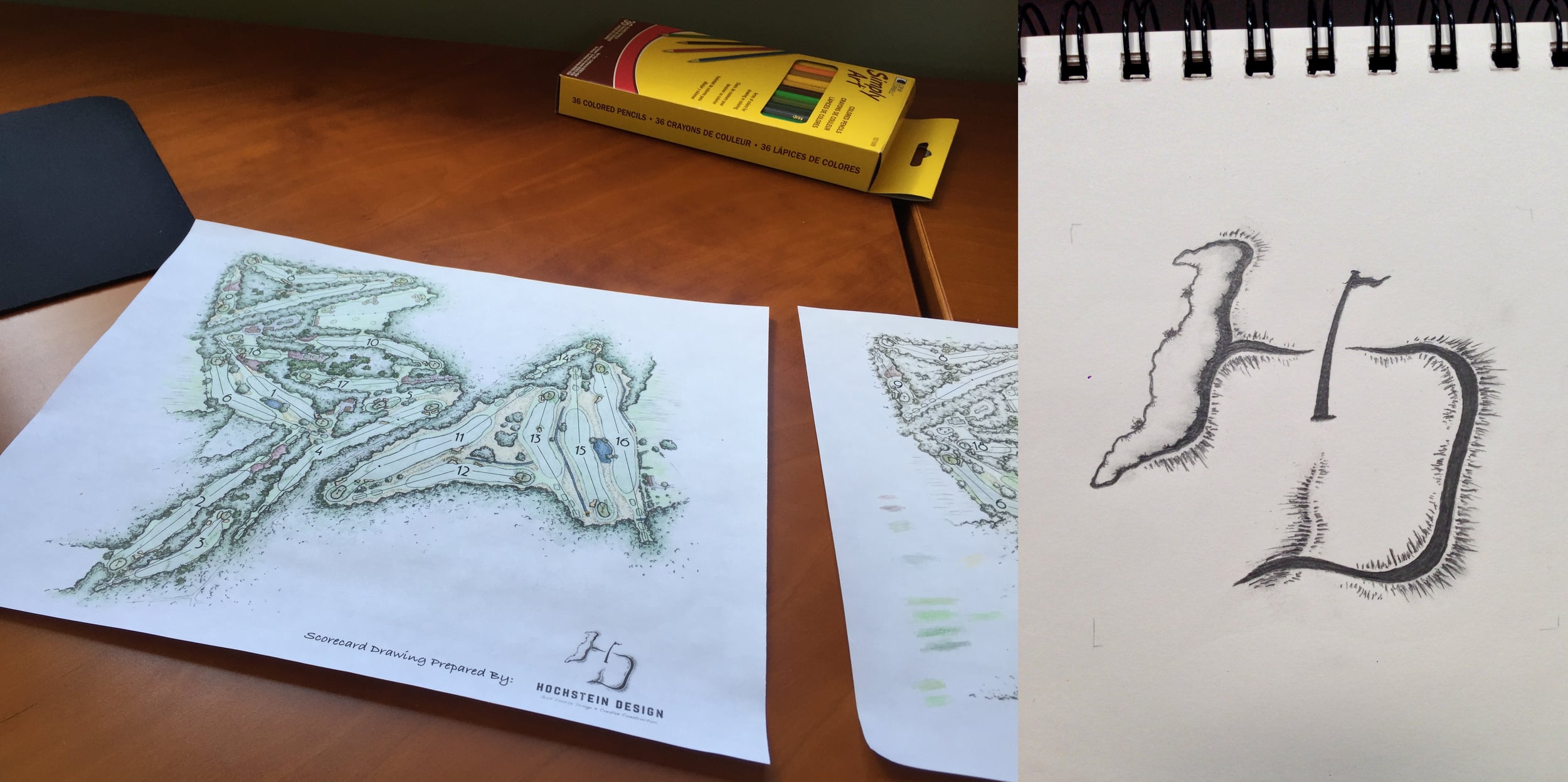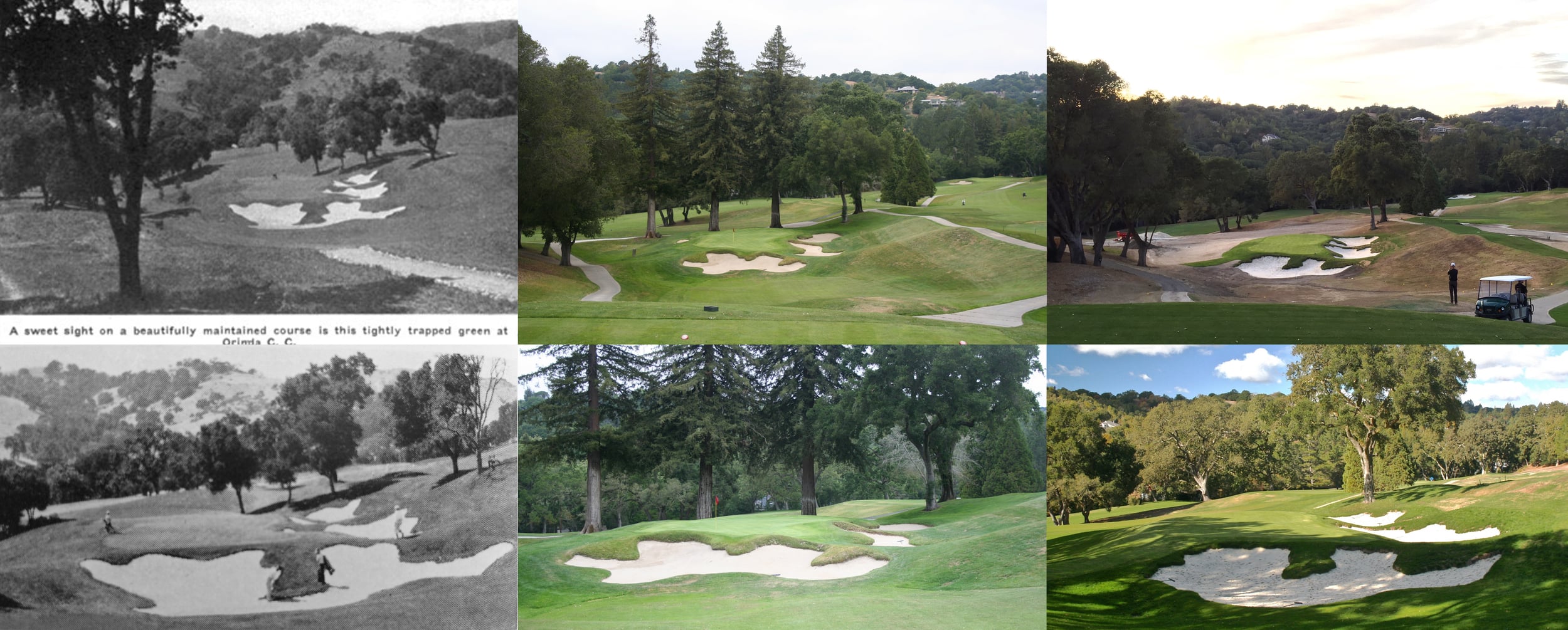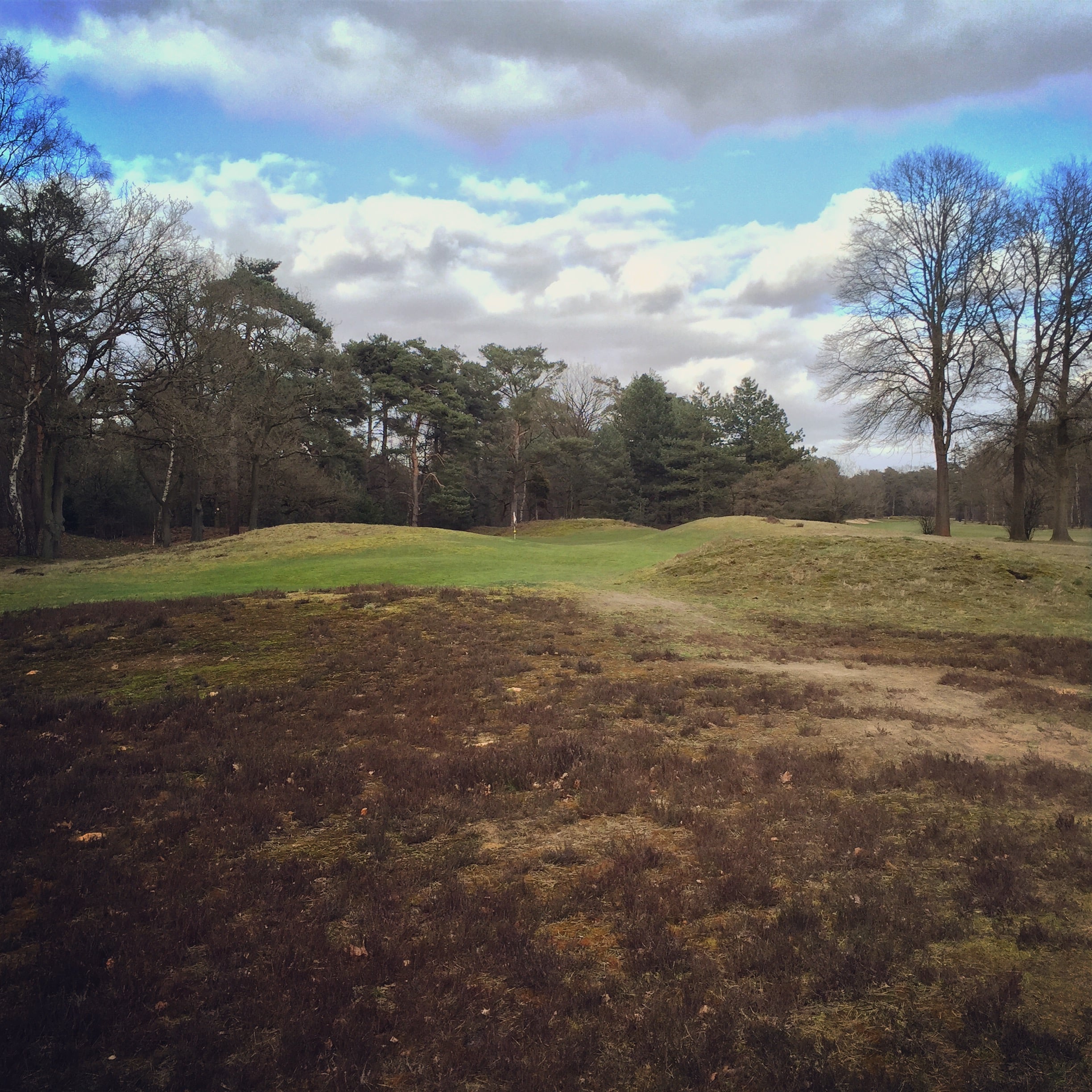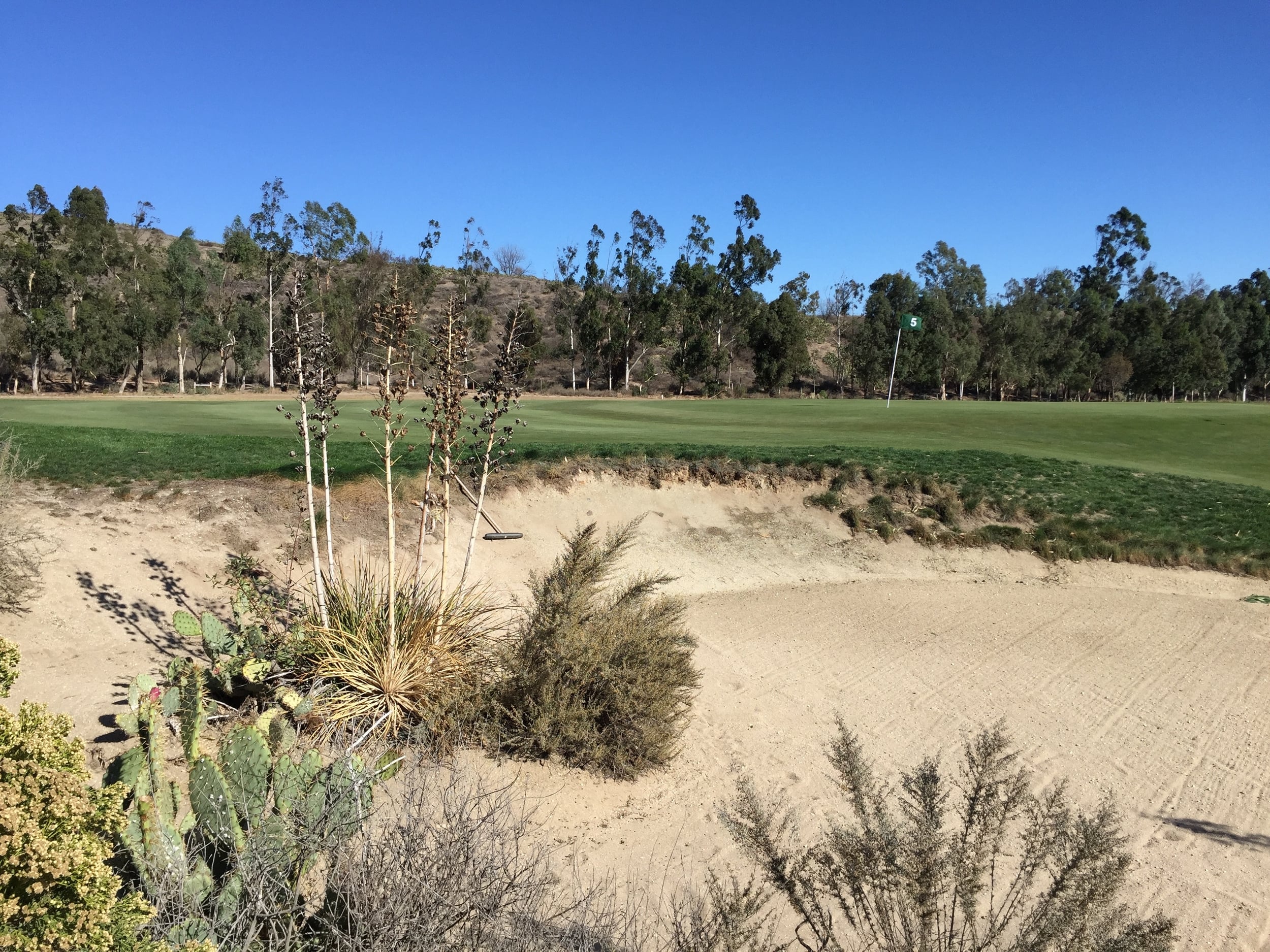The 6000 year old standing stones of the Machrie Moor were one of the coolest things I encountered this year. The sheep were fun to hangout with, too.
This year I am trying something new and breaking up this annual post into three parts. This first one focused on the work that we did both out in the field and back in the office. The third part will be a commentary and analysis of all the new courses that we studied and played in 2017. This second part though is a bit of fun diversion from just golf. This segment is all about the complementary pieces that help make the year what it was, from the culture of the places we visited to the music listened to while digging a bunker to other non-golf things that we find passion in. Let's begin with a look at our favorite towns we visited this year...
Favorite Cities
1. St Andrews, Scotland The Home of Golf might be my favorite place in the world, and it was amazing to return after being away for 7 years. This was my first time there in summer, so it was fun to mingle and connect with other travelers from around the world, including the caddies from the LPGA tour and some golfers who just happened to be from the area that I grew up in Michigan.
2. Edinburgh, Scotland Edinburgh is a great old city and also one of my favorite places. In many parts, it feels like stepping into a movie or storybook with its old stone alleyways, church spires, and Castle set up on a giant outcropping. This time around I had the fortune of checking out the Bruntsfield Links, one of the earliest commons where golf was played. Today it is a park as well as a pitch and putt still enjoyed by many people.
3. Saratoga Springs, NY The famous horse racing town north of Albany is full of charm with myriad shops, restaurants, and bars. I'd love to come back and check out a race sometime, as the track and grandstand look as if from a different era.
4. Huntington Beach, CA I usually like to stay in Huntington Beach while working at Santa Ana, as the beach, restaurants, and Tuesday Market Night provide fun options for the evenings.
5. (Tie) Sylva, NC An old mill town 45 minutes west of Asheville, this is a pretty cool enclave in southern Appalachia. The vibe of the place is very much about enjoying the outdoors, and Innovation Brewing, which is set right on top of the river running through town, is a great spot to try a wide variety of experimental beers as well as enjoy live music.
5. (Tie) Lakeland, FL Lakeland has a nice downtown with an older feel not found much around Florida. The lakes and ponds nearby add another element and provide for some nice walks.
Favorite food by Place
Sylva, NC - North Carolina BBQ
Huntington Beach, CA - Barbacoa Street Quesadilla
Cockeysville, MD - House meal with the client
Redlands, CA - Steak Colorado Burrito from El Burrito. Fresh home-made tortillas are the way to be.
Scotland - Haggis! Always haggis...
Favorite Sights Seen
This is a bit lighter this year, as I made the most of my time on the road this year, spending it on the job site, golf course, or meeting place. There was little time for extracurricular sight-seeing, but I managed to squeeze in a few pretty good ones.
1. The Machrie Moor Standing Stones. Shiskine, Arran, Scotland. This was cool beyond words. The trail to get here goes through a few sheep farms and up and over a hill and through the ever-increasing moorland. When I got to a grassy opening, there were some sheep grazing in the middle of some ancient stones embedded into the earth. This was cool in itself, but when I looked a bit further past a couple of trees and into the open moor, I could see the giant stones out there, isolated and sticking straight up in the vast landscape. Just then, the sun dipped beneath the clouds, first lighting up the 6000 year old stones and then forming a rainbow over top of them, as if on cue. Amazing.
2. The Rose Bowl. Pasadena, CA. Go ahead and insert your joke about Michigan football here, but I had never been, so I thought I would make a pit stop on the way to Redlands and check it out. What a cool setting, and a very lively active neighborhood as well with hundreds of people walking, jogging, and biking.
The color and texture of Bok Tower is much more impressive when viewed up close.
3. Bok Tower and Gardens. Lake Wales, FL. On my way from Lakeland to Orlando, I checked out some old public courses at Kyle Harris's suggestion and hoped to sneak a peak at Mountain Lake, the Raynor course restored by Brian Silva. I found out it was totally gated, so I decided to go check out the Bok Tower and Gardens instead. That turned out to be a good decision. The gardens are a neat piece of landscape architecture, and the tower, which sits on one of the highest points in Florida, is much more colorful and elegant when viewed up close, especially in the late day golden light.
MUSIC
Anyone in this business who spends a lot of time in a machine out in the field knows how valuable a companion the art of music is. It is easy as well to draw parallels between the two, a great golf course acting as a great album with the component pieces--the holes and songs--standing individually while contributing to the work as a whole.
This year was a return to some really great music discovery. Like favorite courses and holes you will see in Part 3, many of these albums and songs below could be interchangeable, but they give a general idea of what I really loved and had resonate within me. Here are some of my favorites while making it all happen from the dozer seat or, moreso this year, the office chair or car/plane/train seat.
Best Albums
1. Age of the Sun - The Sunshine Fix
2. God Shuffled His Feet - Crash Test Dummies
3. New Magnetic Wonder - The Apples in Stereo
4. Bigfoot - Cayucas
5. Teens of Denial - Car Seat Headrest
6. Whiteout Conditions - The New Pornographers
7. Venus and Mars - Wings
8. Antisocialites - Alvvays
9. Hit the Highway - The Proclaimers
10. Heartworms - The Shins
H.M. Alvvays - Alvvays; Human Ceremony - Sunflower Bean; Lola vs. Powerman - The Kinks; Pink Hearts, Yellow Moons - Dressy Bessy; The Life Pursuit - Belle & Sebastian
Best Songs
1. "God Shuffled His Feet" - Crash Test Dummies
2. "7 Stars" - The Apples in Stereo
3. "Fantasy Island" - The Shins
4. "Digging to China" - The Sunshine Fix
5. "In Undertow" - Alvvays
6. "Magneto and Titanium Man" - Wings
7. "Afternoons and Coffeespoons" - Crash Test Dummies
8. "Age of the Sun" - The Sunshine Fix
9. "Clockwise" - The New Pornographers
10. "Skyway" - The Apples in Stereo
11. "Cayucos" - Cayucas
12. "Fly" - Meadowlark
13. "Destroyed by Hippie Powers" - Car Seat Headrest
14. "Whiteout Conditions" - The New Pornographers
15. "Drugs with Friends" - Car Seat Headrest
16. "Dress up in You" - Belle & Sebastian
17. "Cherry Hearts" - The Shins
18. "Archie, Marry Me" - Alvvays
19. "I Got You" - Split Enz
20. "In a Drawer" - Band of Horses
H.M. "Postcards" - Meadowlark, "The More I Believe" - The Proclaimers, "Lost in a Crowd" - Woods, "Witchi-Tai-To" - Brewer & Shipley, "Holding On" - The War on Drugs, "Creature Comfort" - Arcade Fire, "High School Lover" - Cayucas, "The Agency Group" - Alvvays, "Easier Said" - Sunflower Bean, "Ma Blonde est Partie" - Amadee Breaux
Bonus New Podcasts Section
Since I have participated on one of these, I am refraining from numerical rankings this year and instead an alphabetic listing.
- The Allusionist
- Attack Each Day: The Harbaughs' Podcast
- Criminal
- The Fried Egg
- Ways of Hearing, a Showcase by Radiotopia
And a special shoutout to the "Club Pro Guy" episode on No Laying Up. Anyone who lived through the heart of late 90s/early 00s golf needs to listen to this.
Non-Golf Experiences of the Year
If you can believe it, golf isn't the only important thing in life. Visits to special places, once-in a lifetime events, and time spent with your best people is a huge part of the picture. These moments contribute to personal happiness and indirectly serve as inspiration to what we do out on the golf course site.
A hockey arena, first and foremost.
1. The Final Game at Joe Louis Arena, spent with my dad. Anyone who knows me is aware that I am a die-hard Red Wings fan, even as their level of play slides downward. I was also a die-hard fan of their long-time home, Joe Louis Arena. As a kid who instantly fell in love with the Red Wings once I started watching in 1994, I was fascinated with their arena. The noise of the crowd, the white steel bars that gave it a ware-house-y feel, the endless banners, the blue rafters, the echoing voice of P.A. Budd Lynch, and the seats that went uninterrupted all the way to the top. It was pure hockey and pure sport. As other arenas around the league and other sports changed, ditching their older and more intimate digs for more spacious and expensive places full of "comfort and amenities," I began to love The Joe even more. I recognized it as a dying breed of stadia where going to the game and focusing on the action was the reason for attending. I liken it to golf and the shift away from simple, golf-only courses toward the "country club for a day" experience, which is more costly and often loses sight of the golf at hand. When I go to play golf, I just want to play golf. When I go to a hockey game, I want to focus on the hockey game. Besides the long bathroom and beer lines (which provided an experience unto itself, as it encouraged lively banter among the fans), The Joe was all about the main purpose of the day--watching hockey. Close seats with great sightlines, few frills, hockey-only decor, and a unique acoustic that would grow and wane unlike any other are what made Joe Louis Arena special.
There were many detractors of the place throughout recent years, calling it a "dump" and whatever else. But as the strong attendance and hoopla of the final season came to its climax on the final weekend and final night, the love that people had for this place and what the Red Wings achieved in it was utterly palpable. People spent all day around the arena that Sunday and mingled inside many hours before puck drop. It had the energy of a Stanley Cup Final game. This aspect is maybe what made me most emotional--the connection I had to the collective fanbase and their shared emotions on that day. And spending it all with my dad, whom I attended more games with than anyone, made it that much more special. It's a night I will never forget. Thanks for the memories, Joe.
2. Stopping off in Cupar, the town I lived in while at Elmwood, on my way to St Andrews. Not everything was positive while I lived there, especially as I left it. So it was great to take a long, sunny walk around and through all the streets and alleys, remember all the good things that I loved about this old stone-laden European town, and get a fish supper from Libo's, which is still my favorite chip shop in all of Scotland. Stop off at Libo's next time going through Cupar and get the fish or the haggis. Or both. I'd go with both.
3. Machrie Moor walk (see above)
4. Seeing the Grand Canyon for the first time with my wife. Much like golf courses, you really need to see it in person to appreciate this awe-striking space. We caught the last bit of sunset upon arrival, and the colors were unreal. Reds, oranges, purples, blues, and dark greens are all part of the palette in late day light. We awoke before sunrise to see the same thing in reverse direction, and this might have been an even better experience as we saw more elk on our walk out than people.
Just like great golf courses, the Grand Canyon is much more impressive to see in person. Also more fun when your partner in exploration gets to join you.
5. Seeing the Warriors bring home the Title in person with my father-in-law. Yes, I am a Warriors fan, and yes I have no shame about that. As someone who didn't care much about the Pistons or NBA in general when moving west 7 years ago, the "Dubs" were really the only team that had a shot at converting my fandom from Michigan-based teams. They did just that, as I attended a number of games with my father-in-law, who has been a long-time season ticket holder. My two main knocks on the NBA were that the crowds were fake and bandwagon-y and that nobody played a team style of basketball. Well, Oracle Arena has been a rocking atmosphere since well before the arrival of the Splash Brothers, and Steve Kerr has them playing a pass-first style of basketball that is an absolute joy to watch. Even if I hadn't moved to the Bay Area, this team would still be getting my attention and love for the way that they play as a unit.
Seeing it all come together the past couple of years has been a lot of fun, and the battles with Lebron and the Ohio-based Cavaliers have fueled the intensity. After seeing game 7 blown in person the year before and having nightmare flashbacks of Ohio State fans celebrating in Michigan Stadium, watching the clincher over the Cavs and end of maybe the most dominant postseason run ever was incredibly fun and satisfying. It was the first championship of the major sports that I've even seen won live by a team I've supported. I certainly hope to do it again sometime.
Dubs win!
Next part will be all about what we really love--golf courses! As I am currently on a family vacation, this may wait until after the new year. Stay tuned...


































